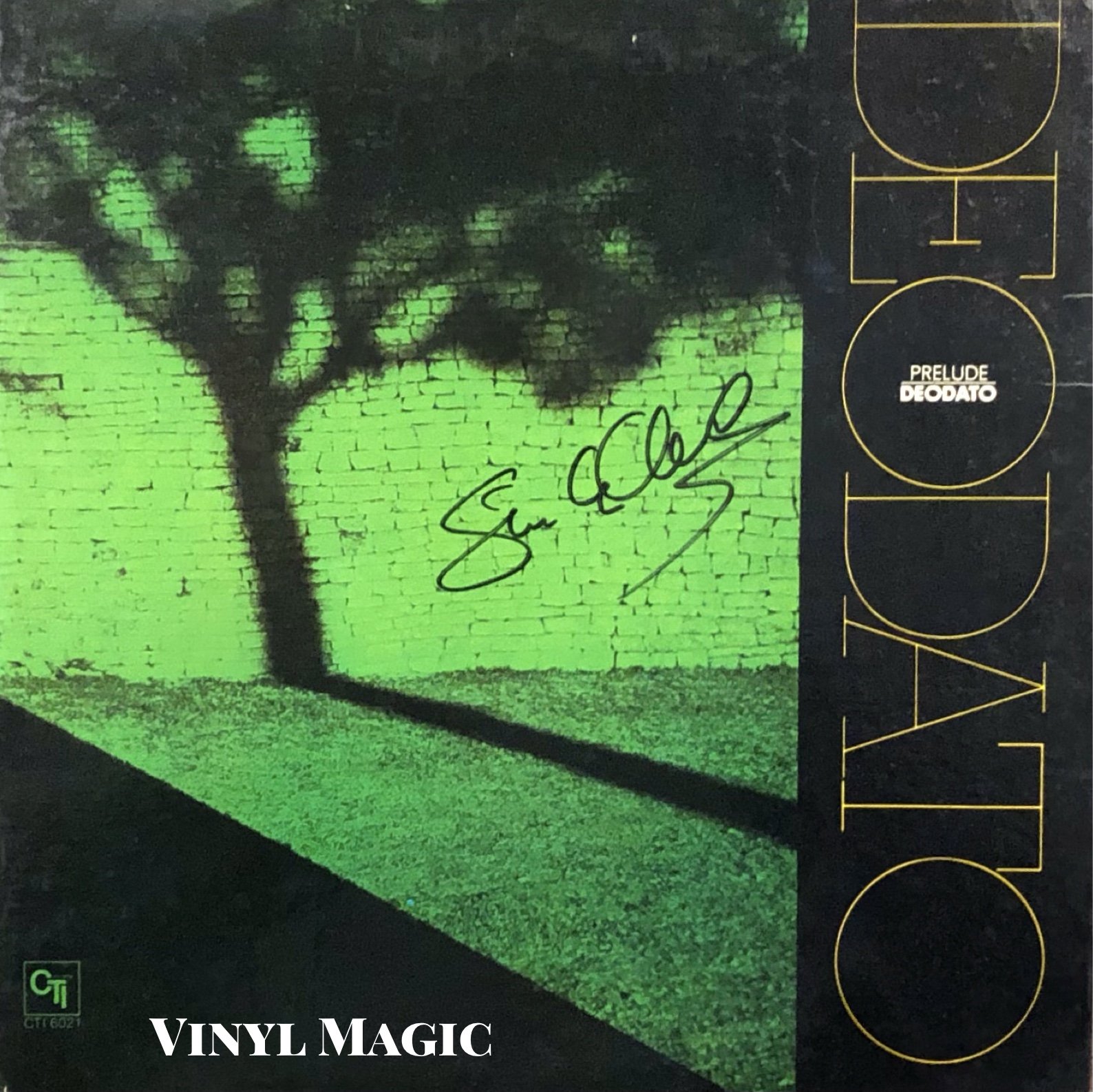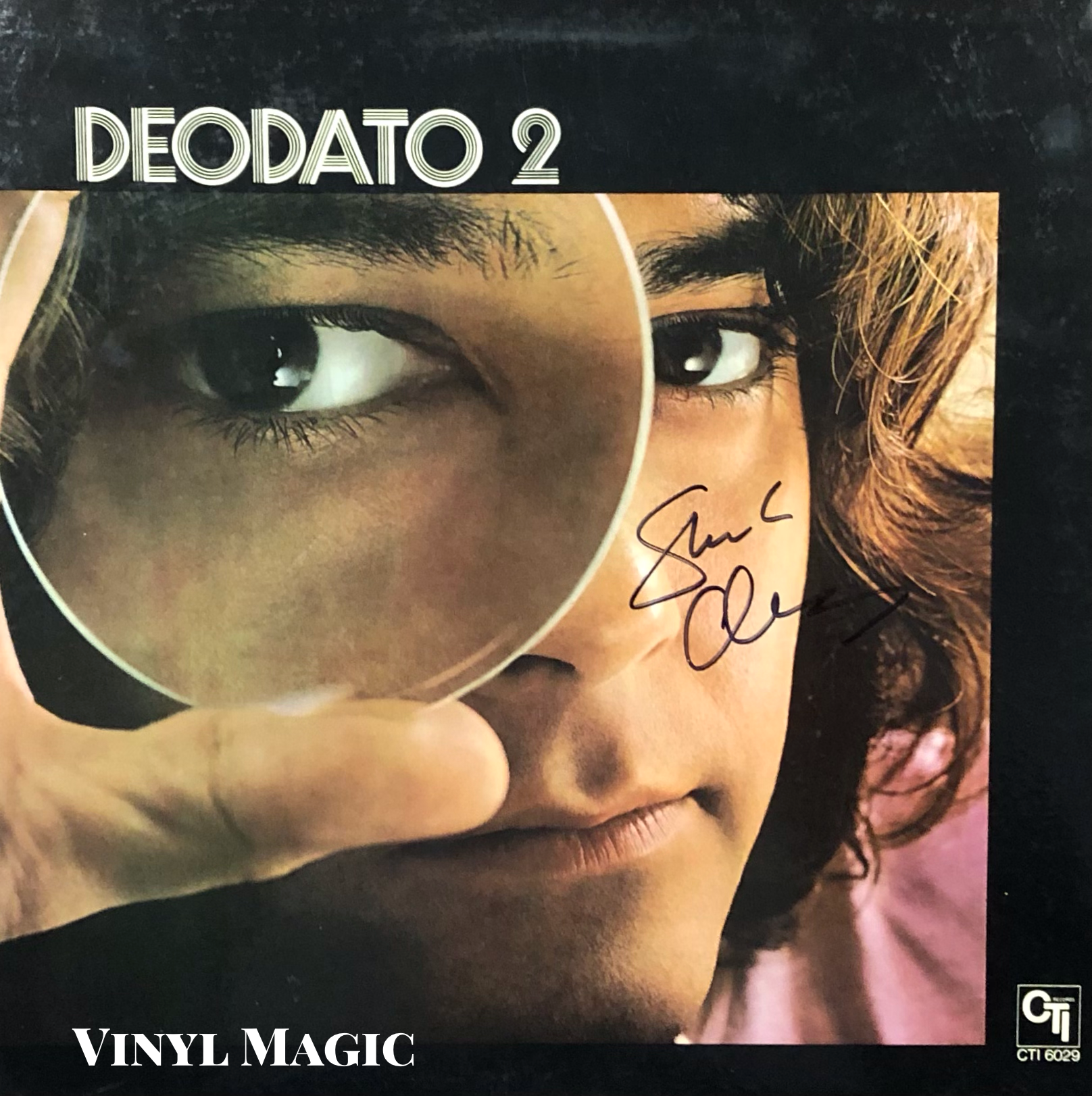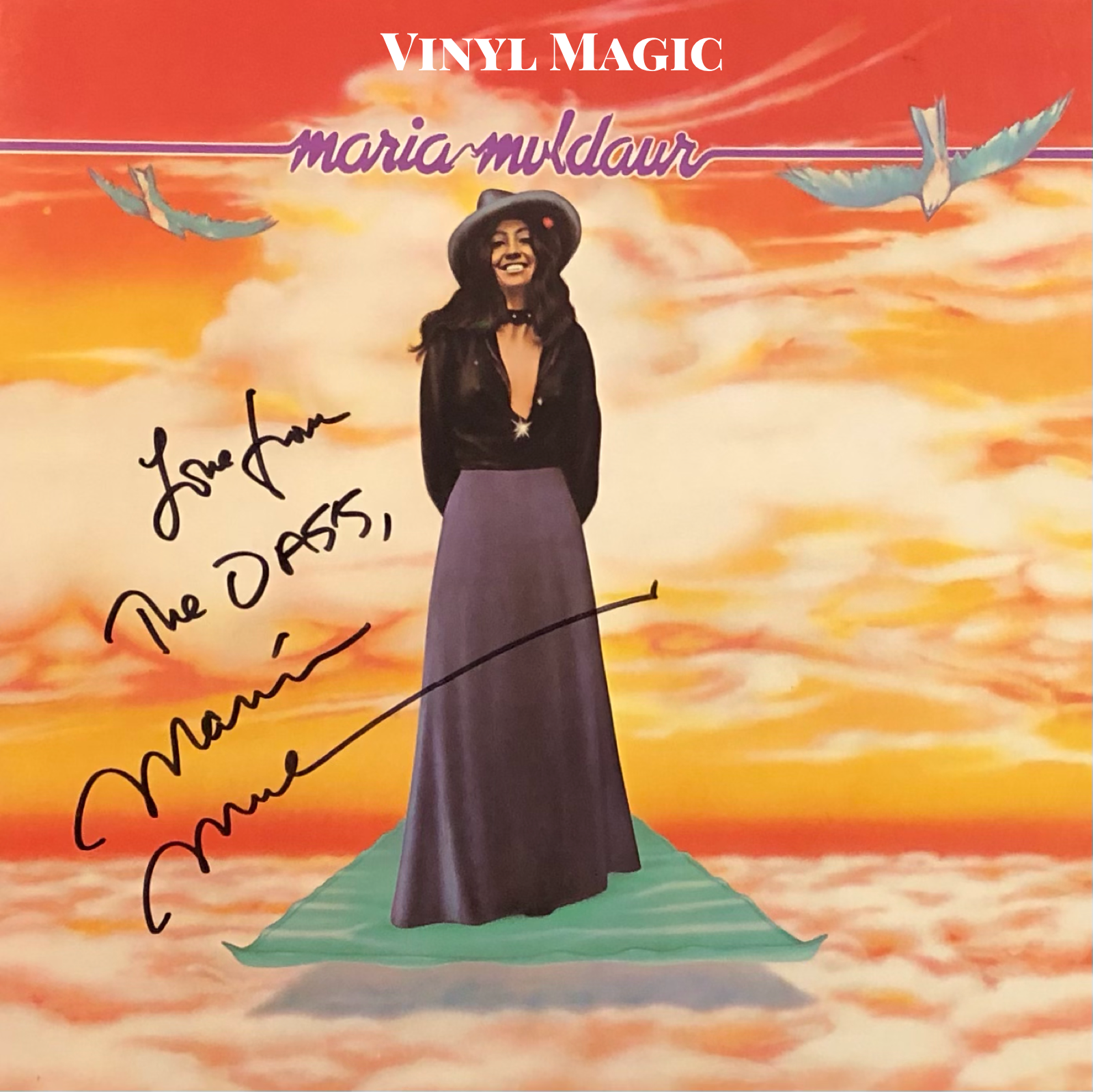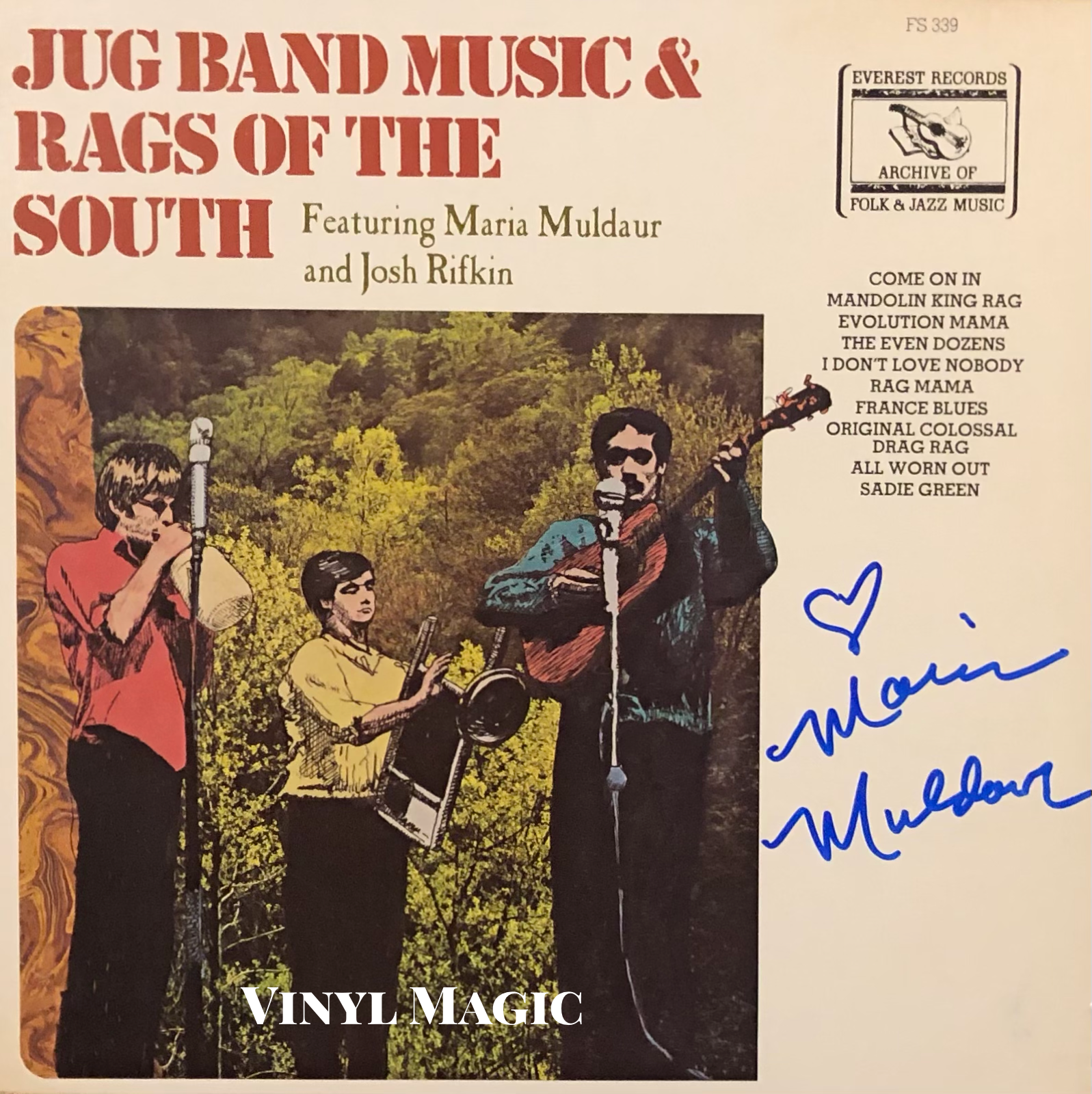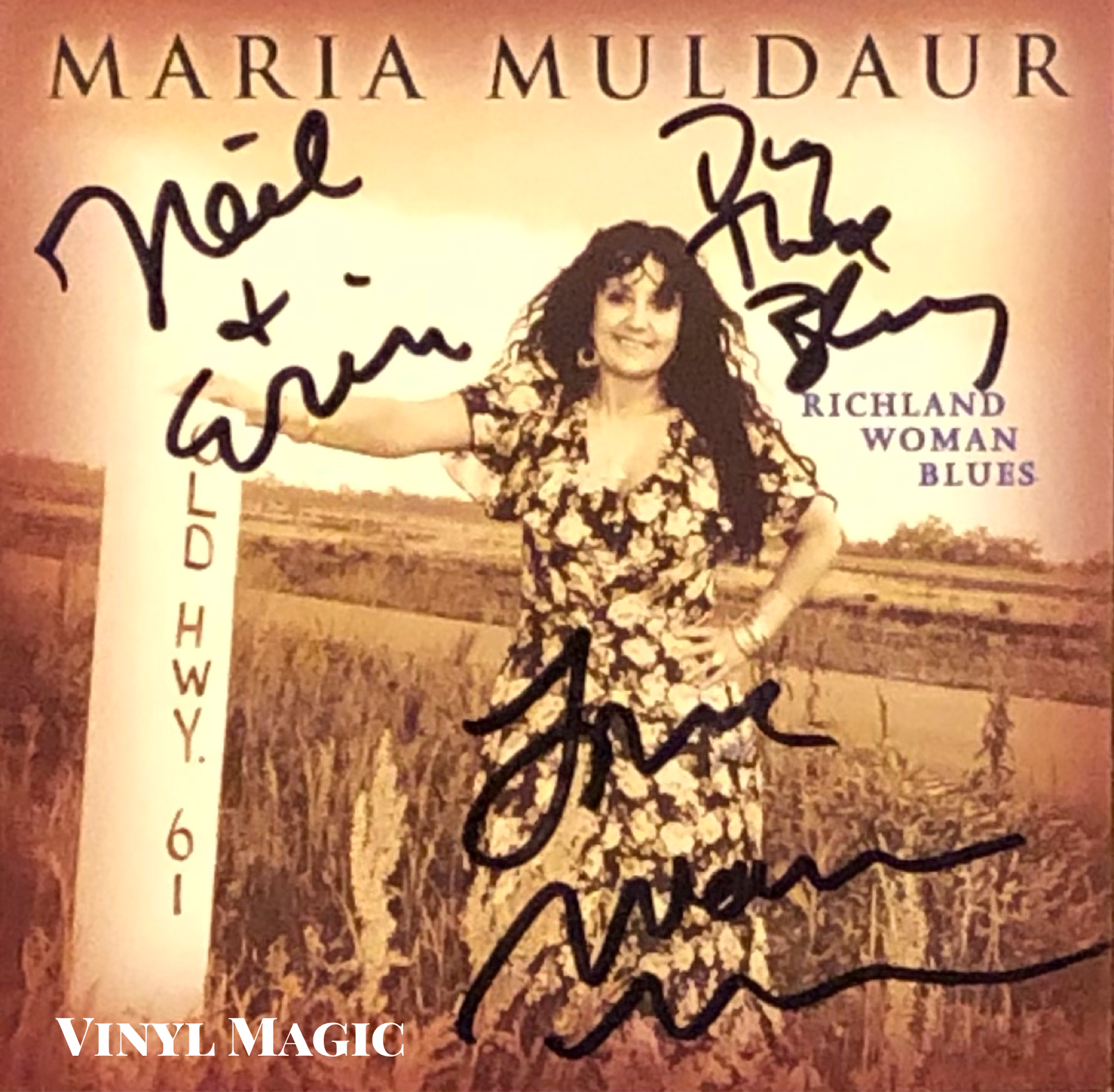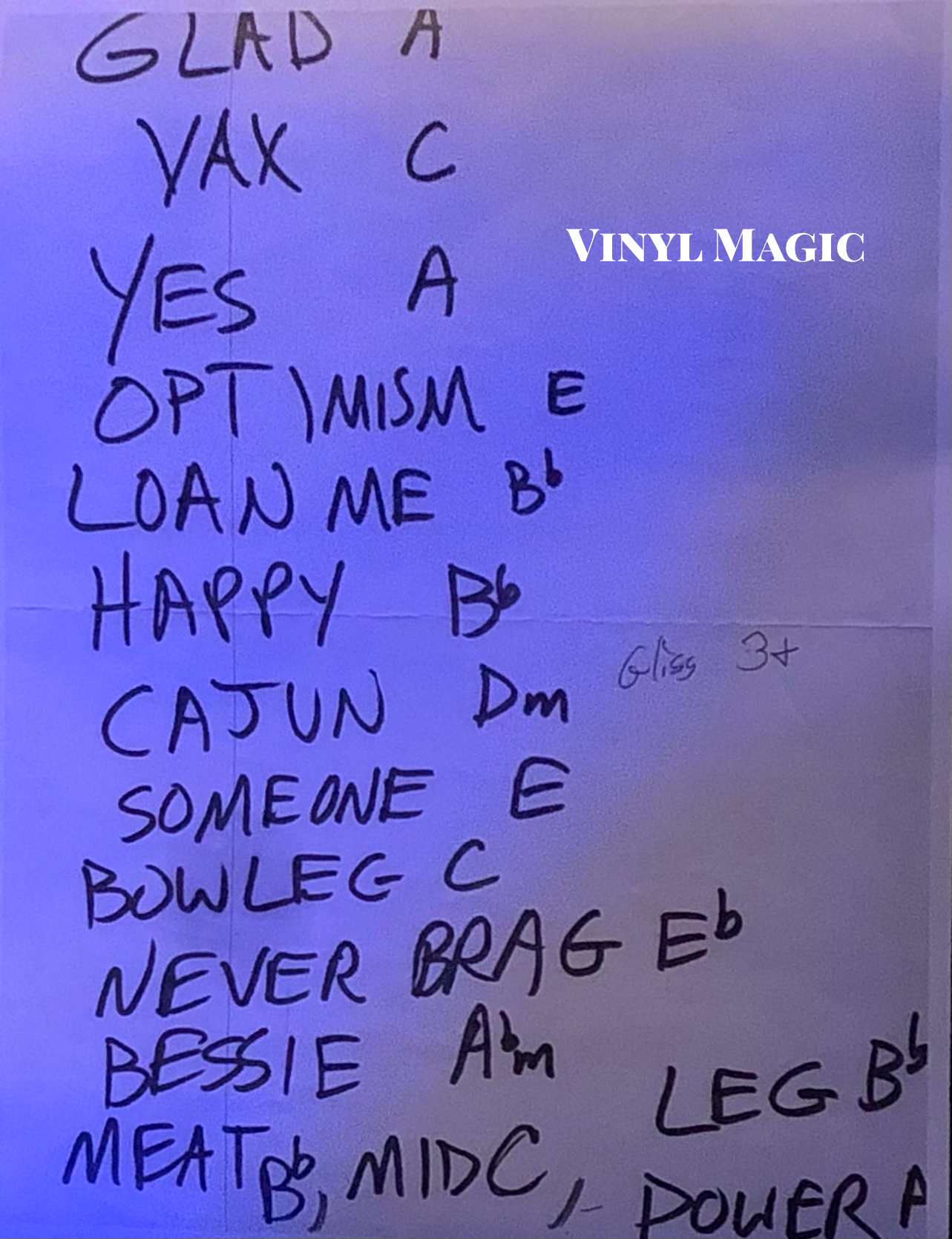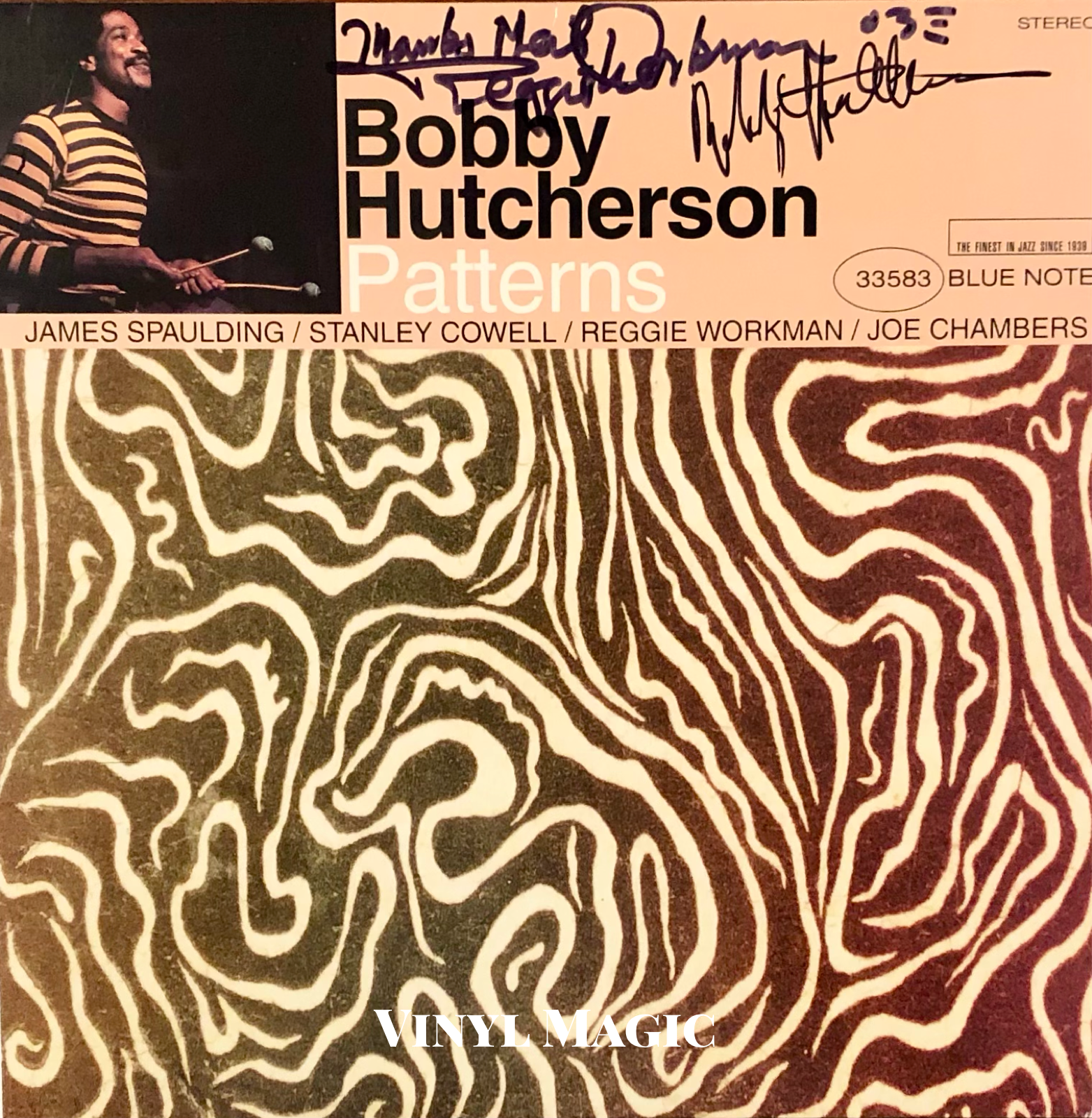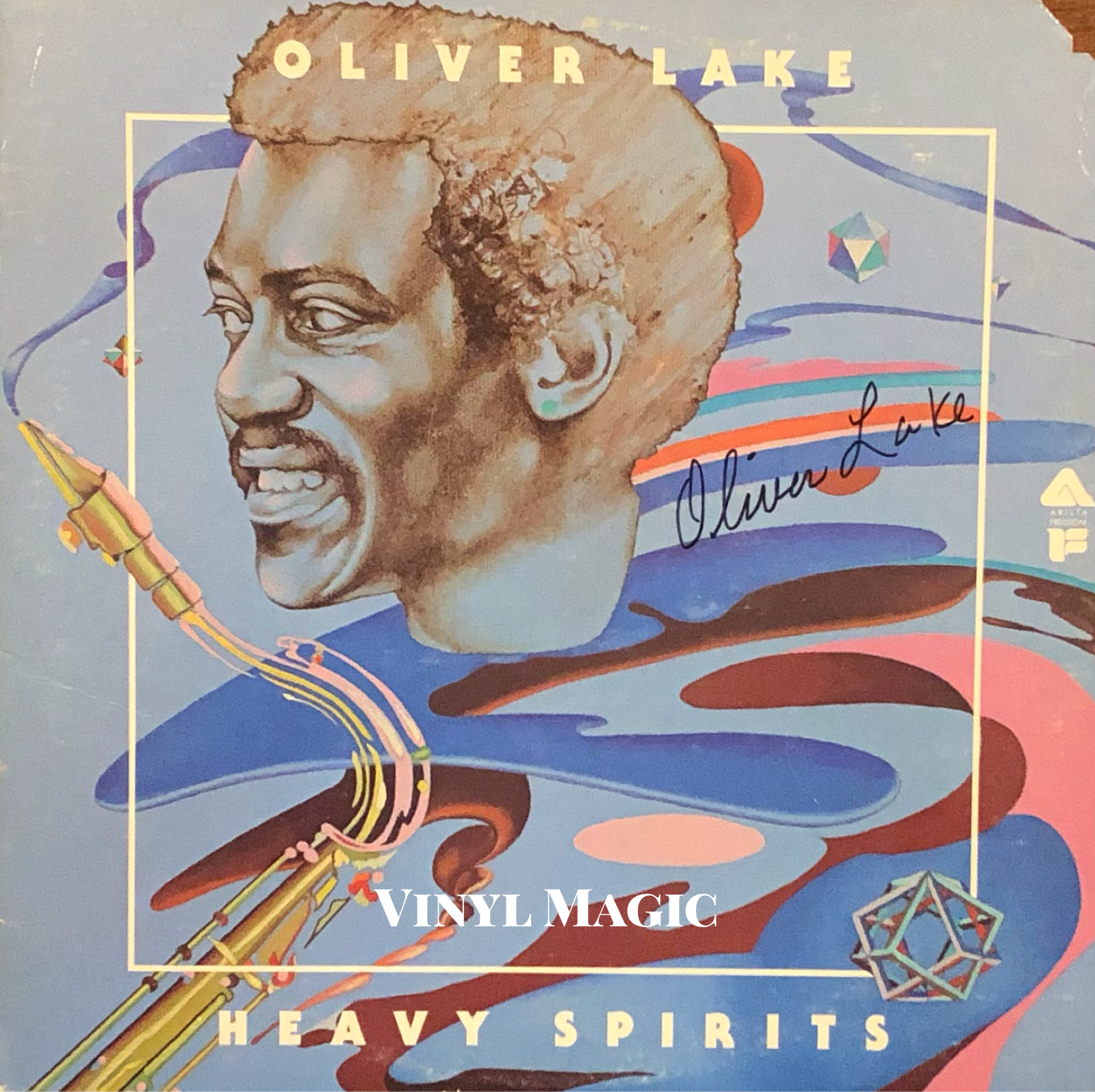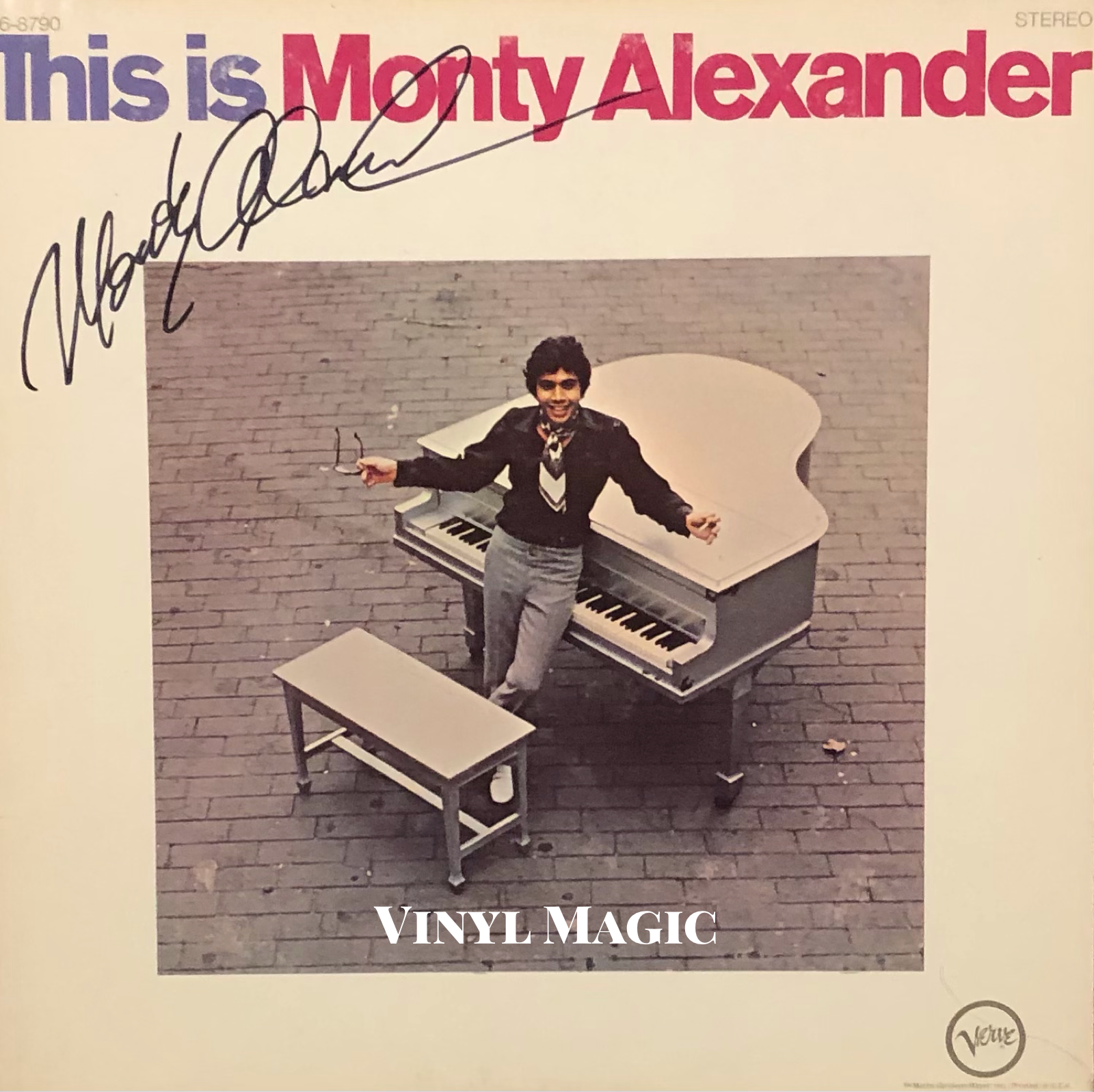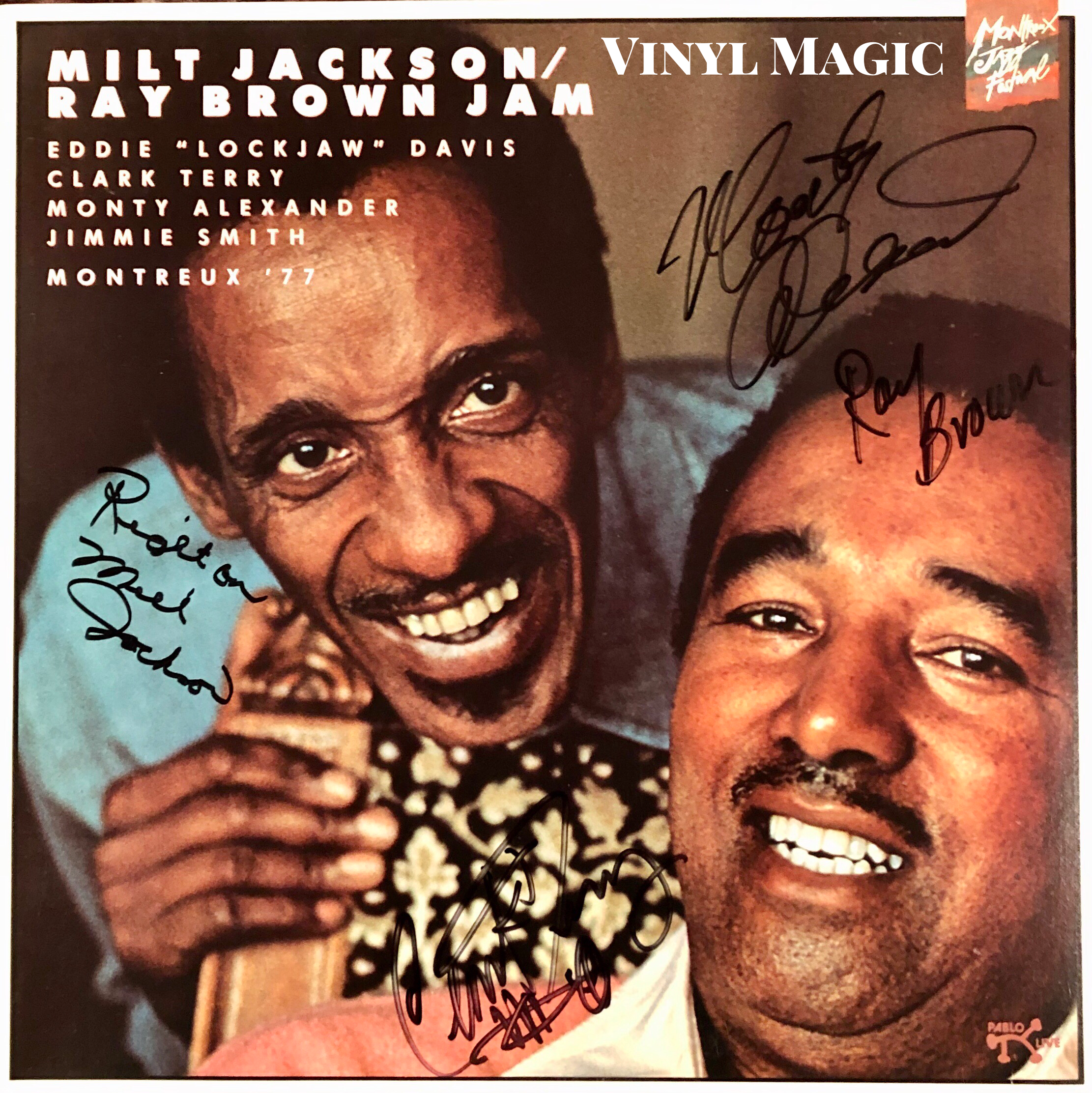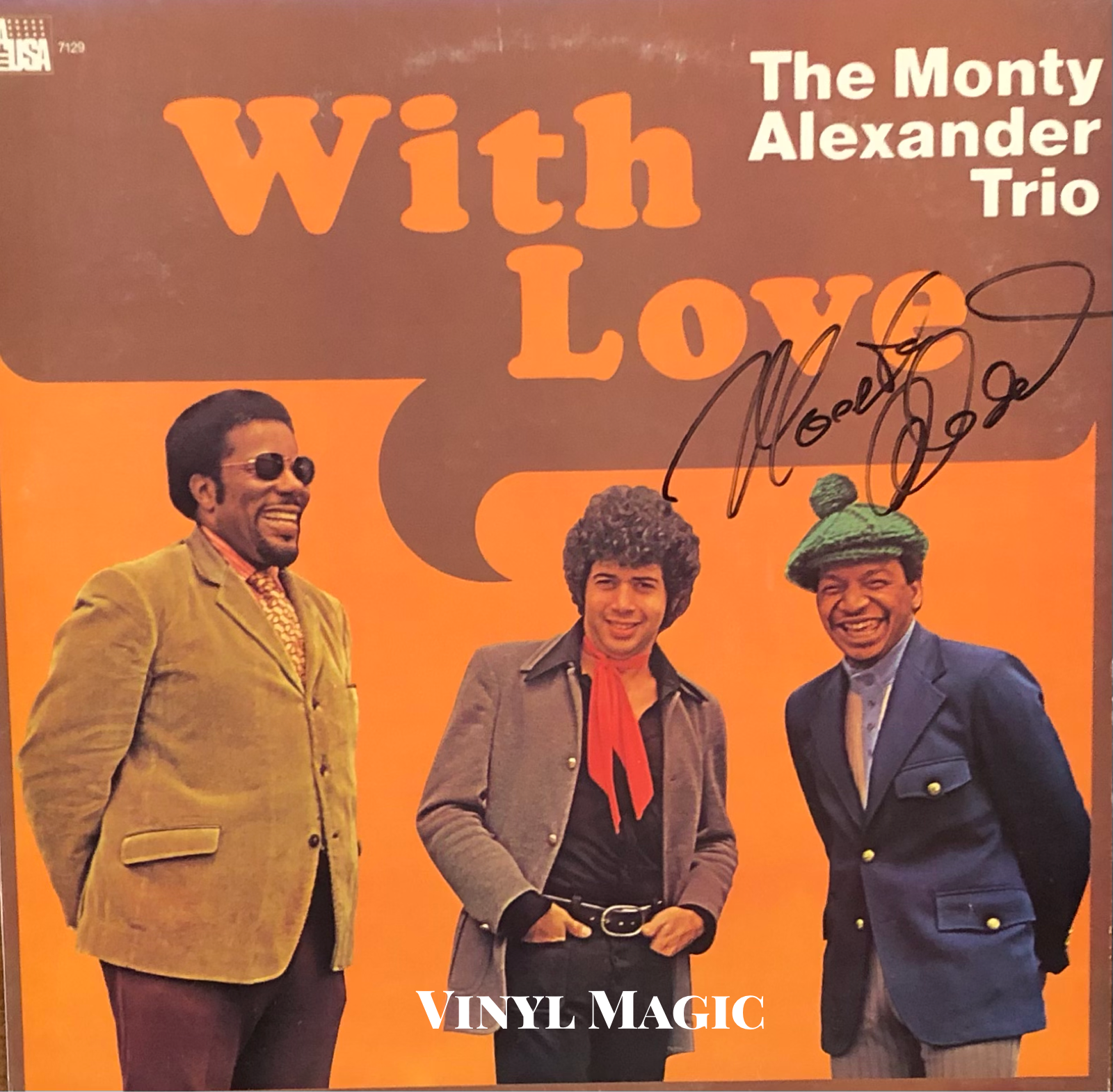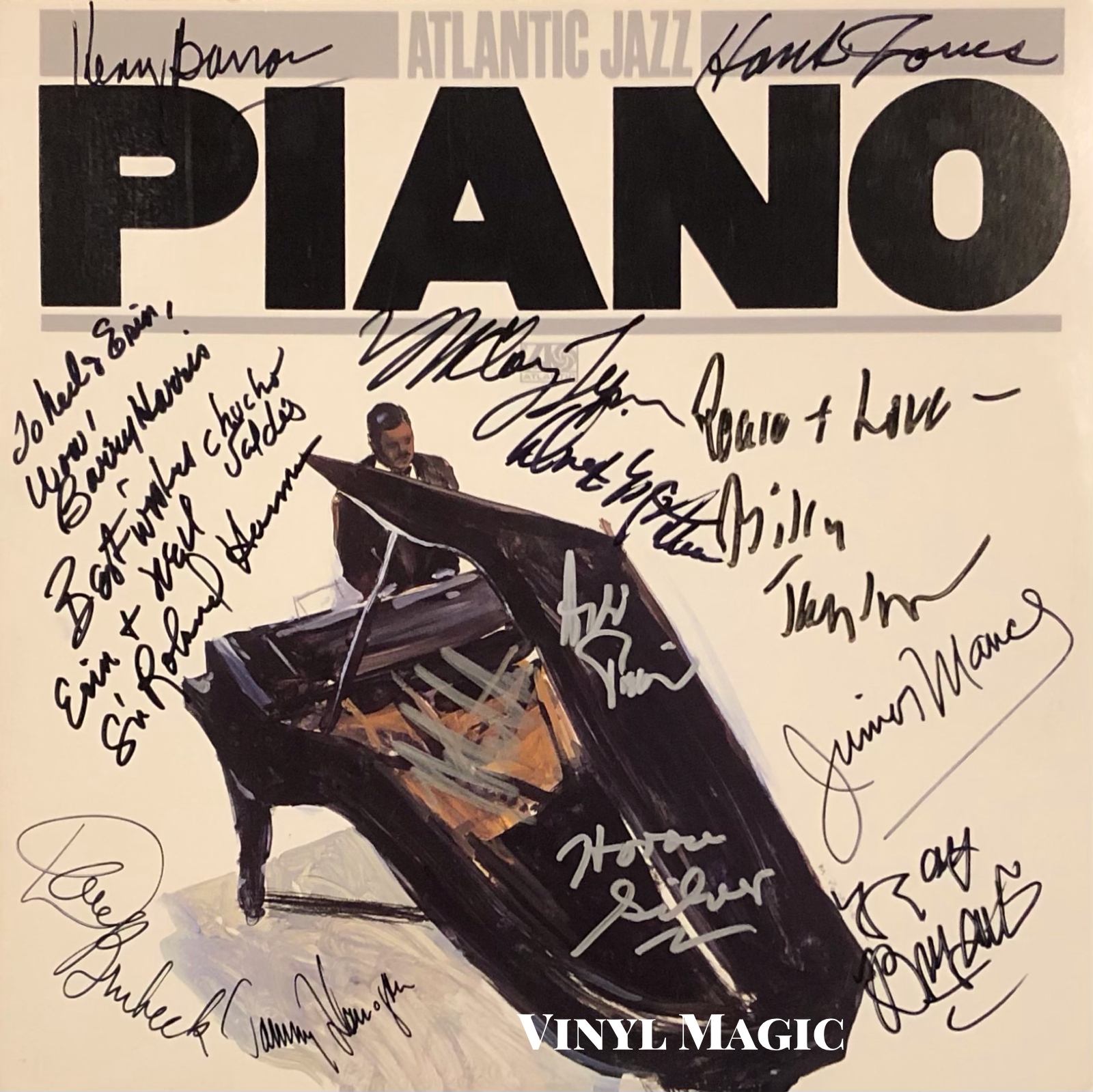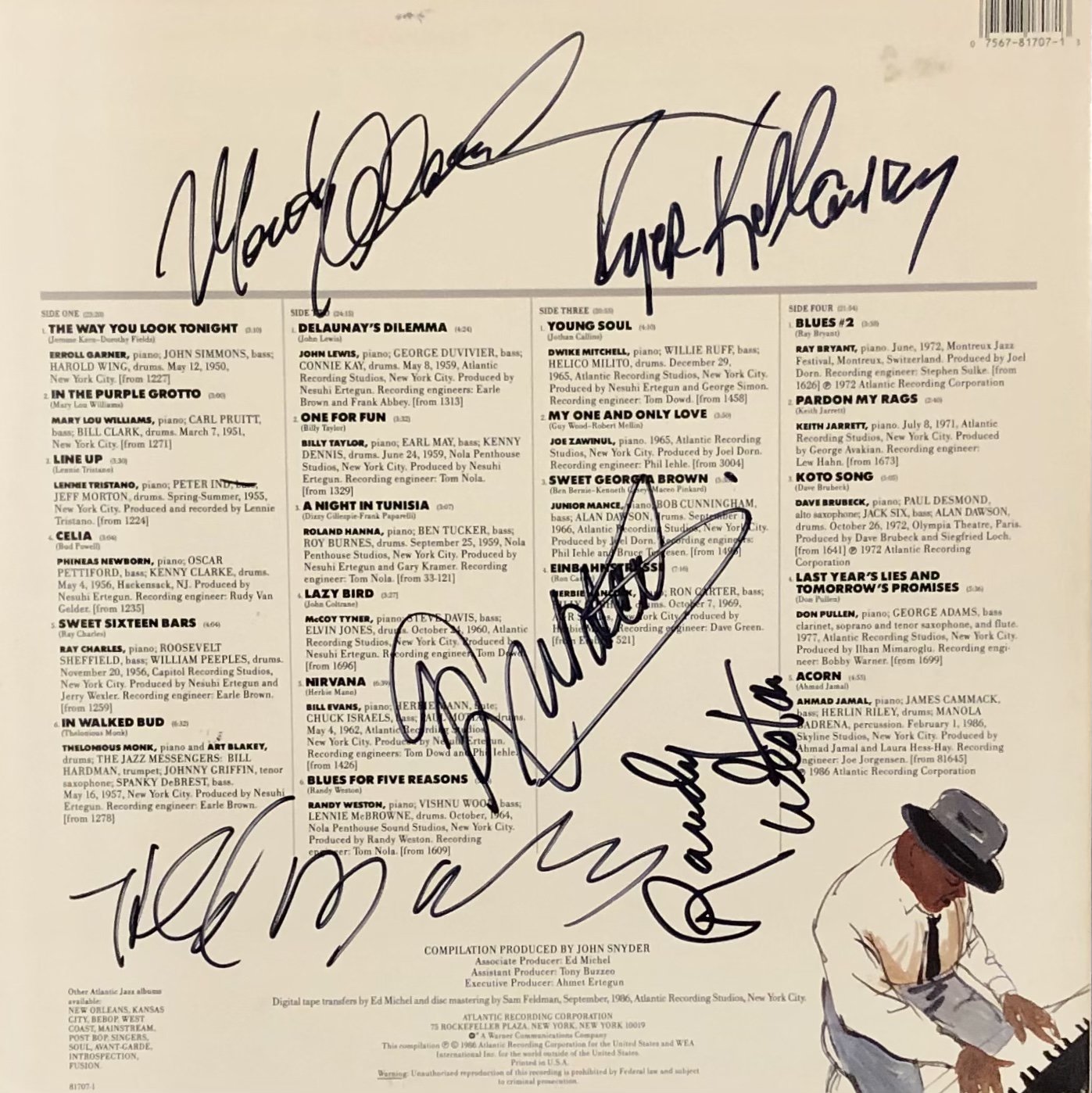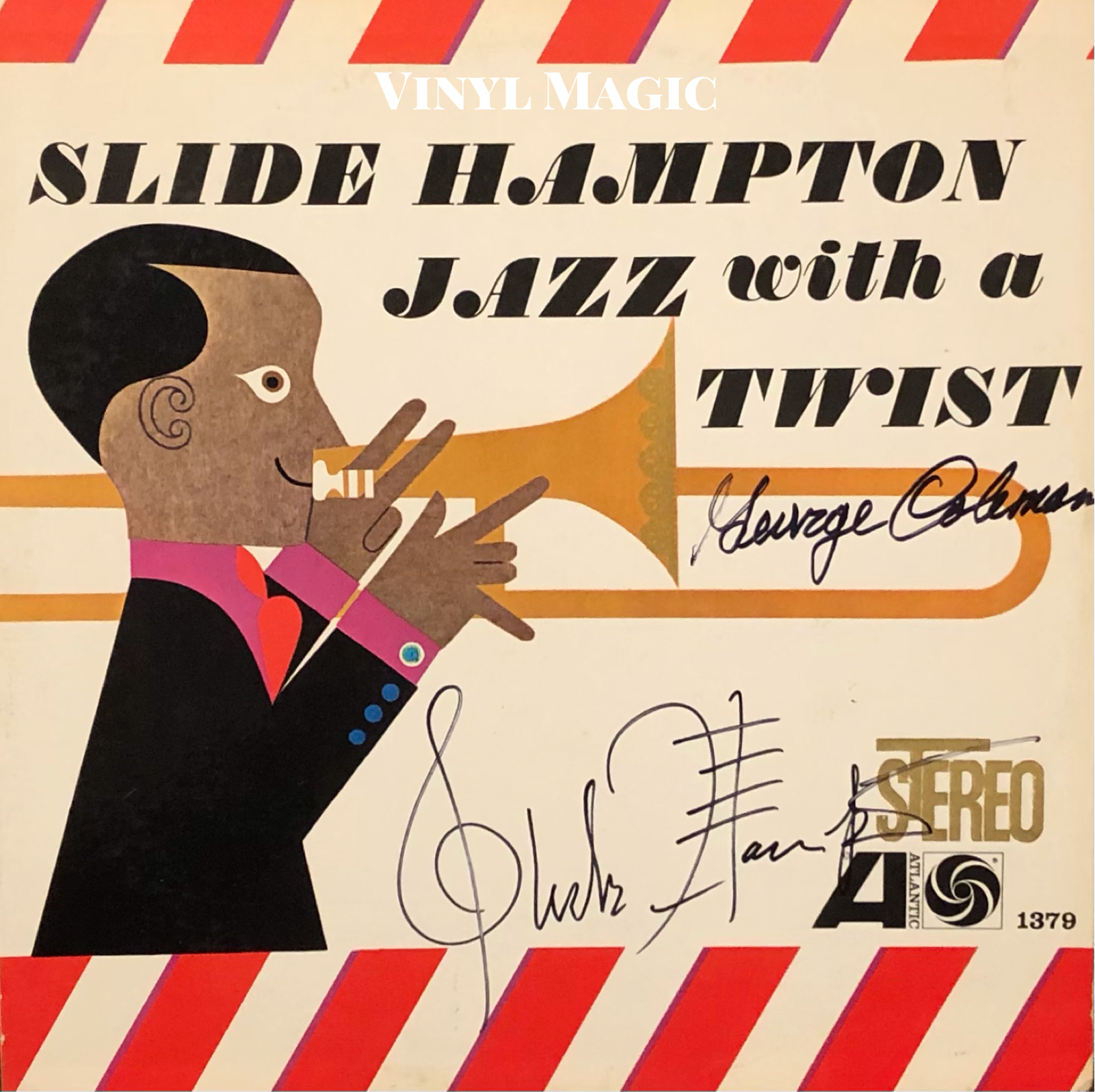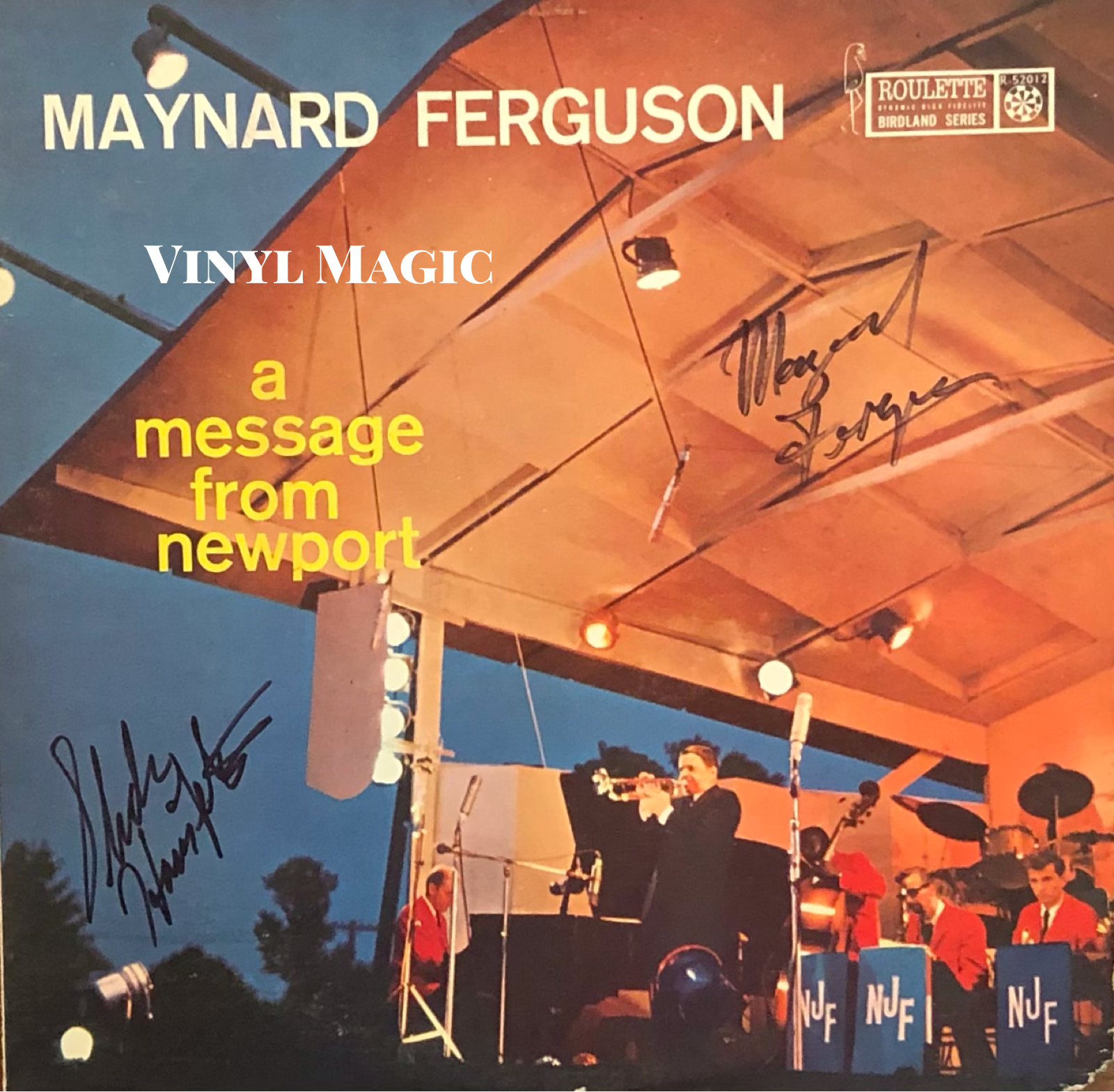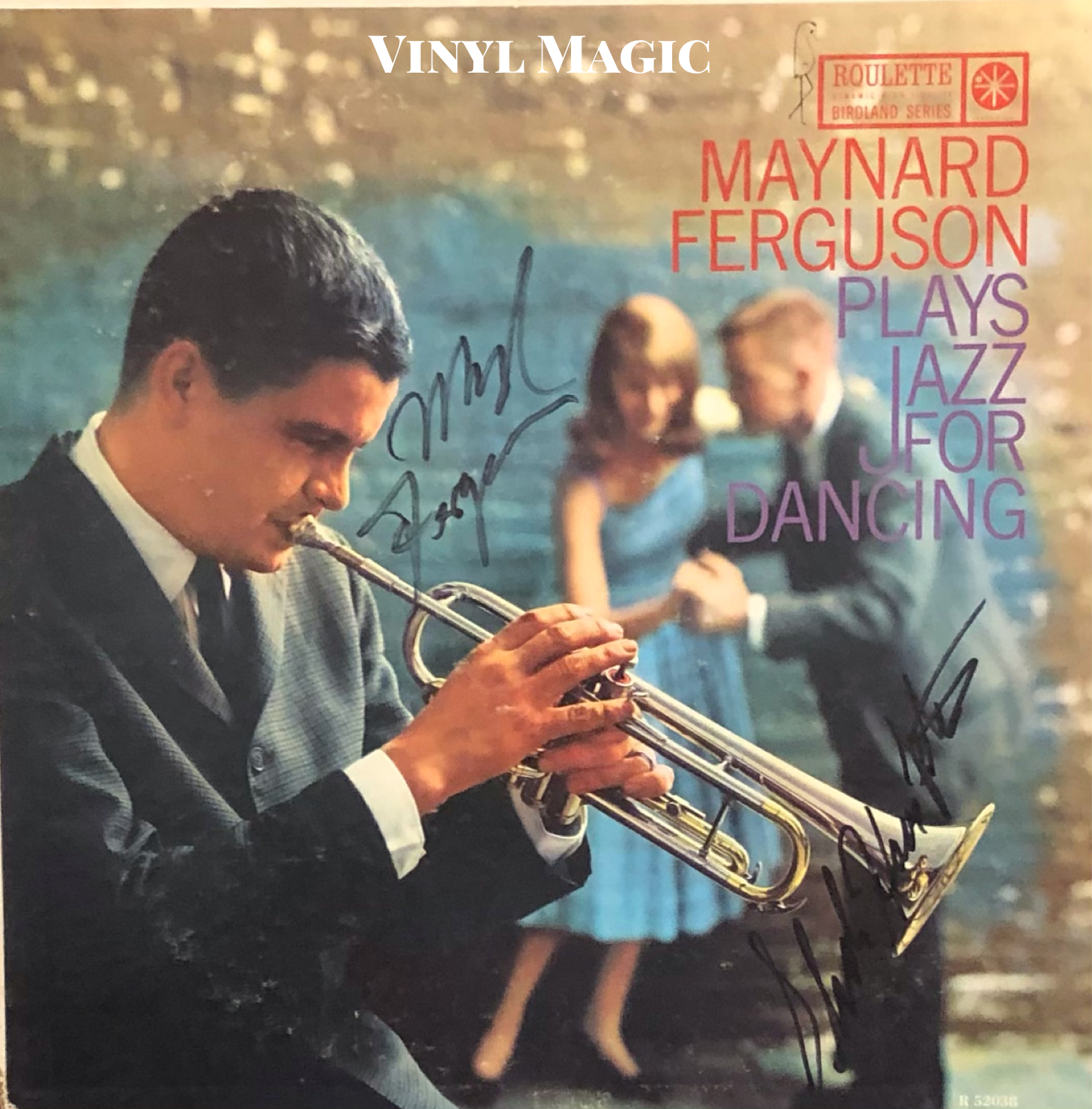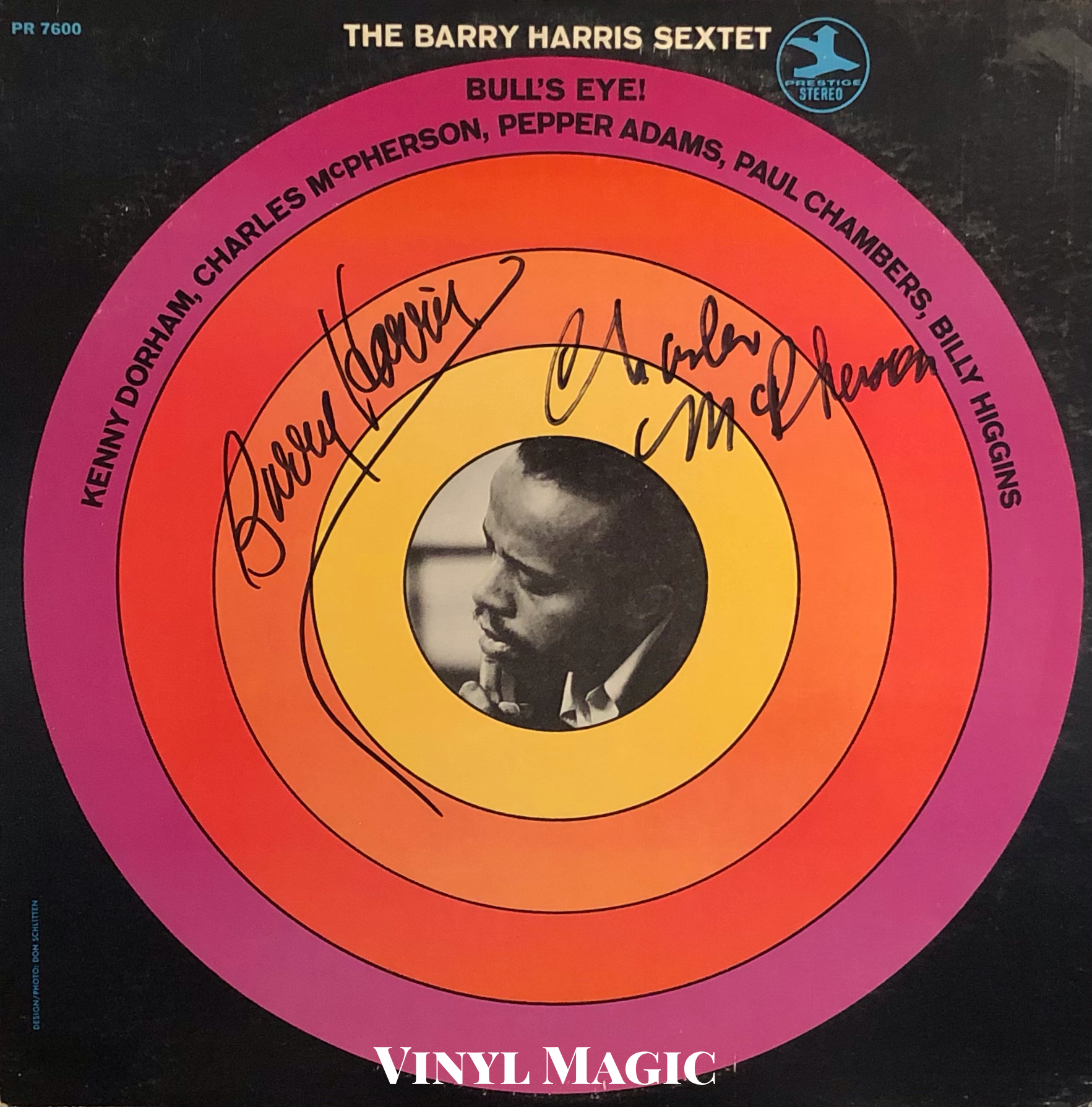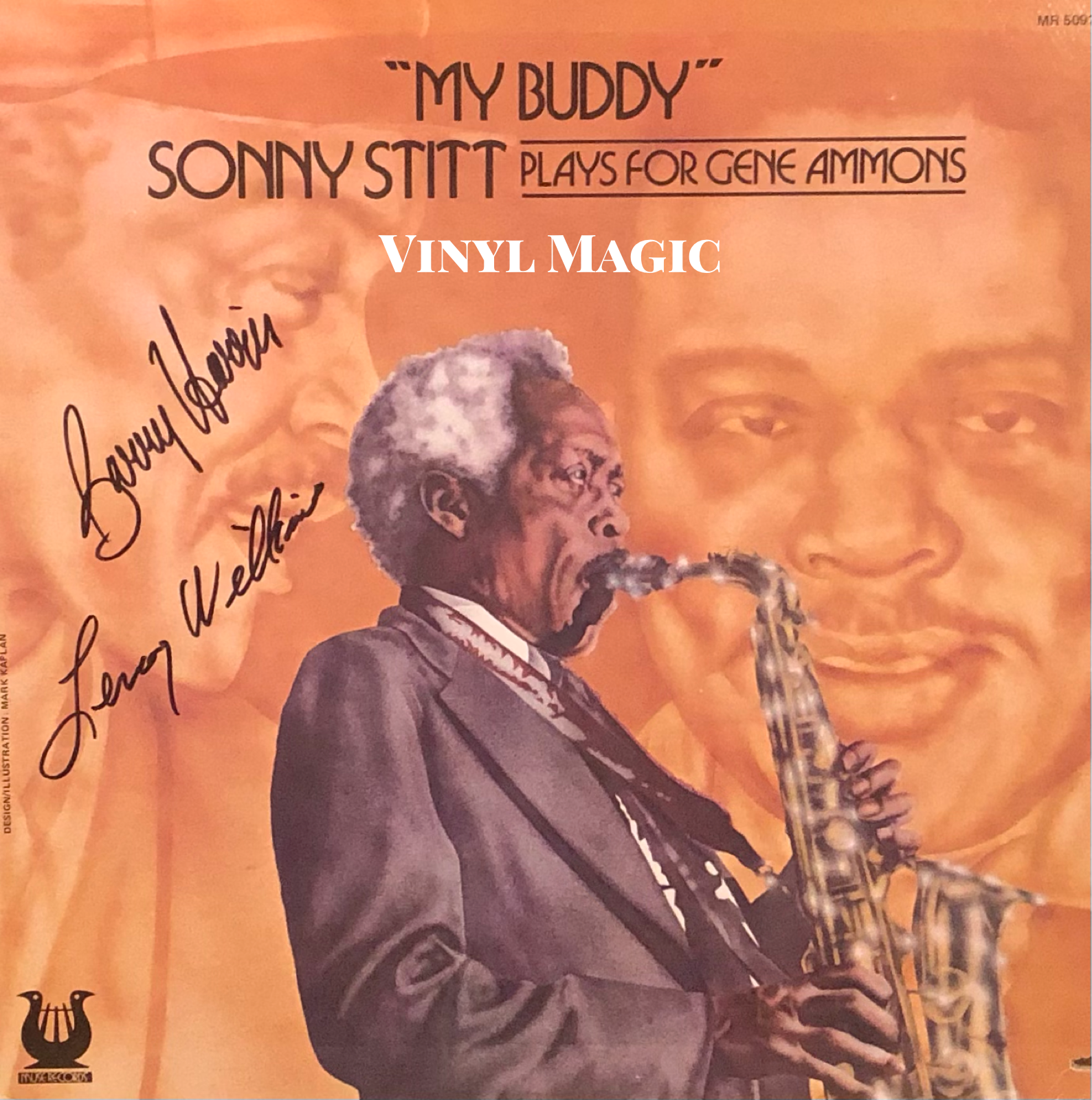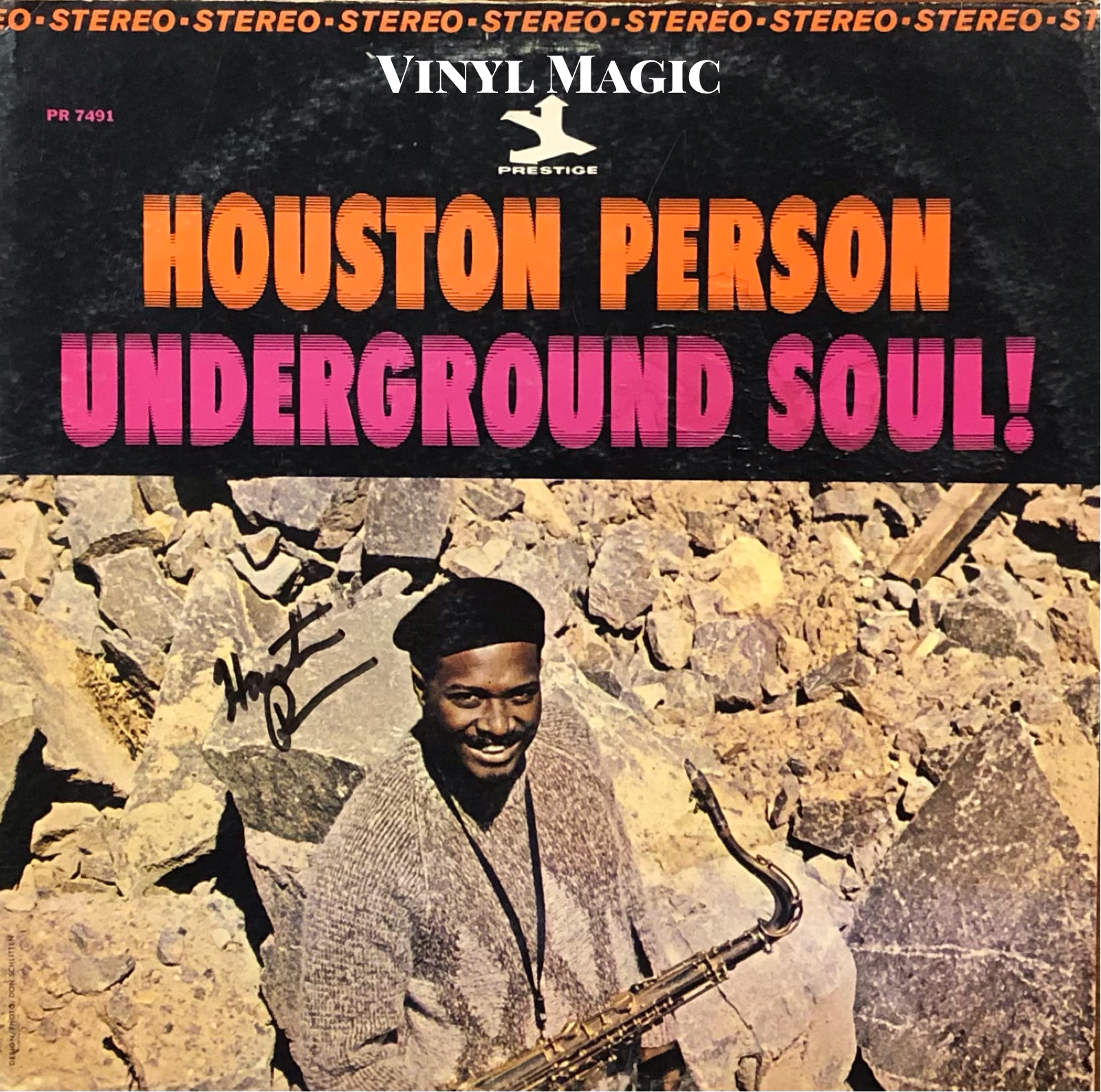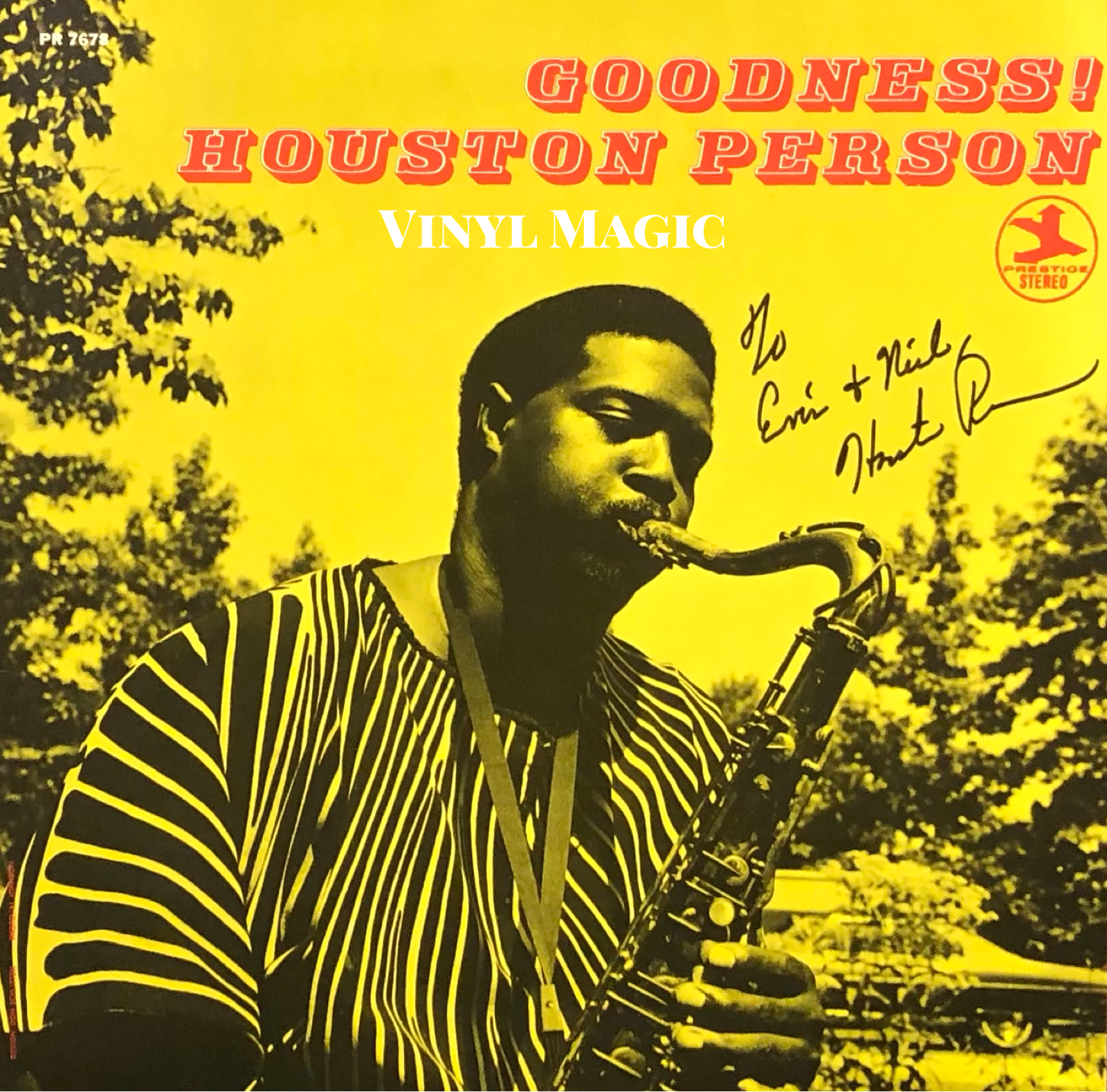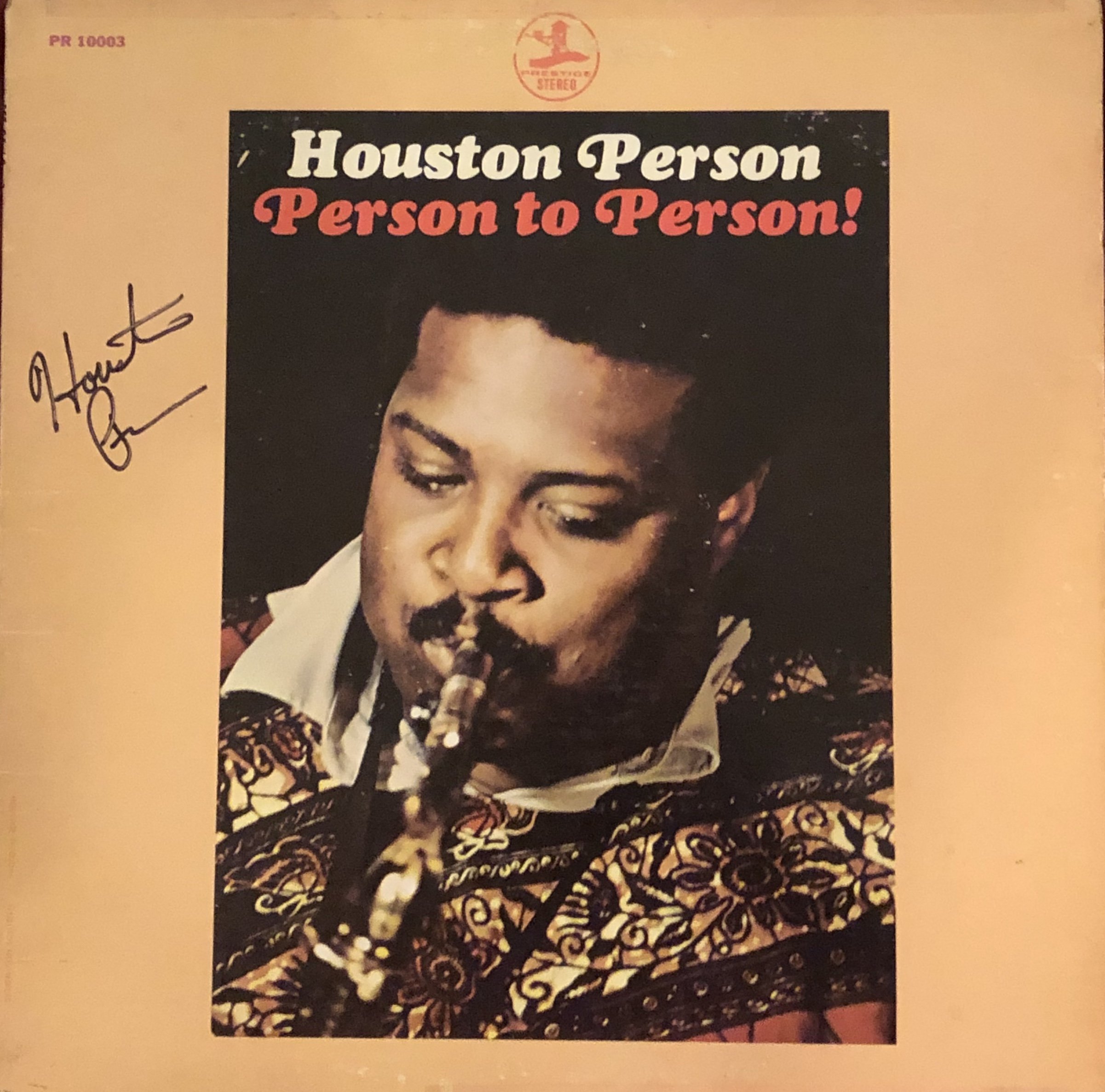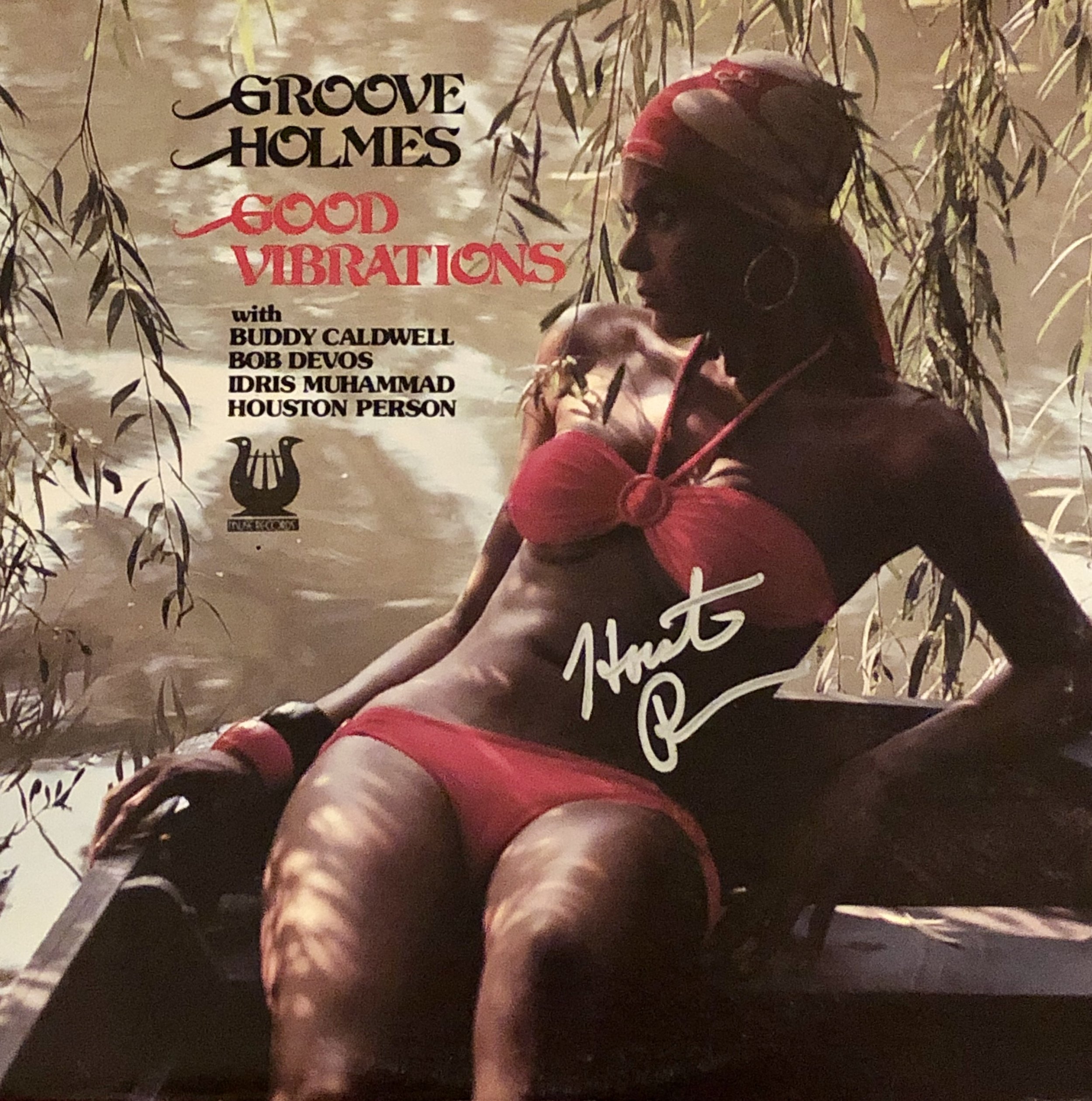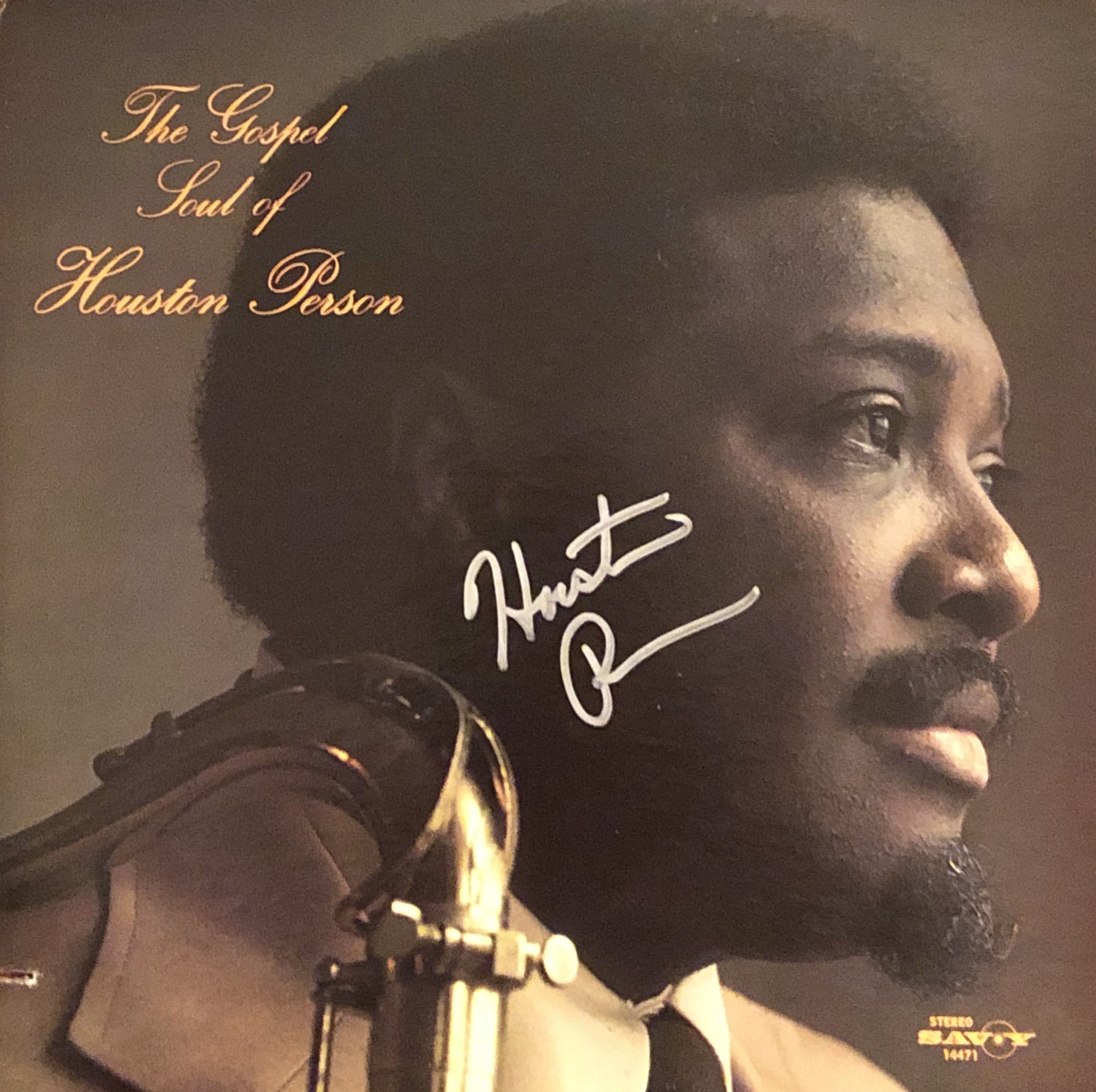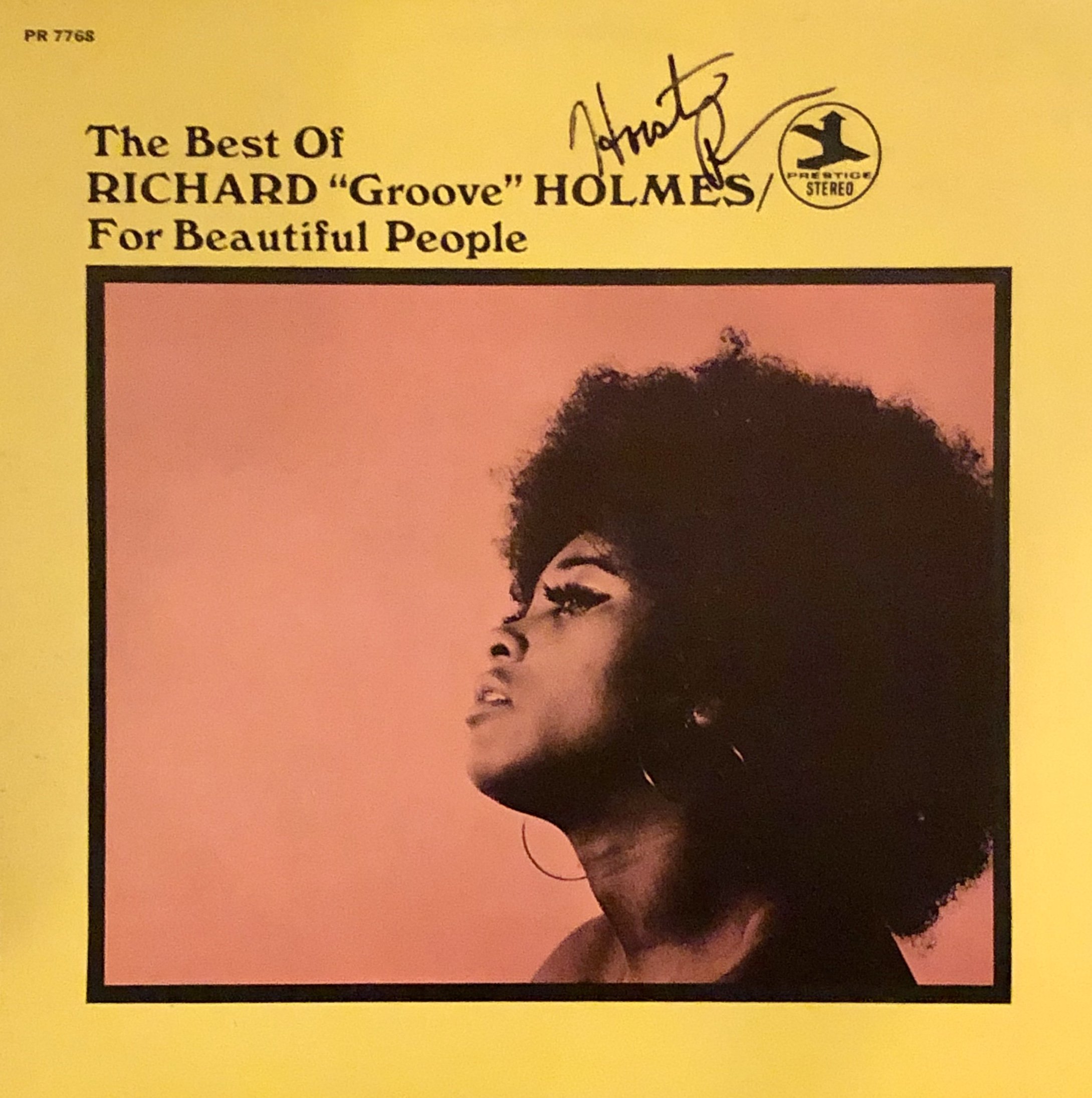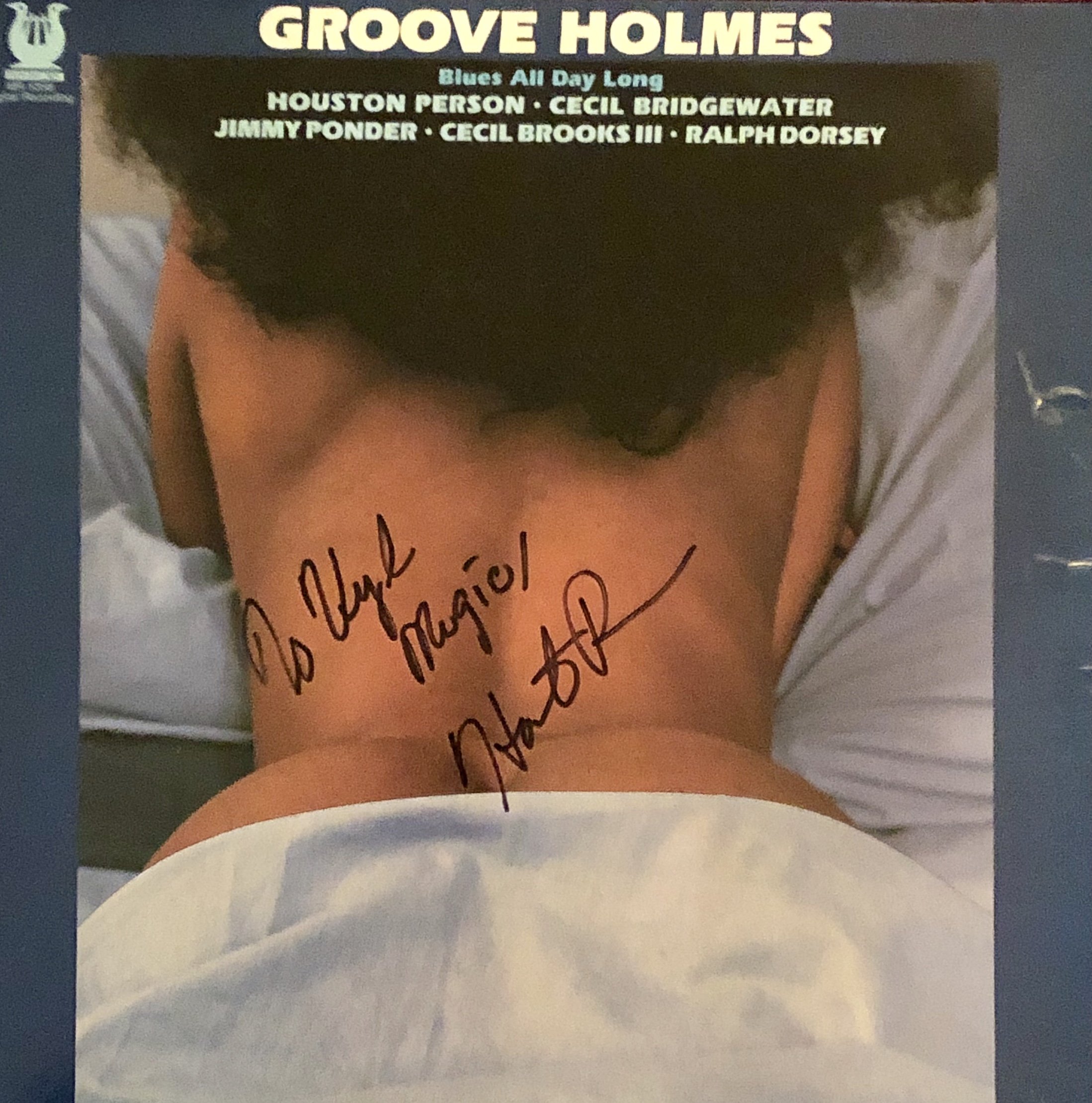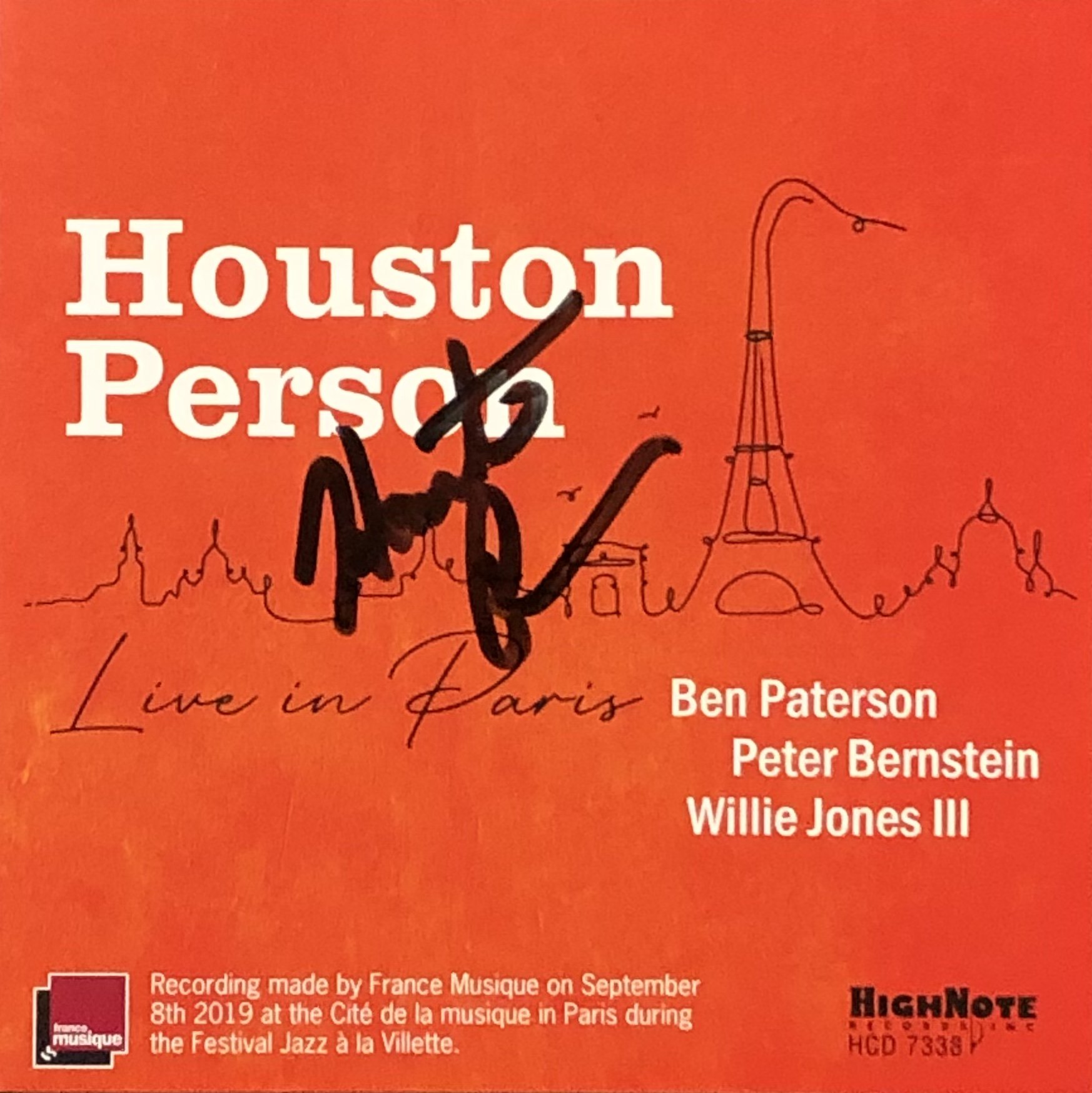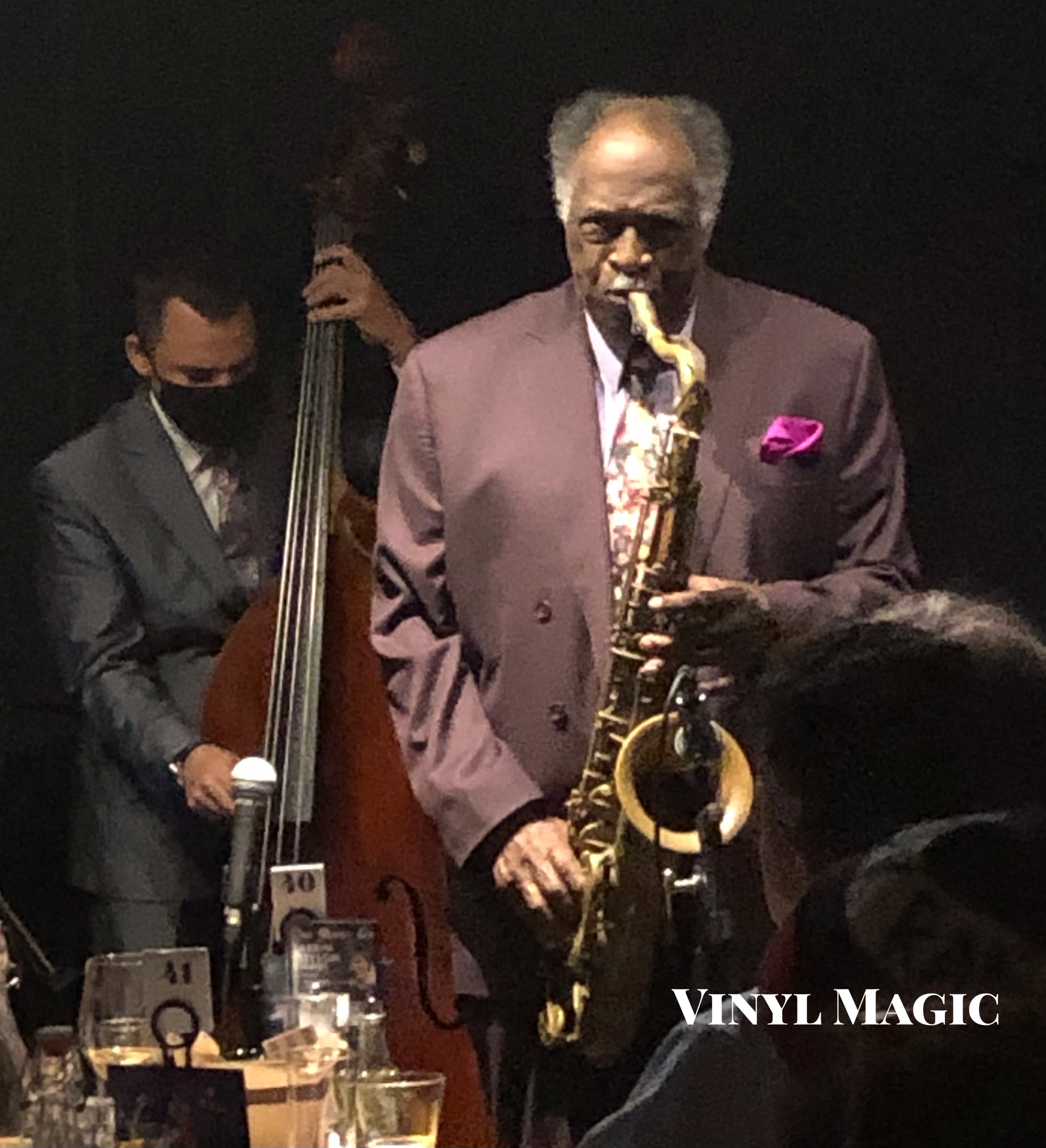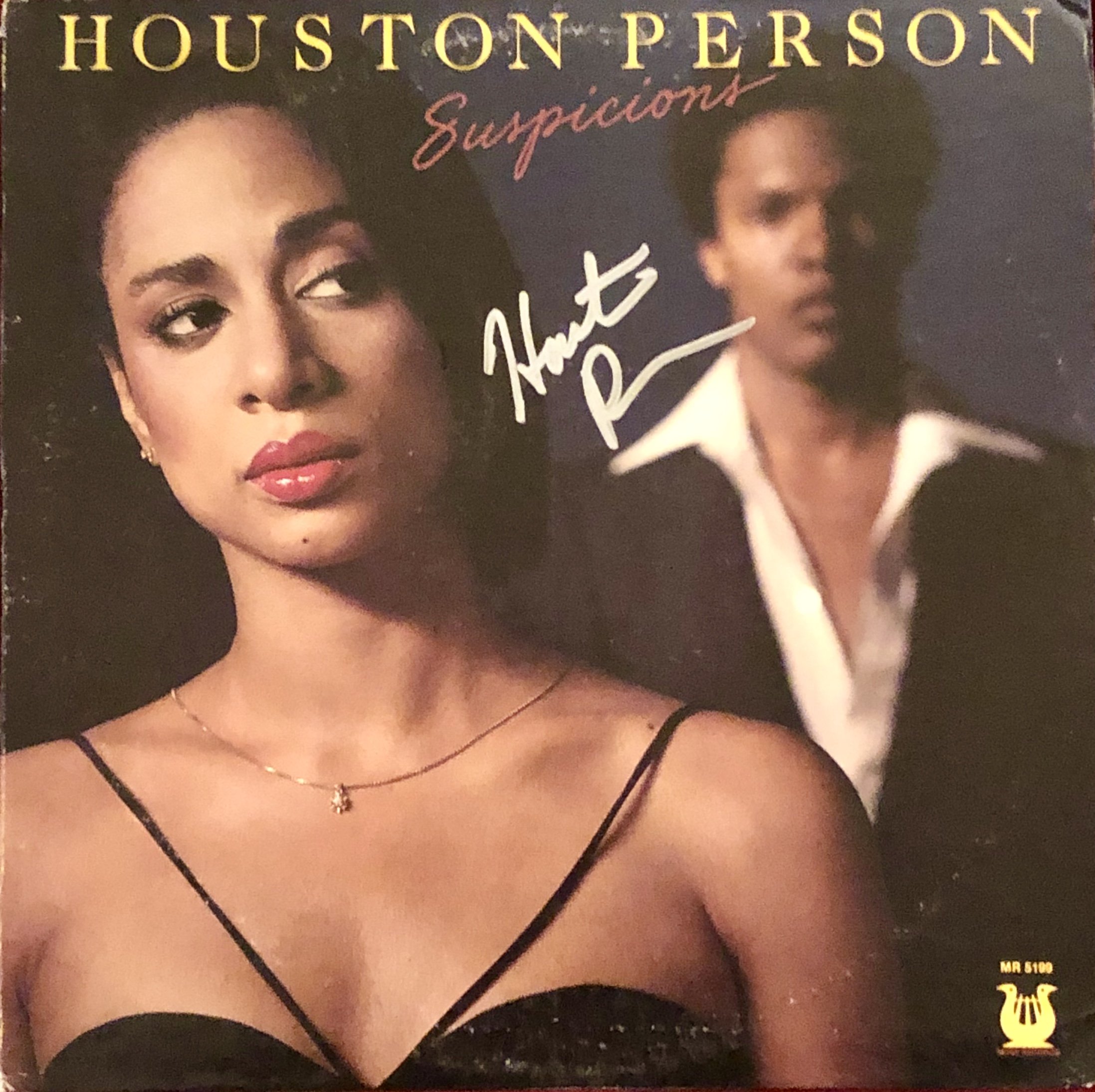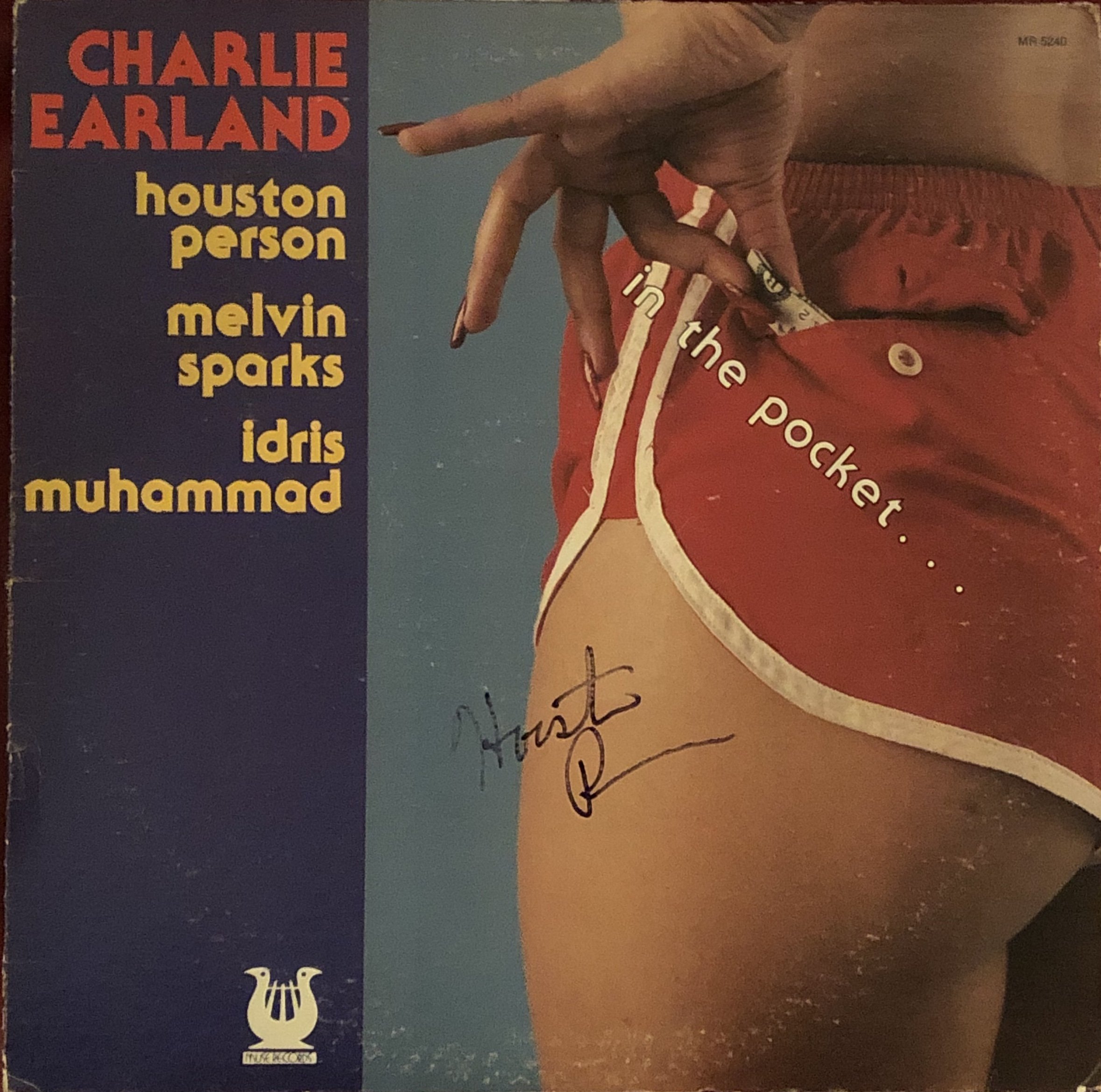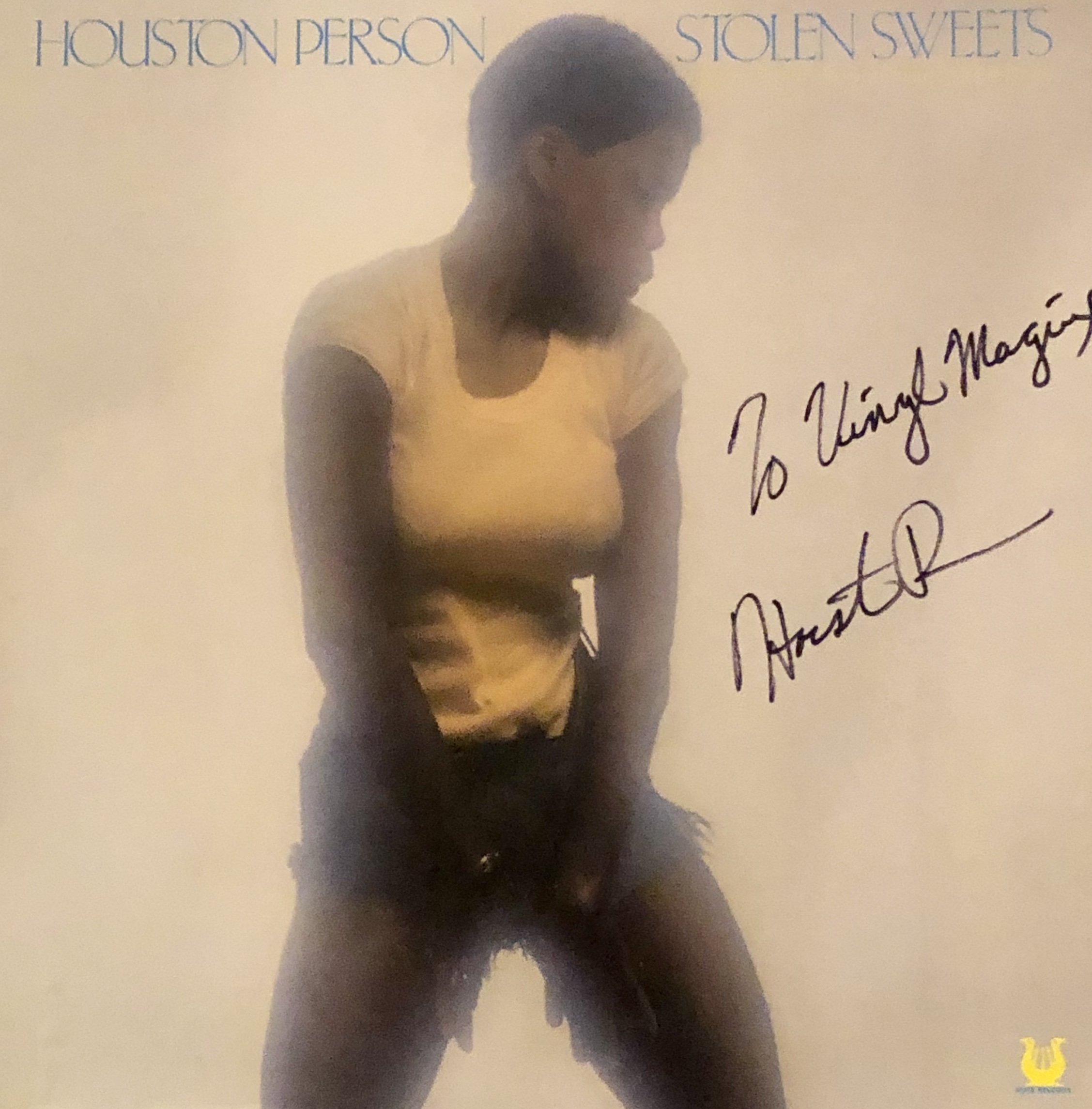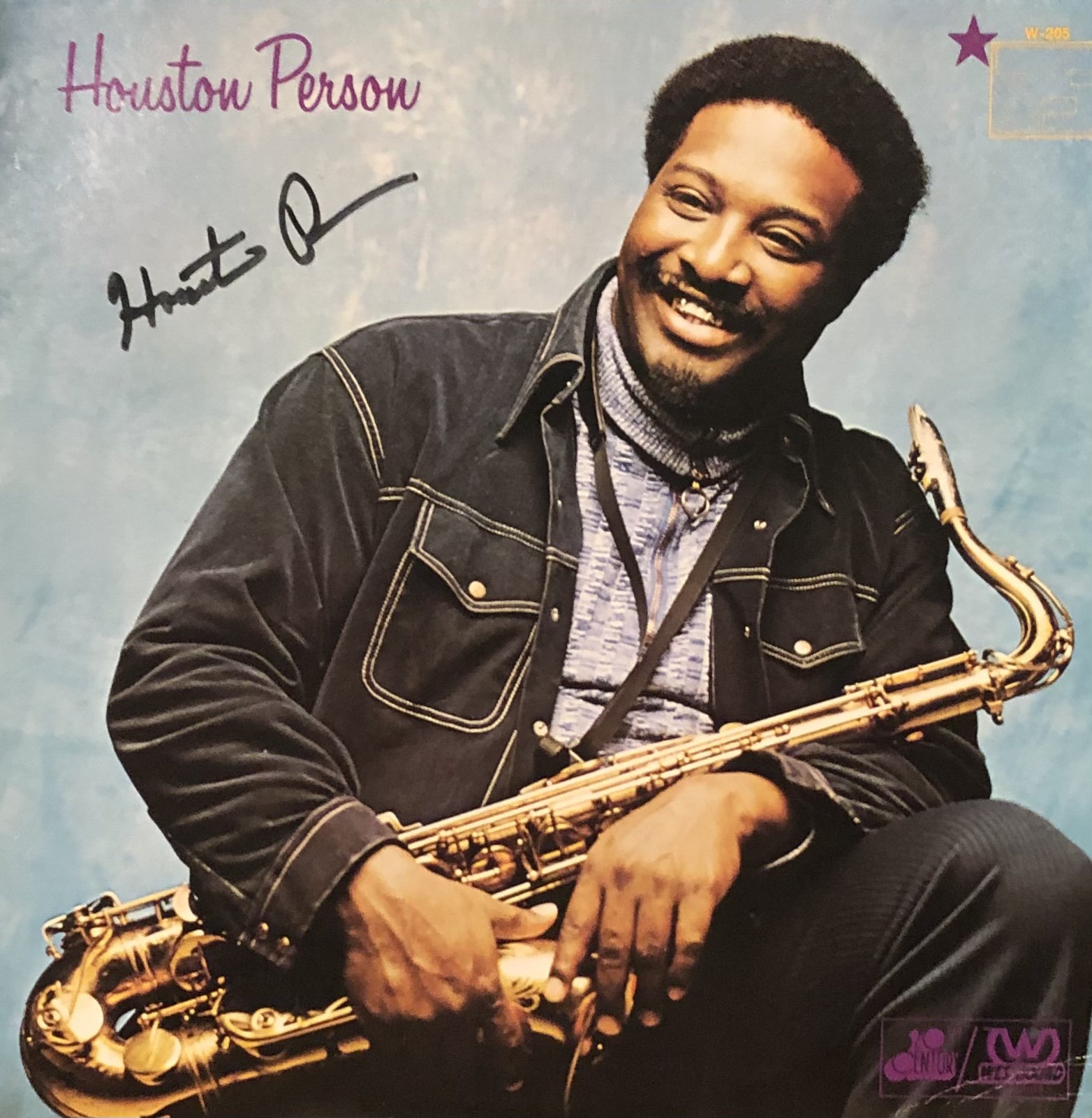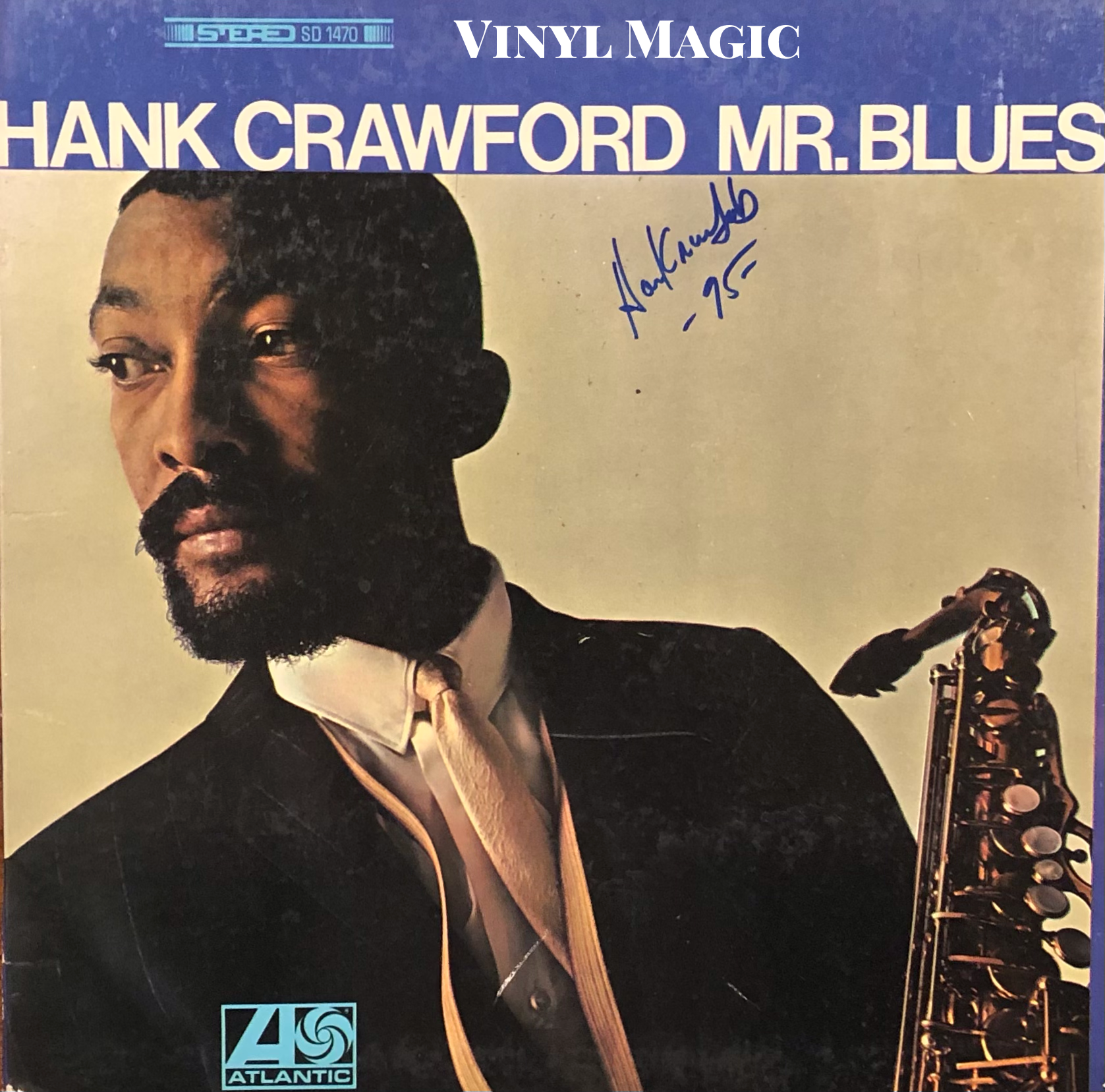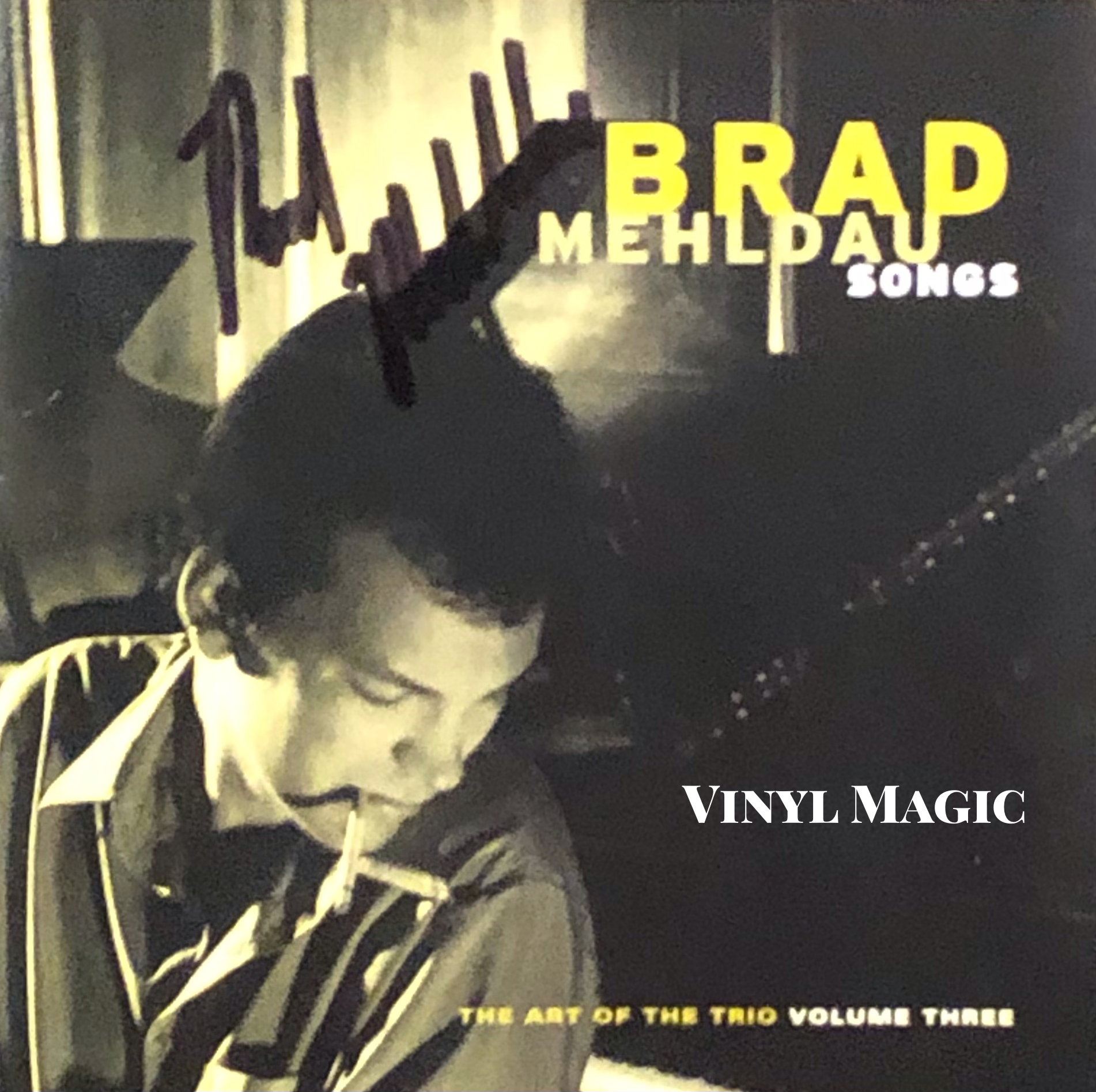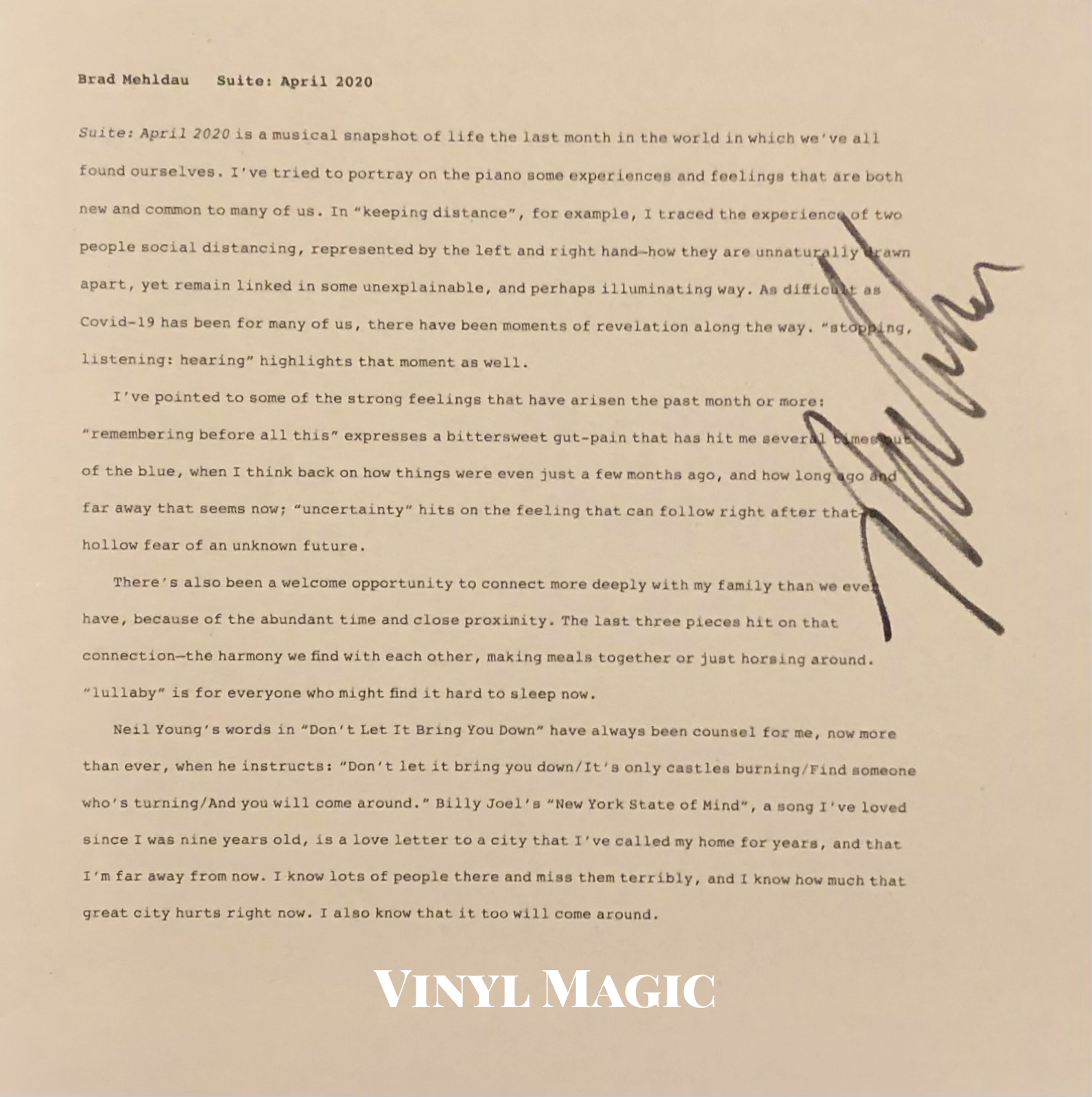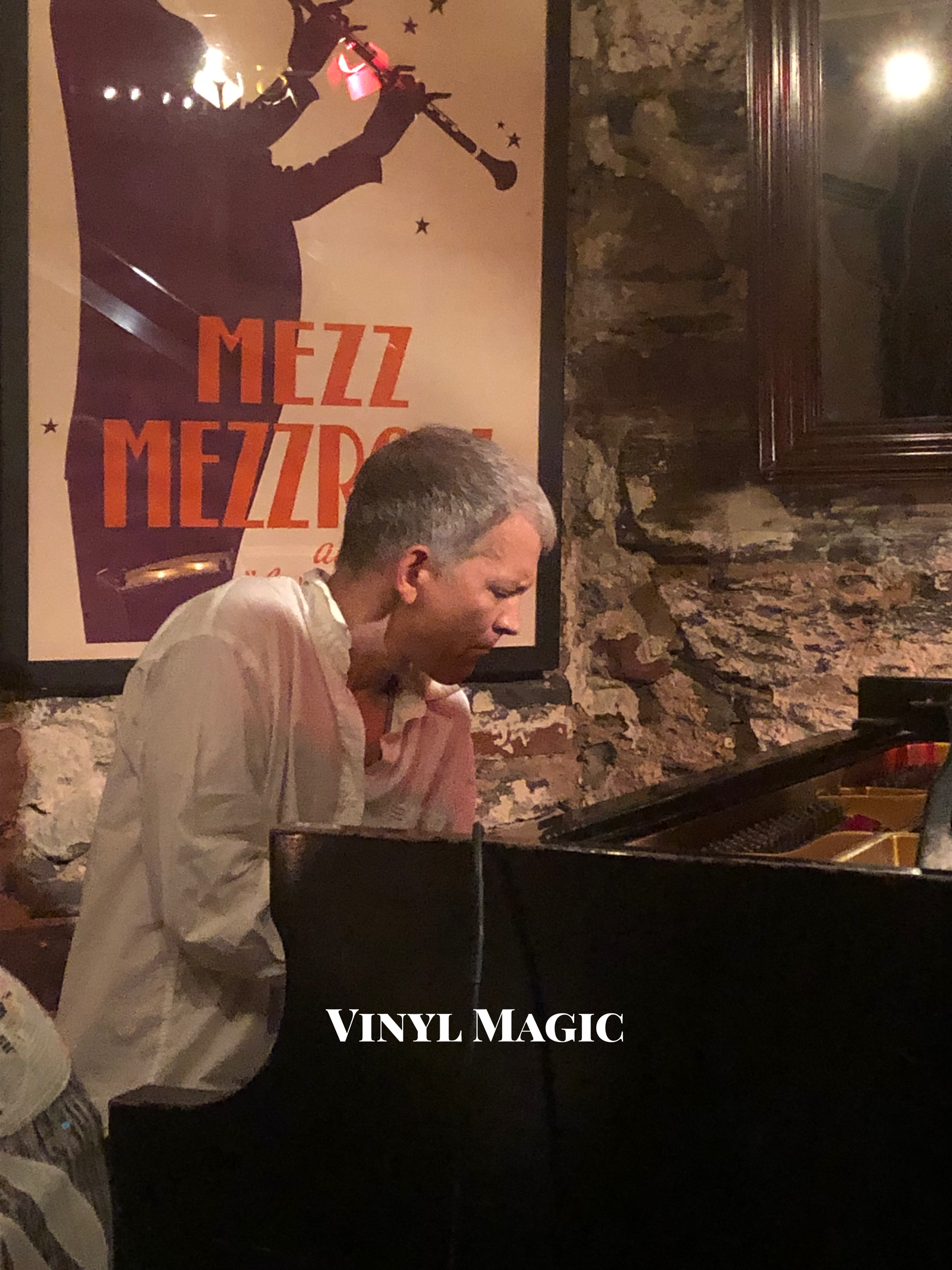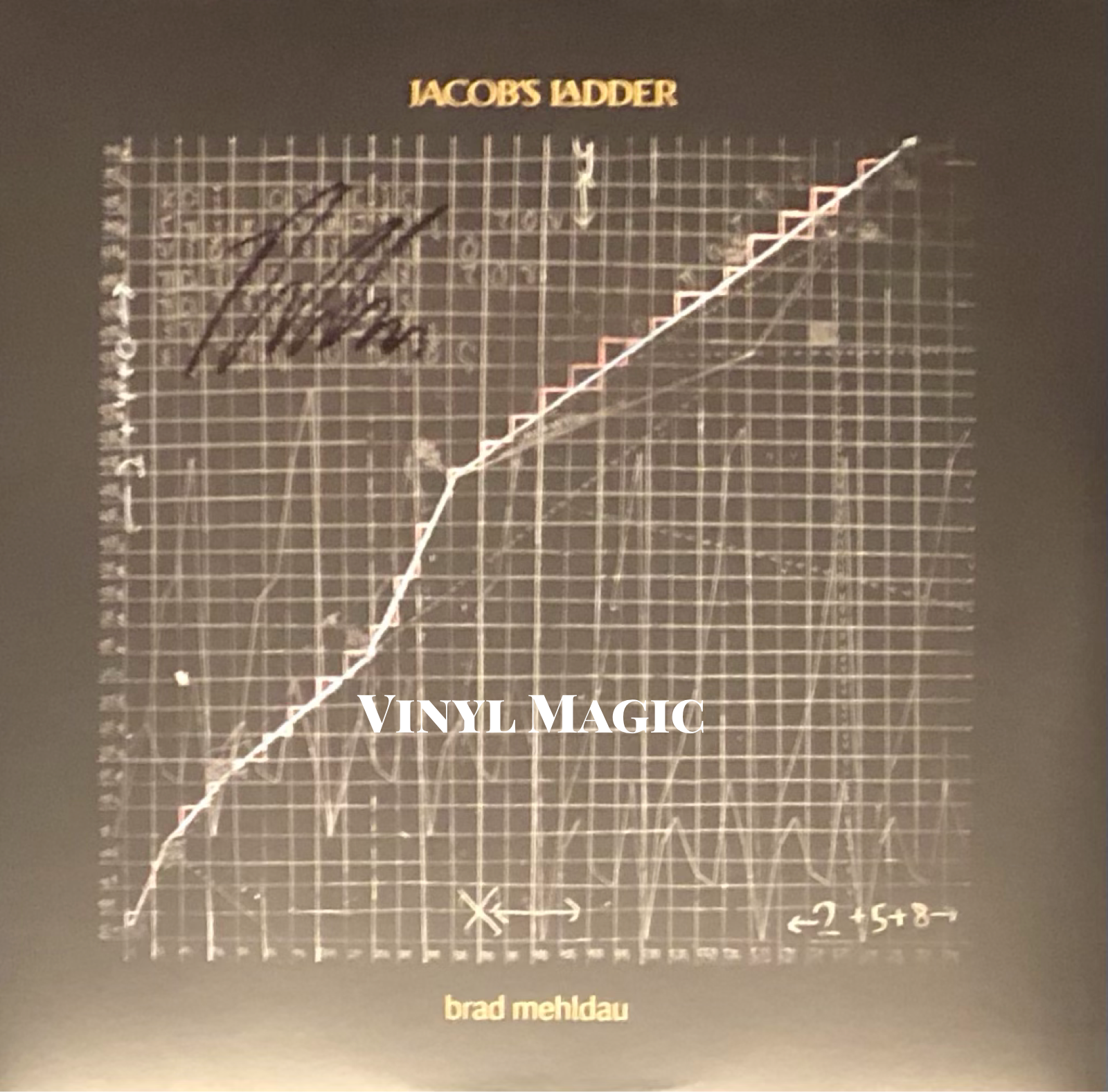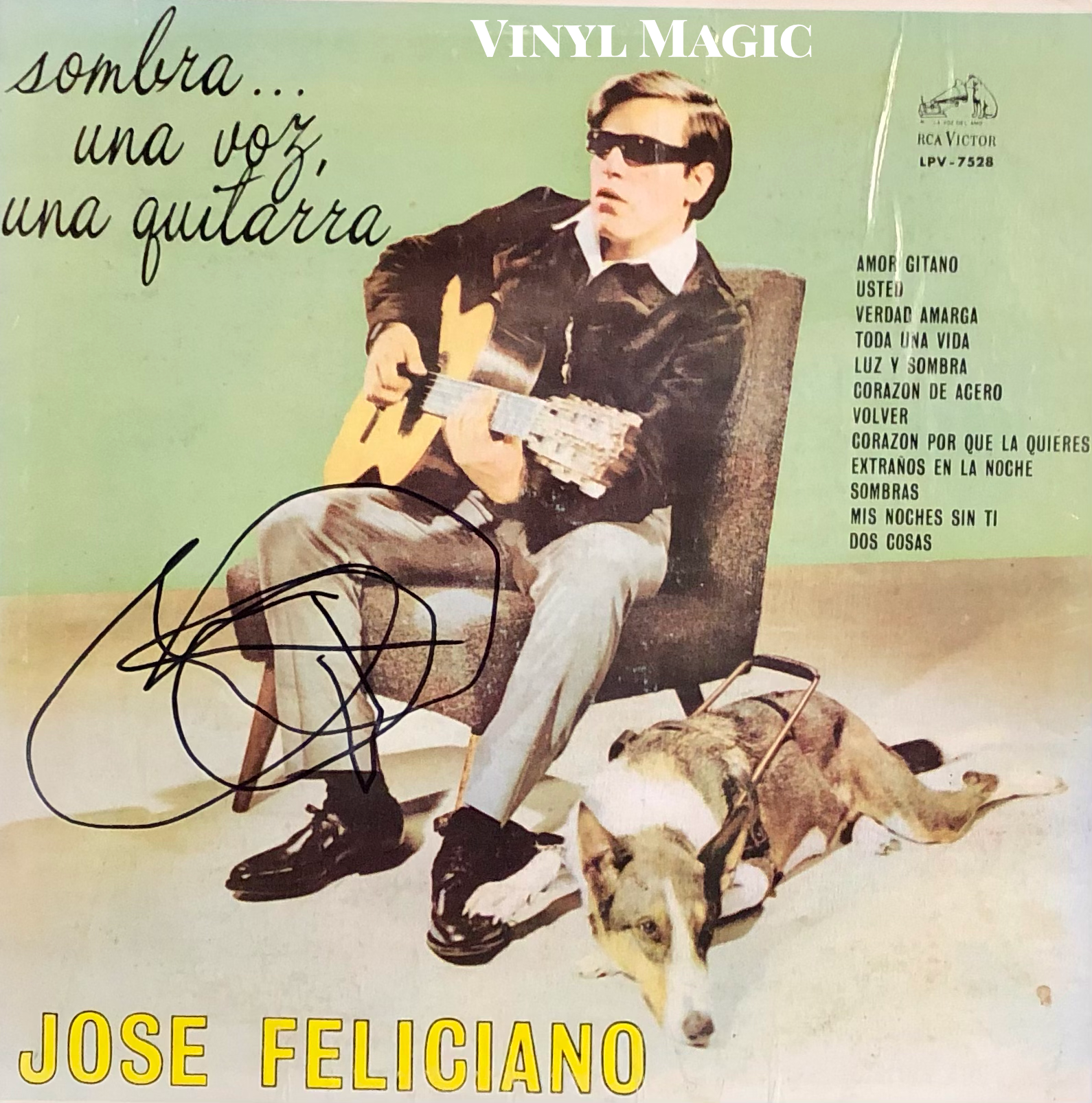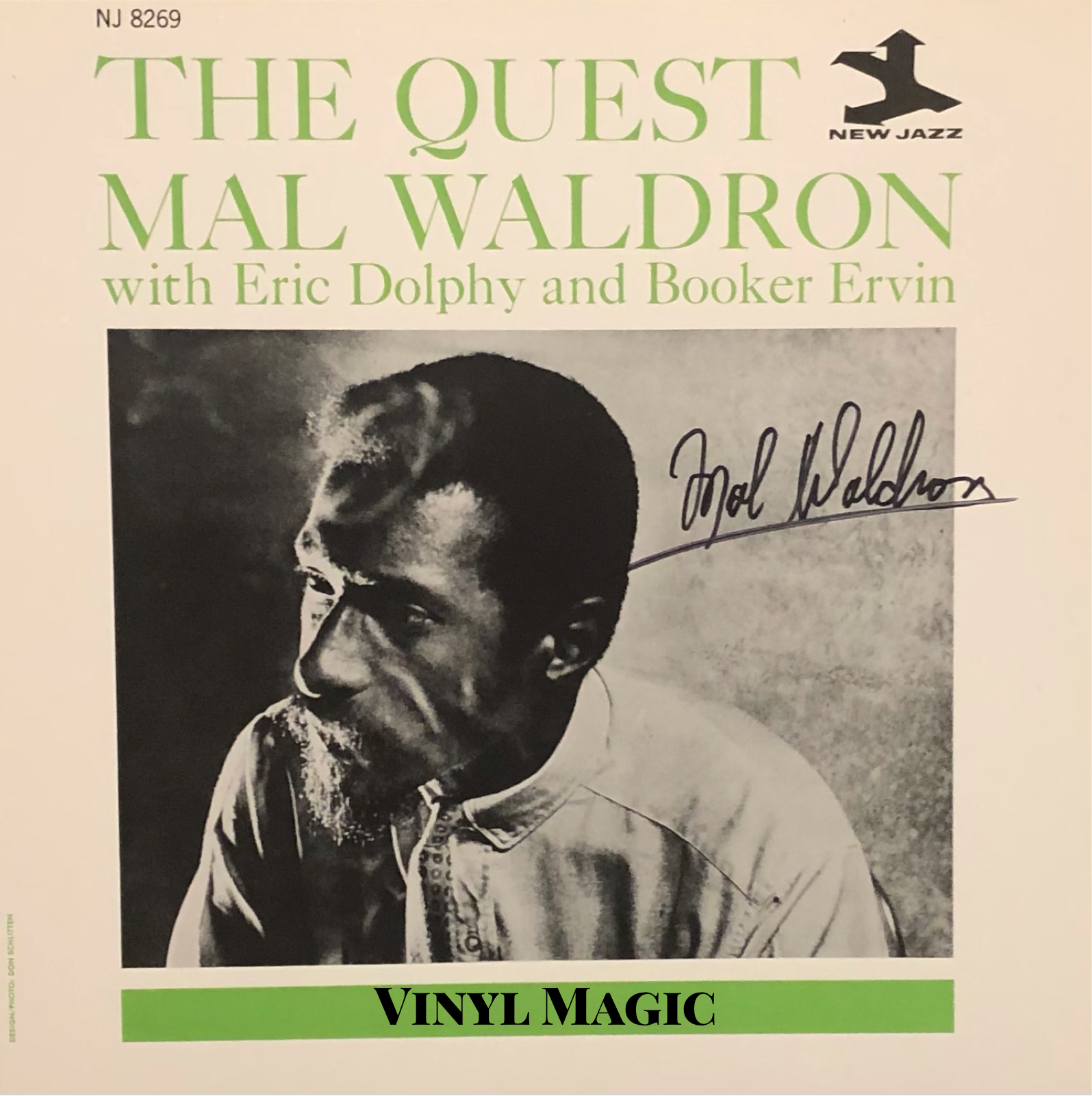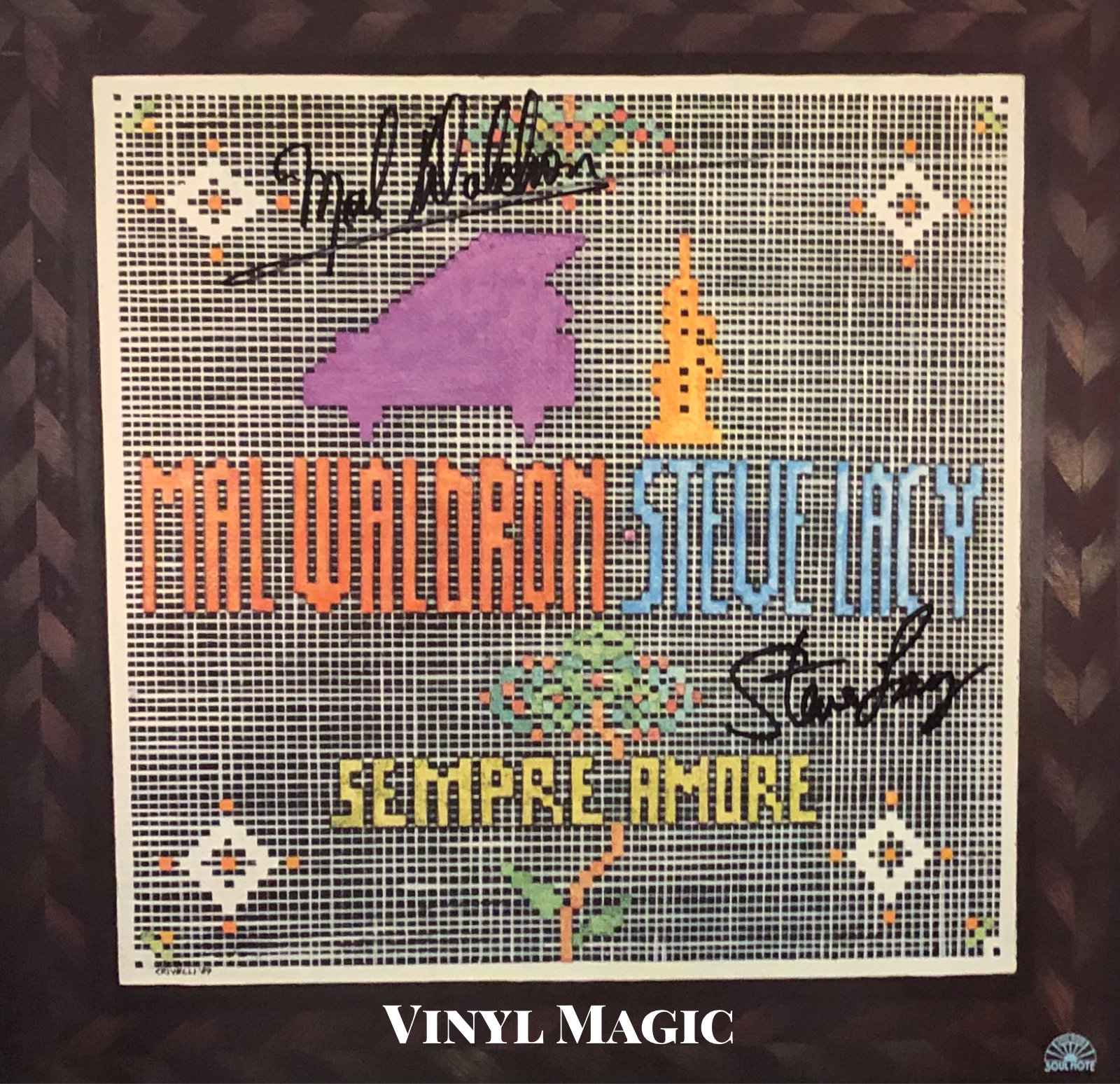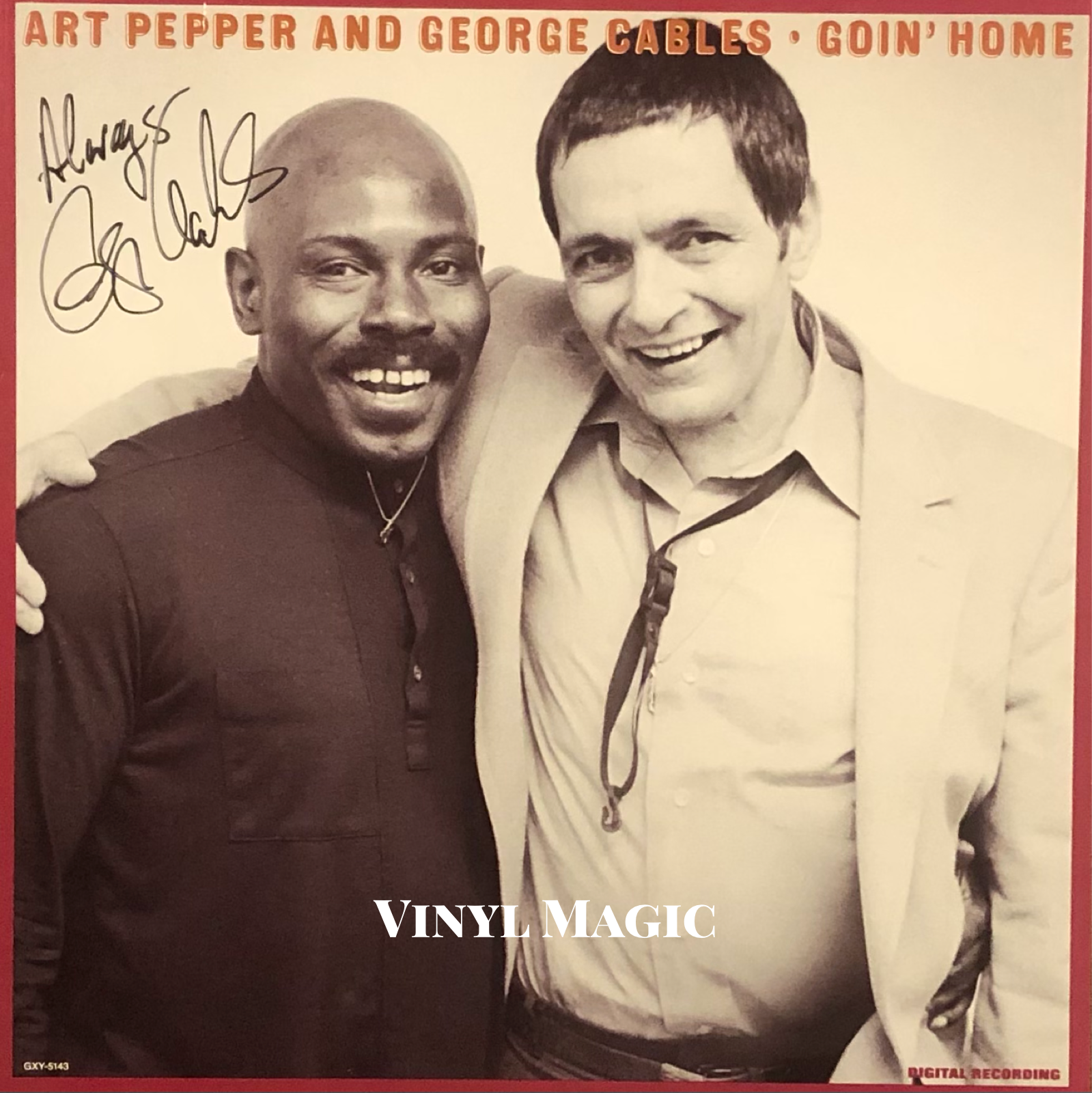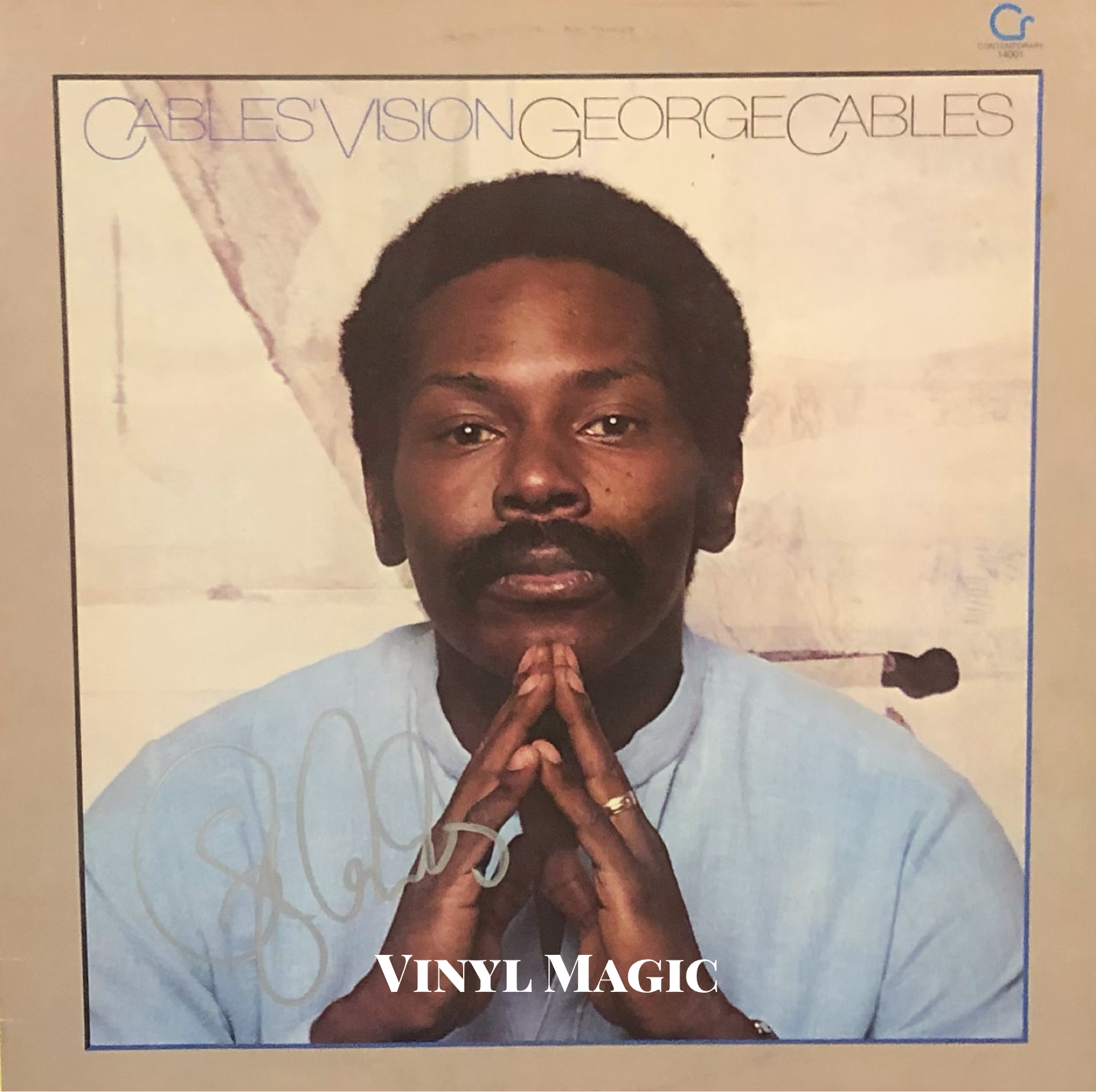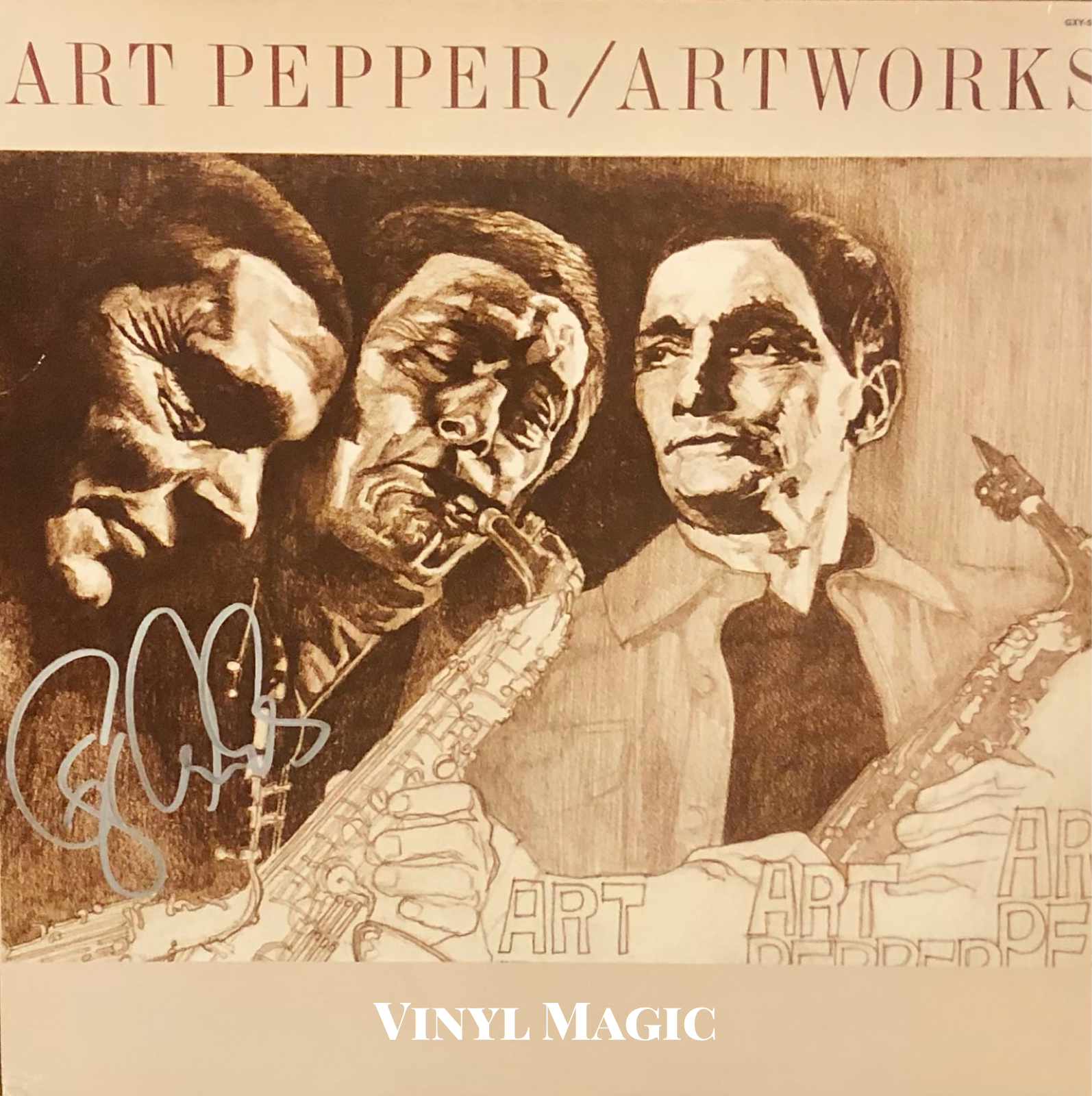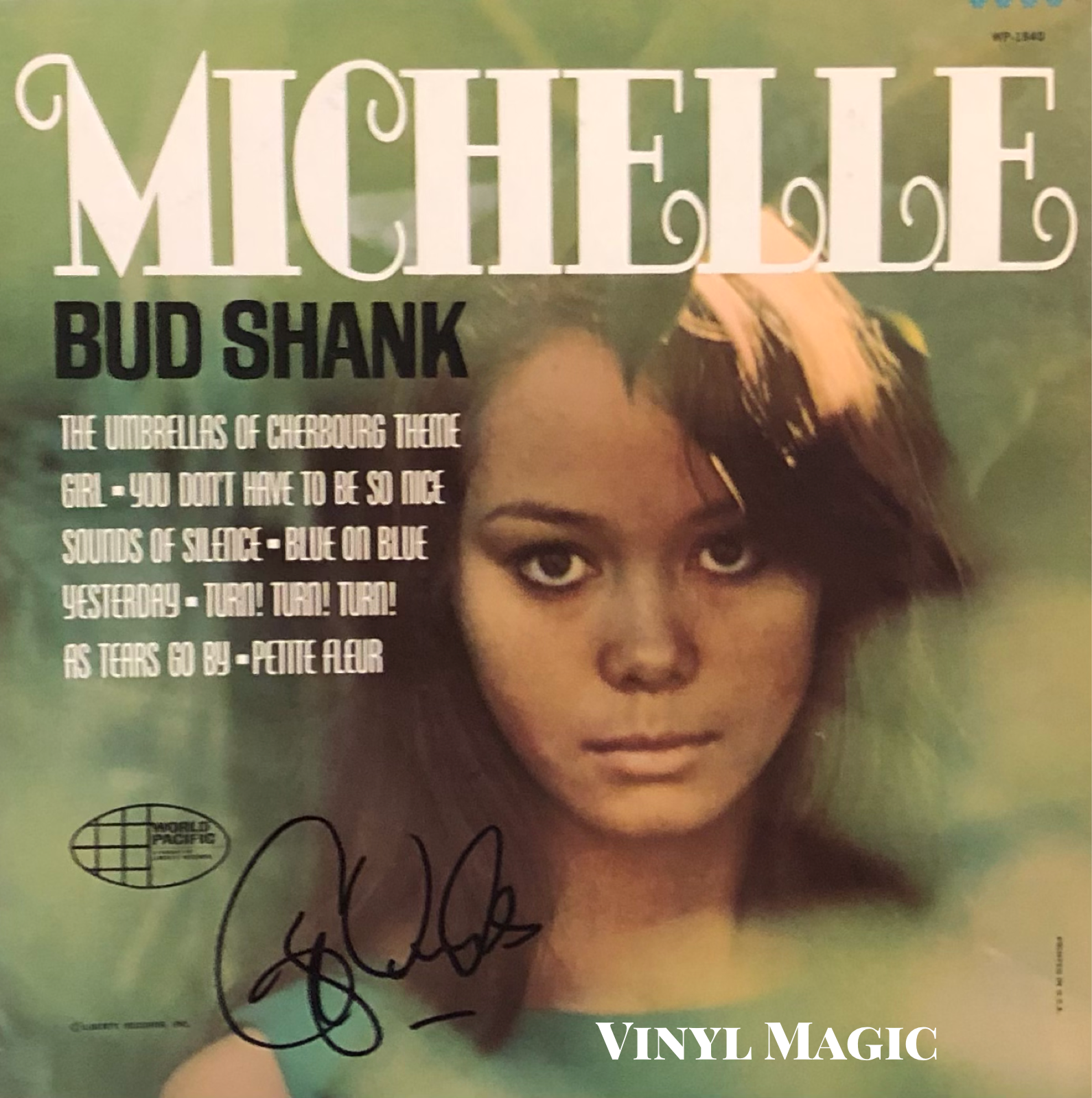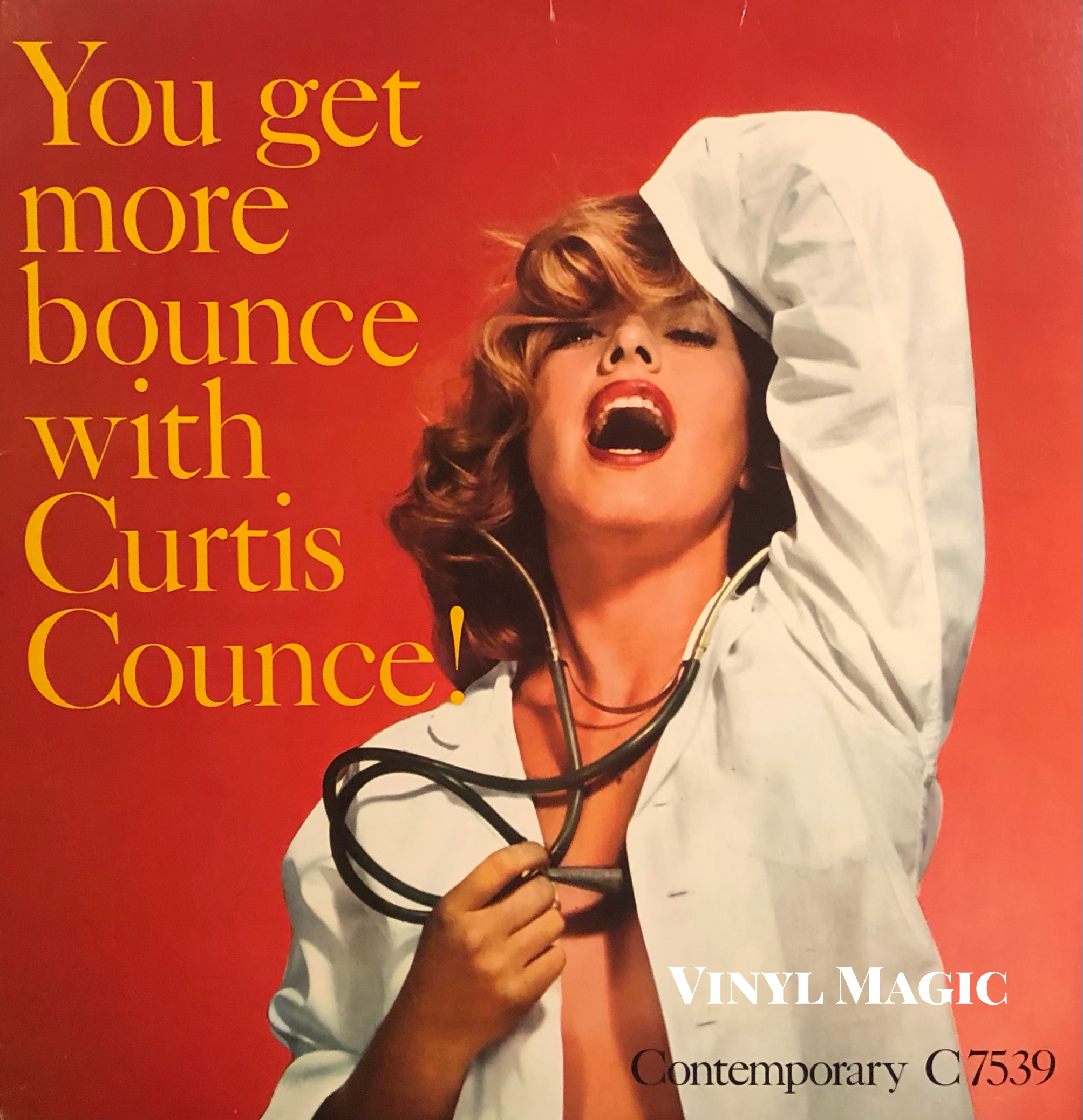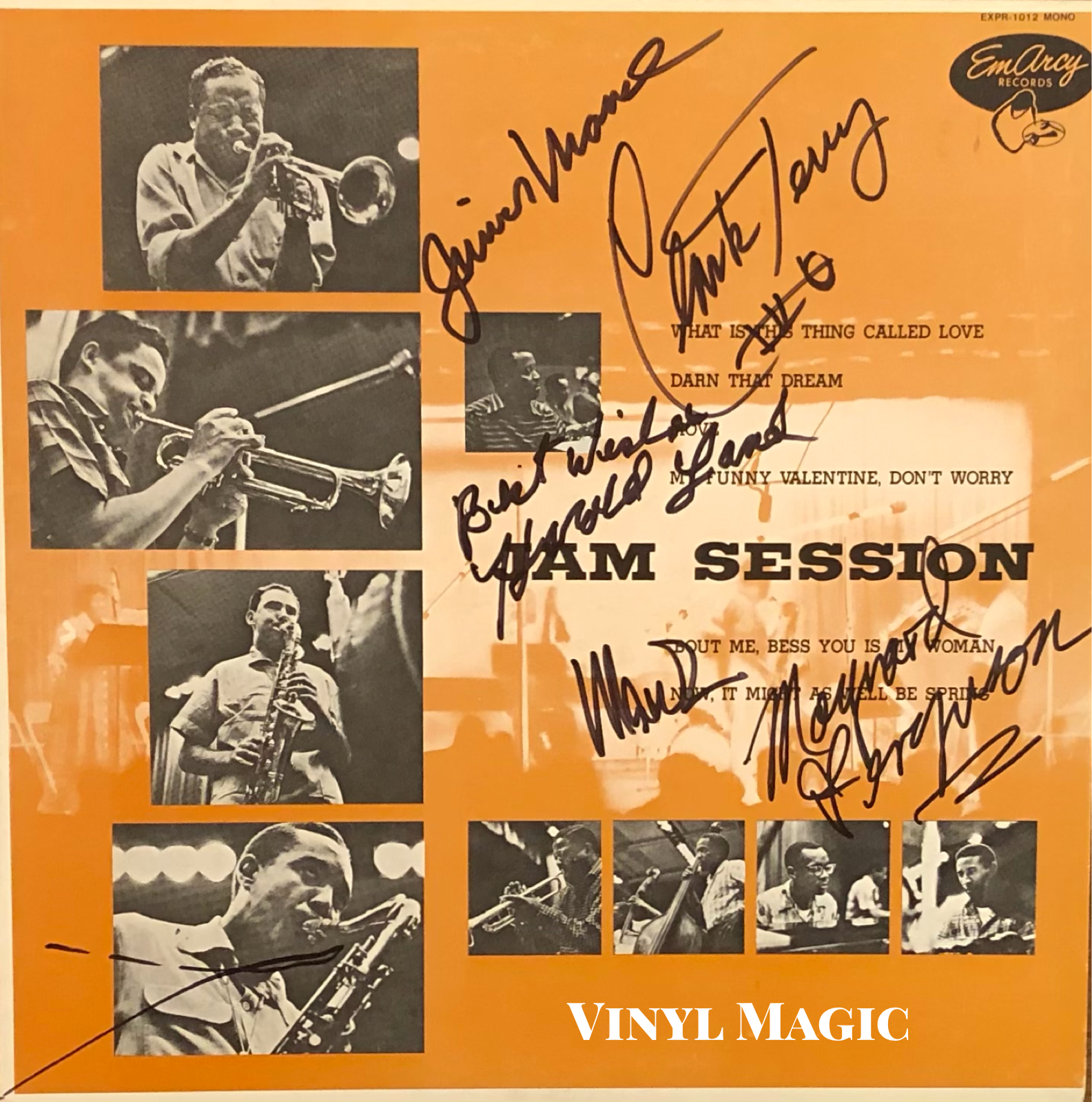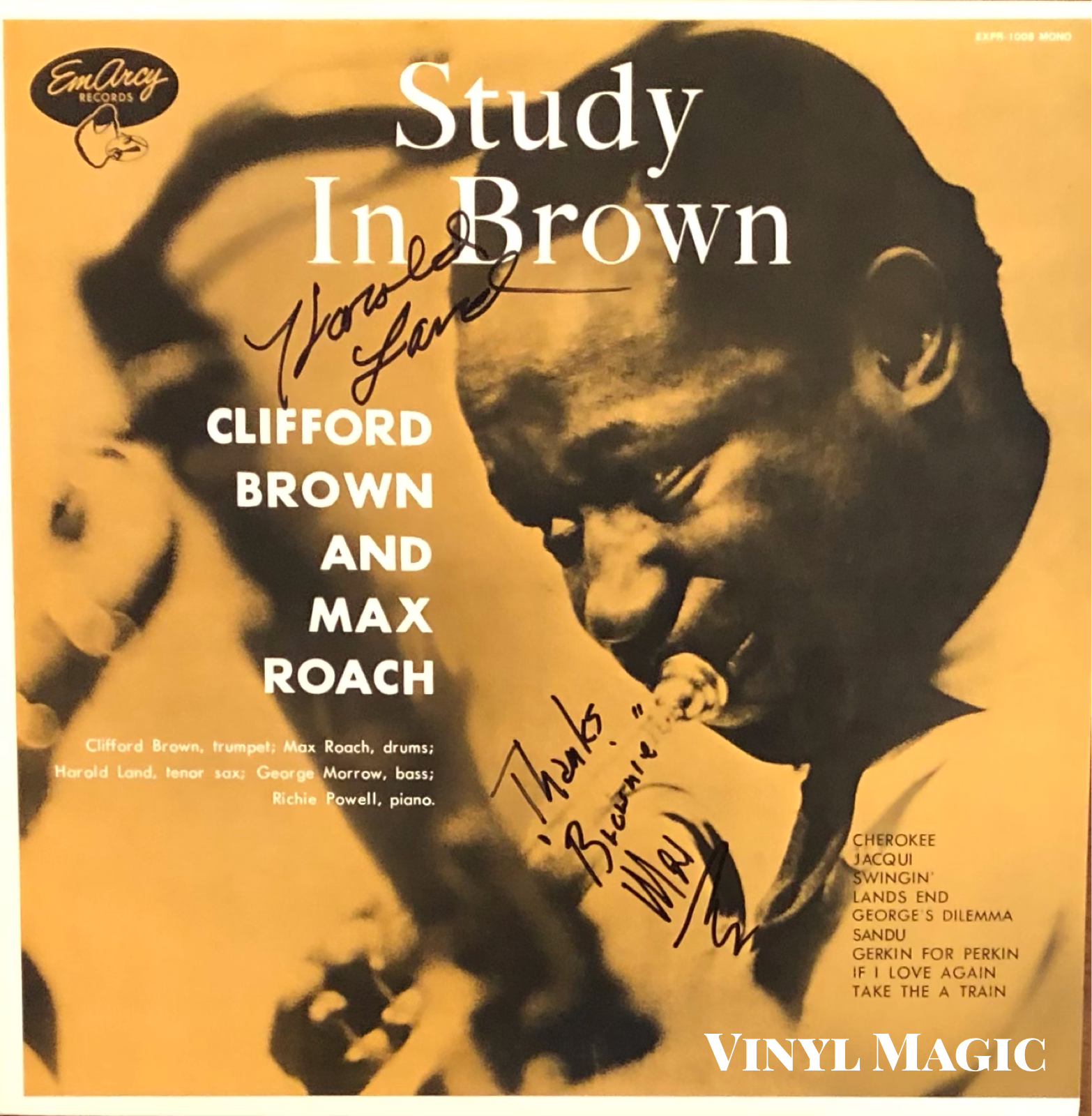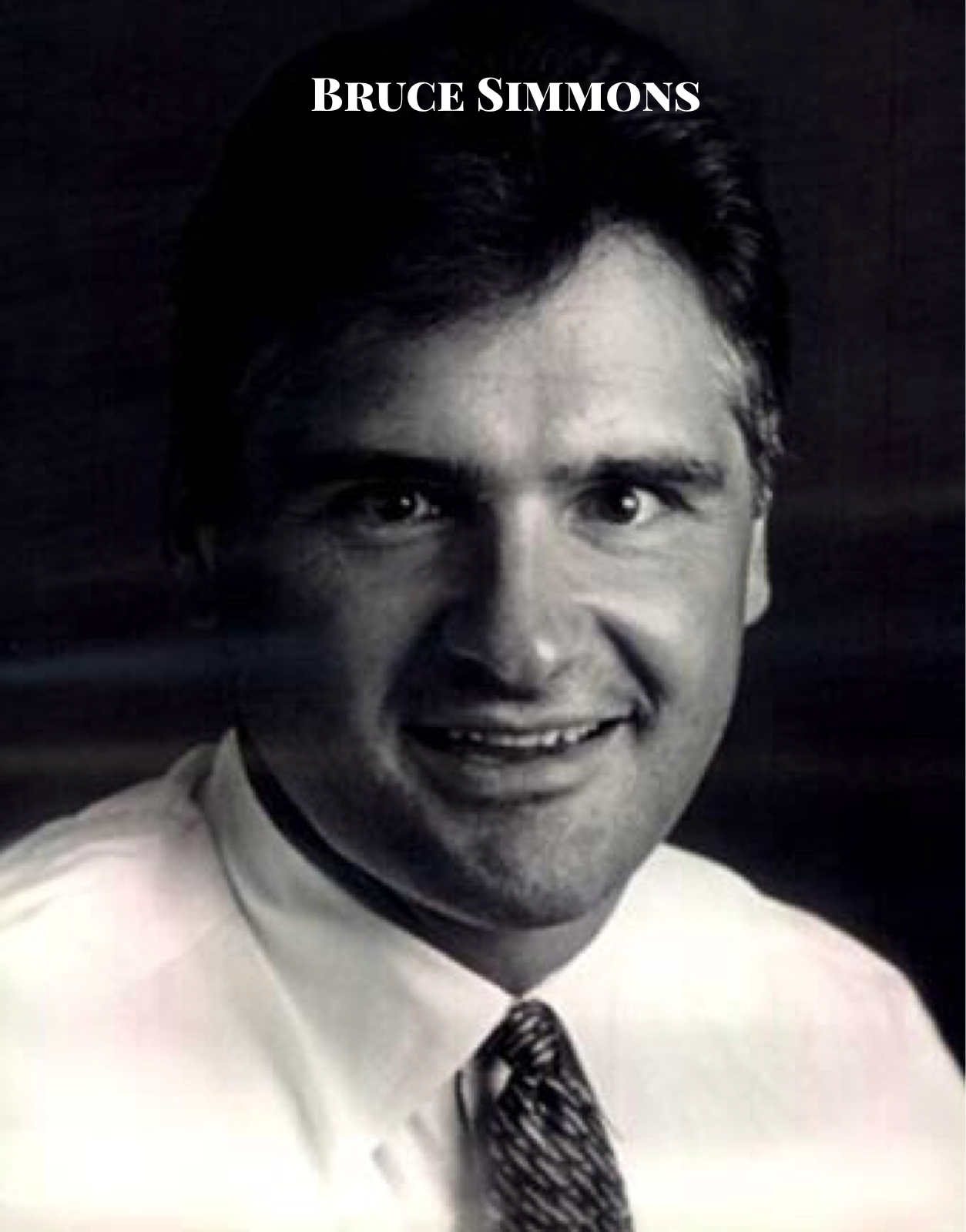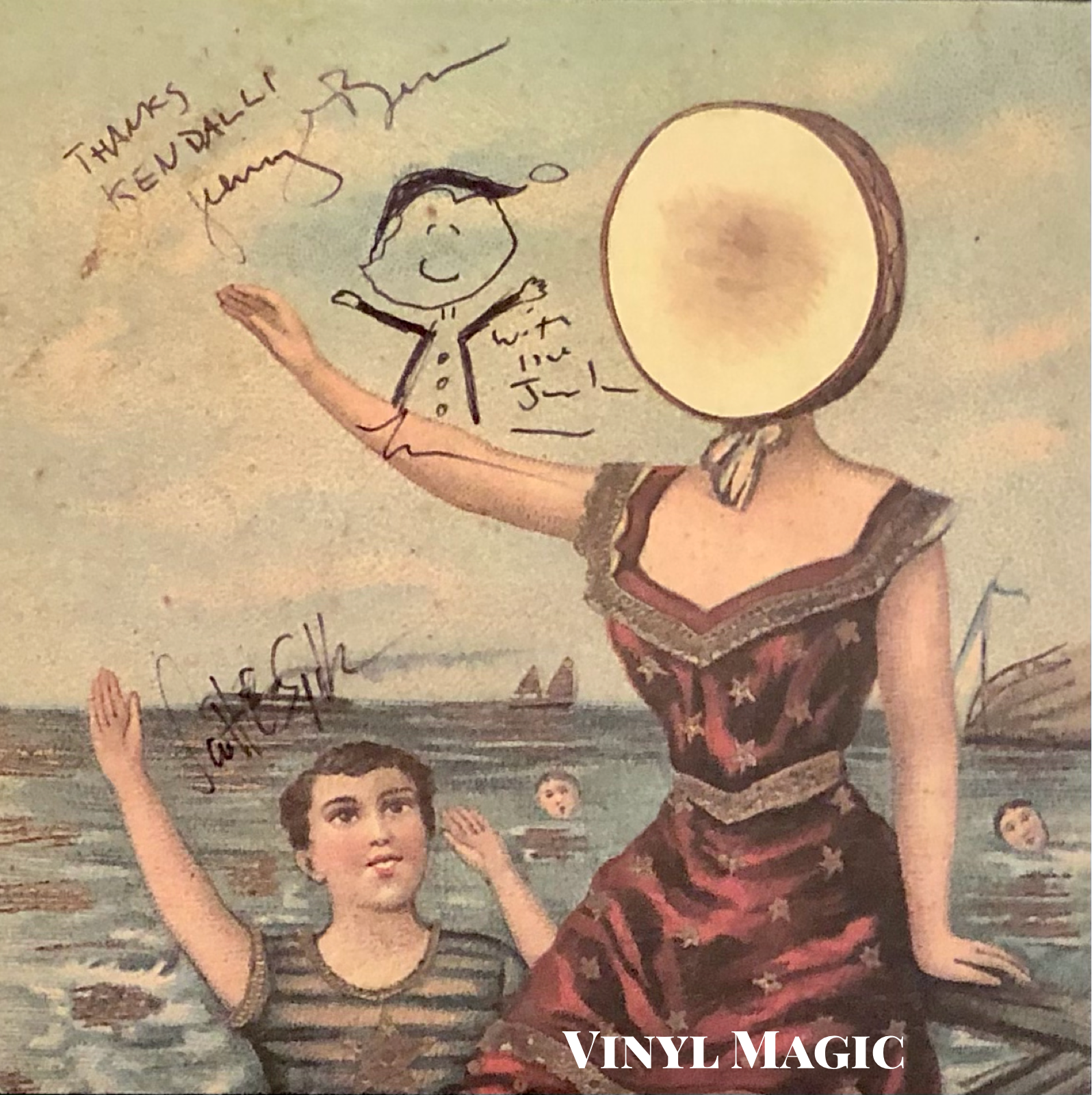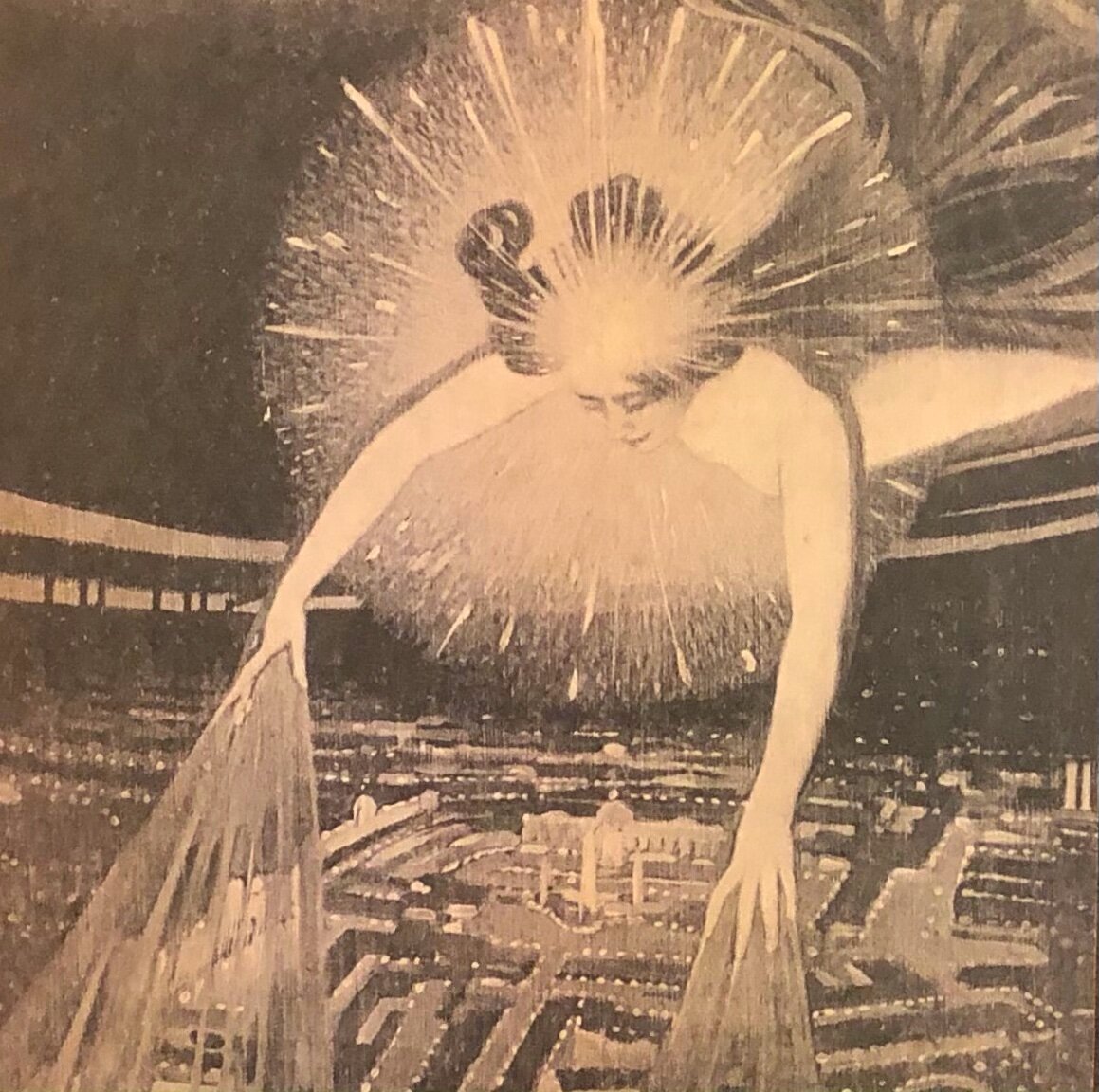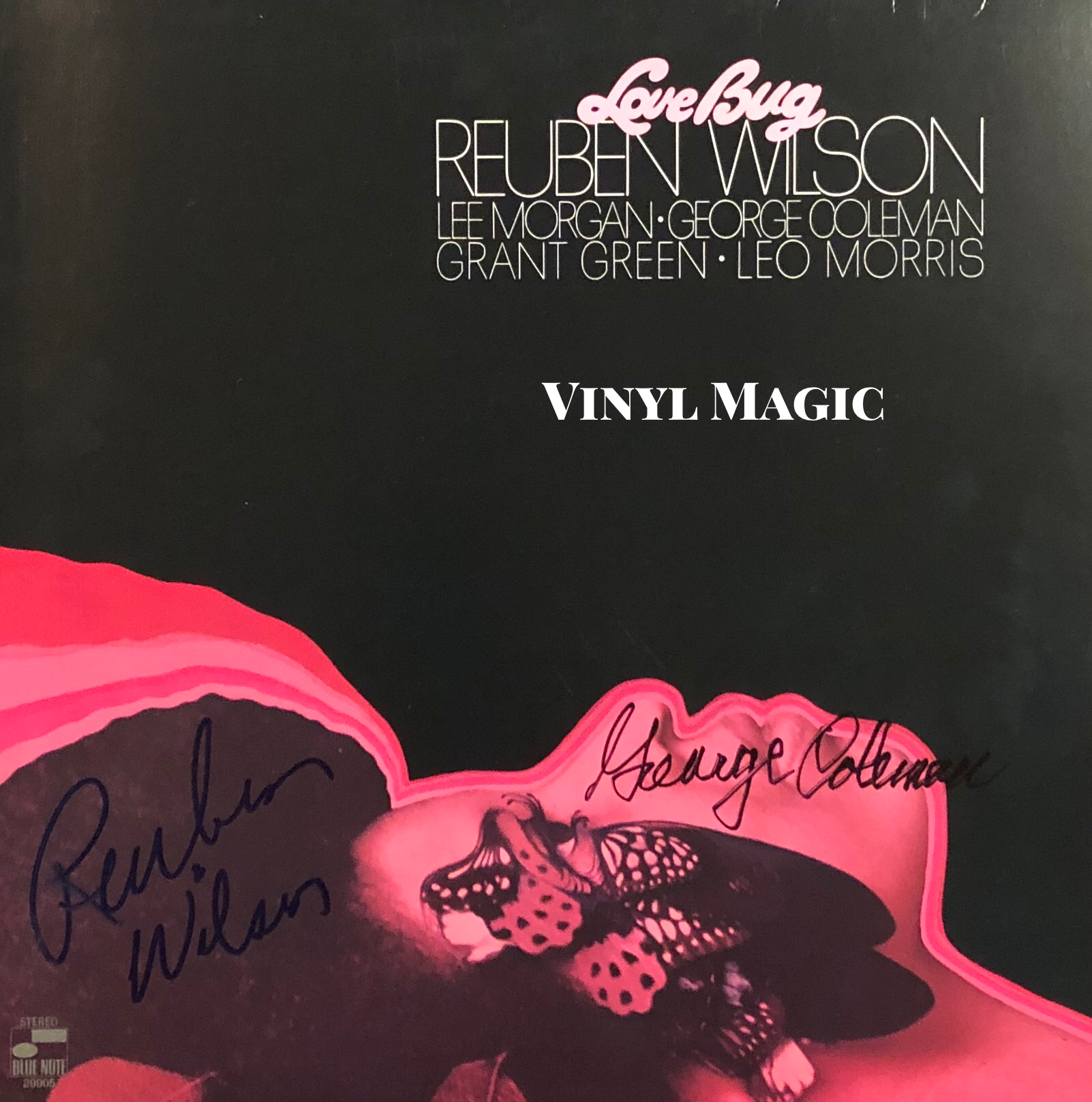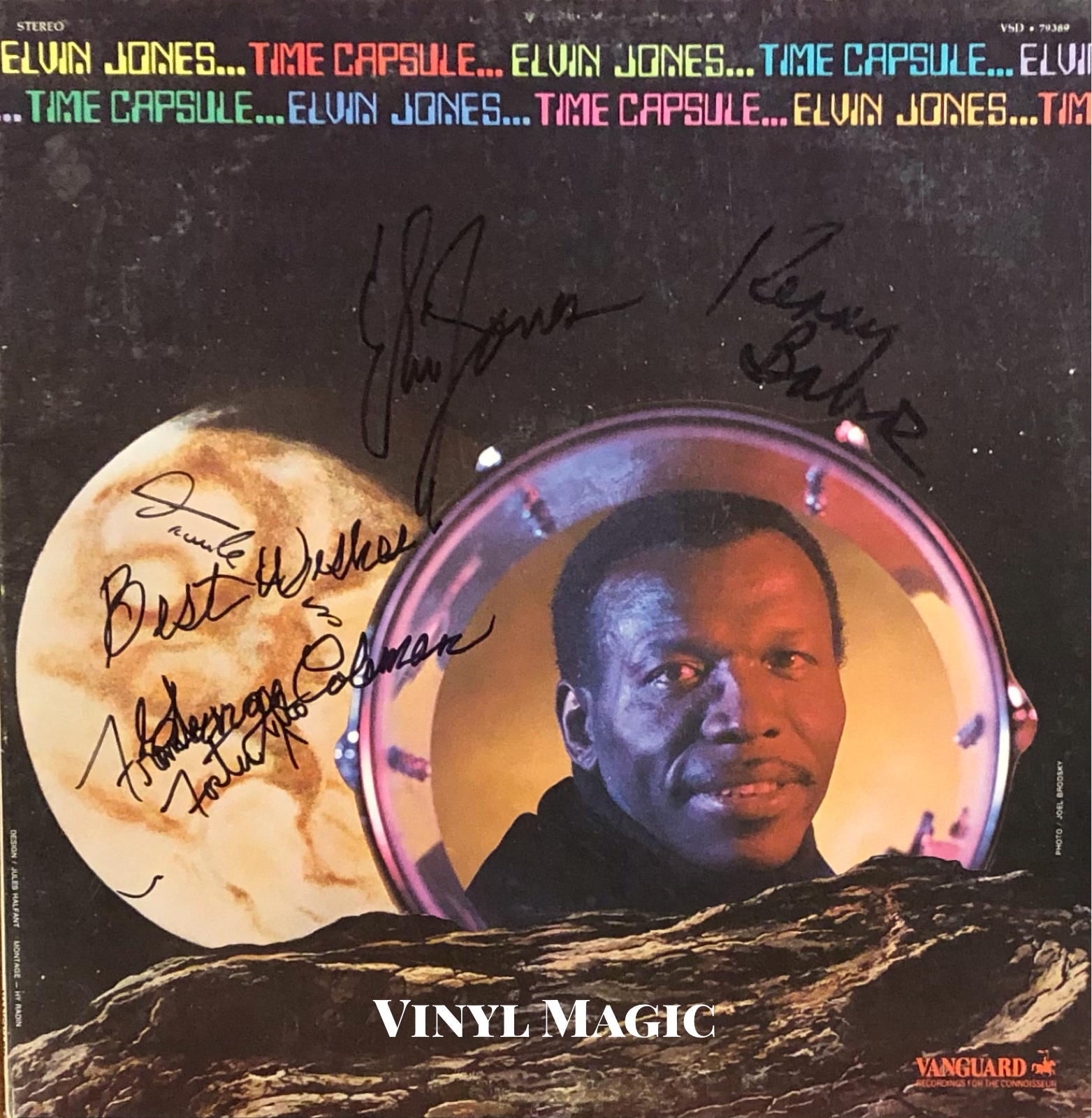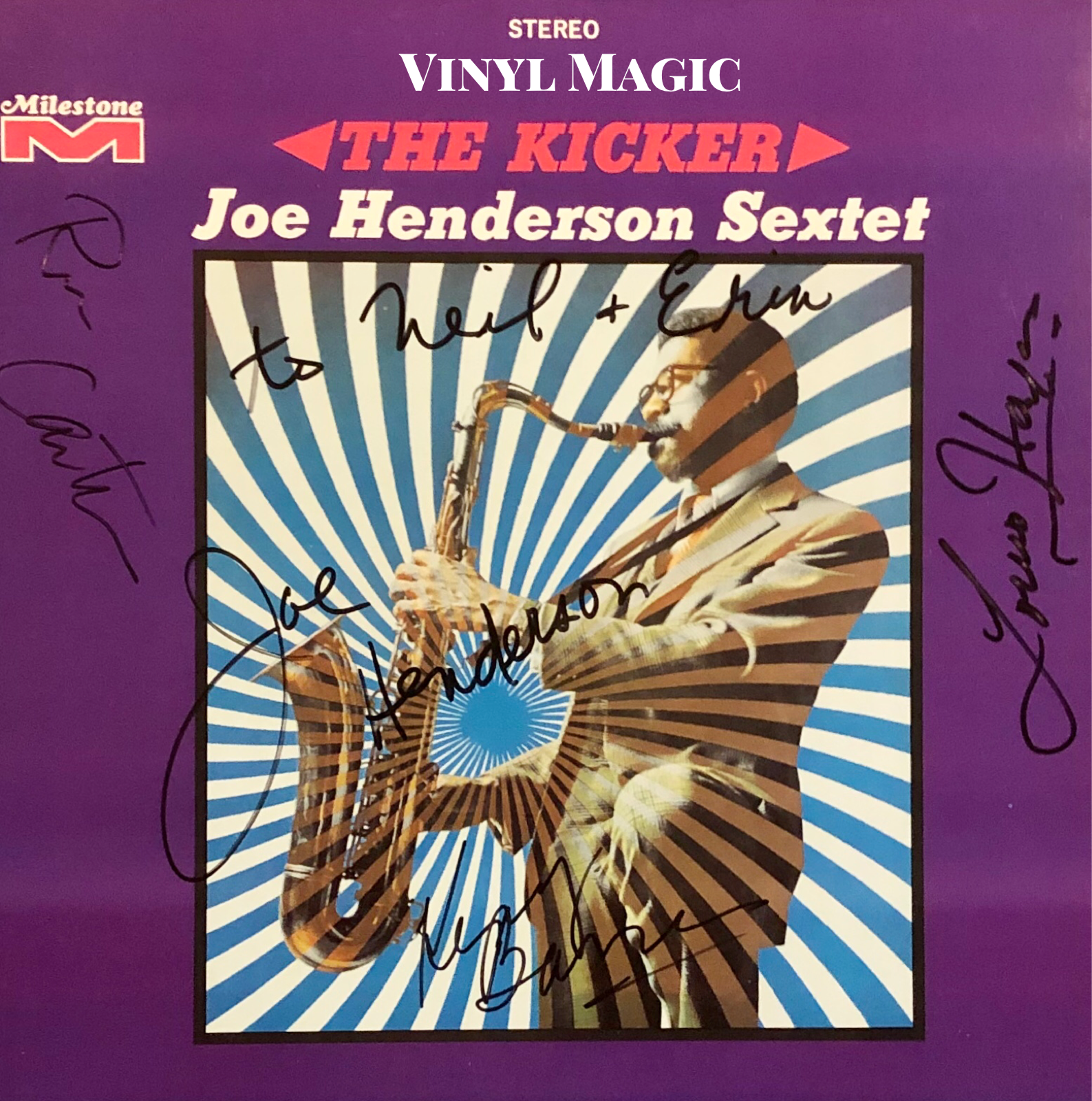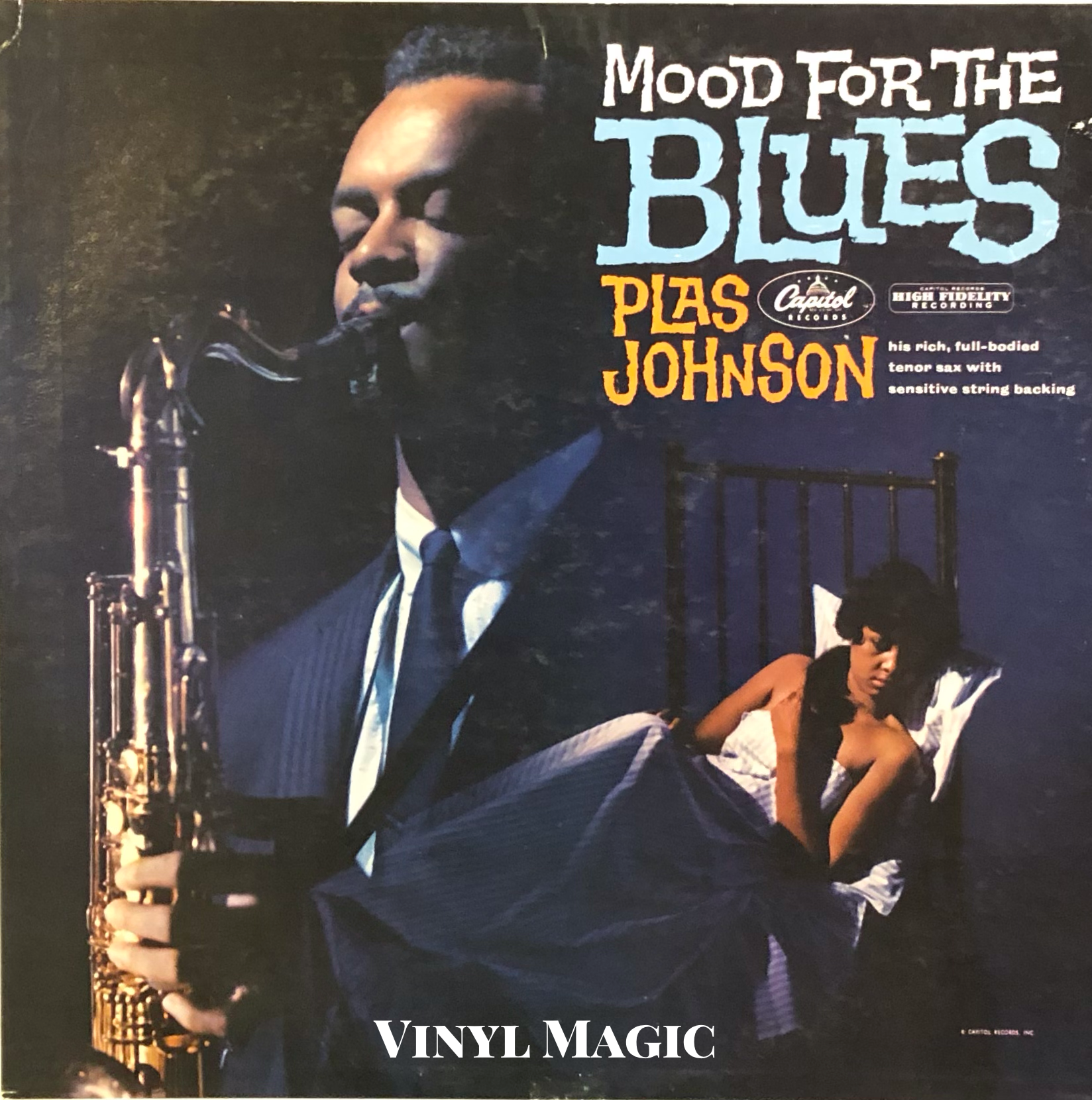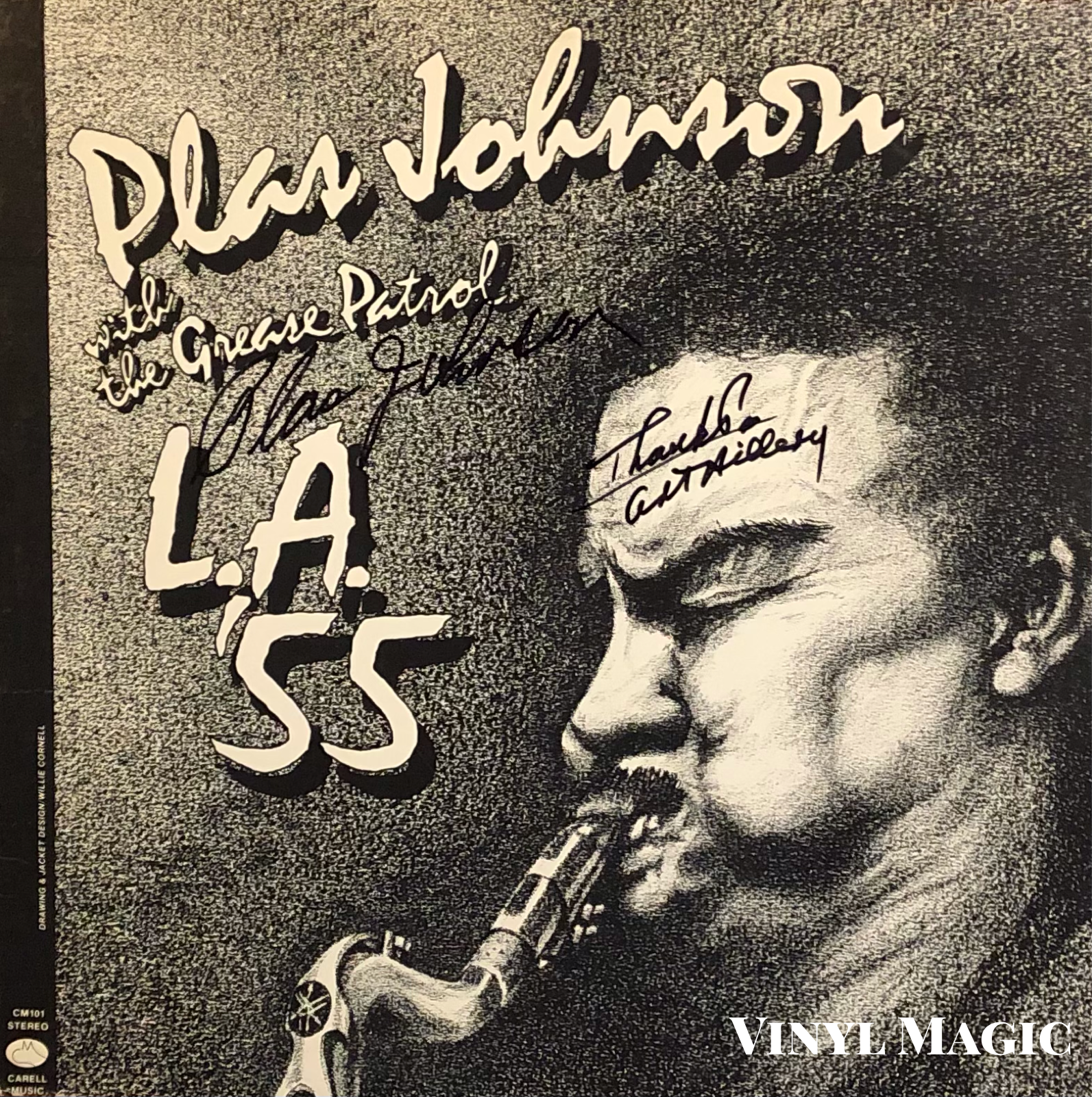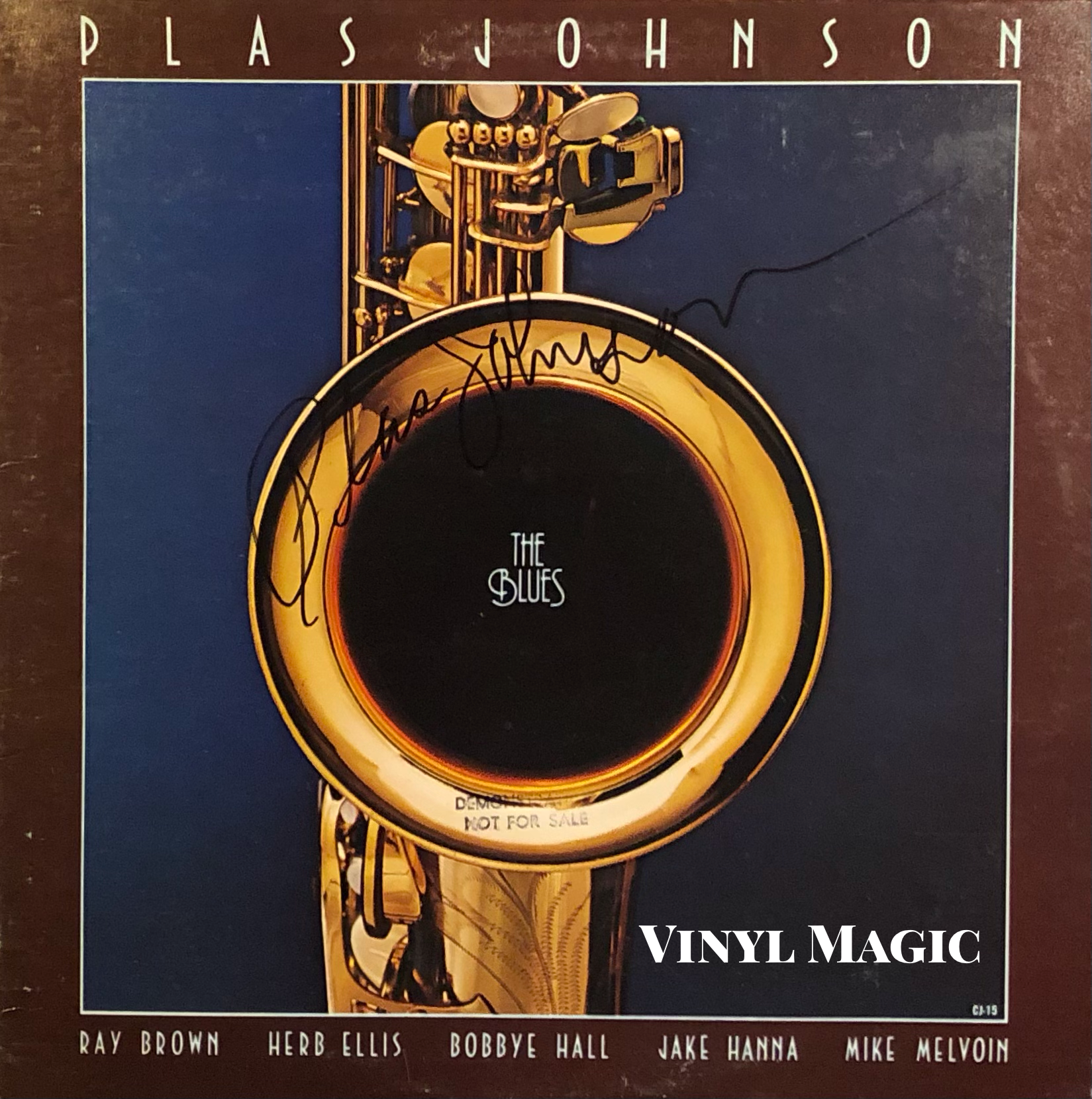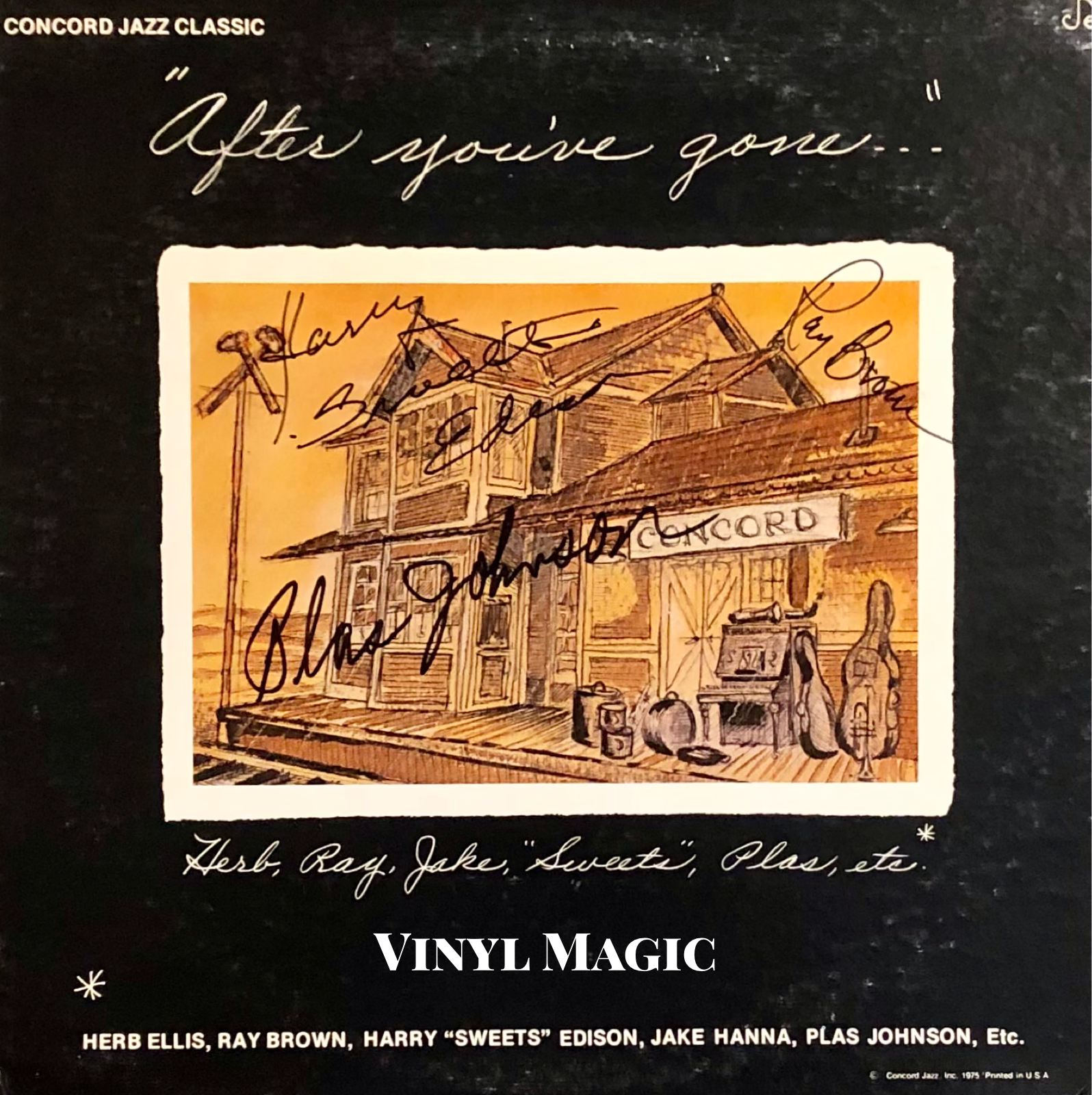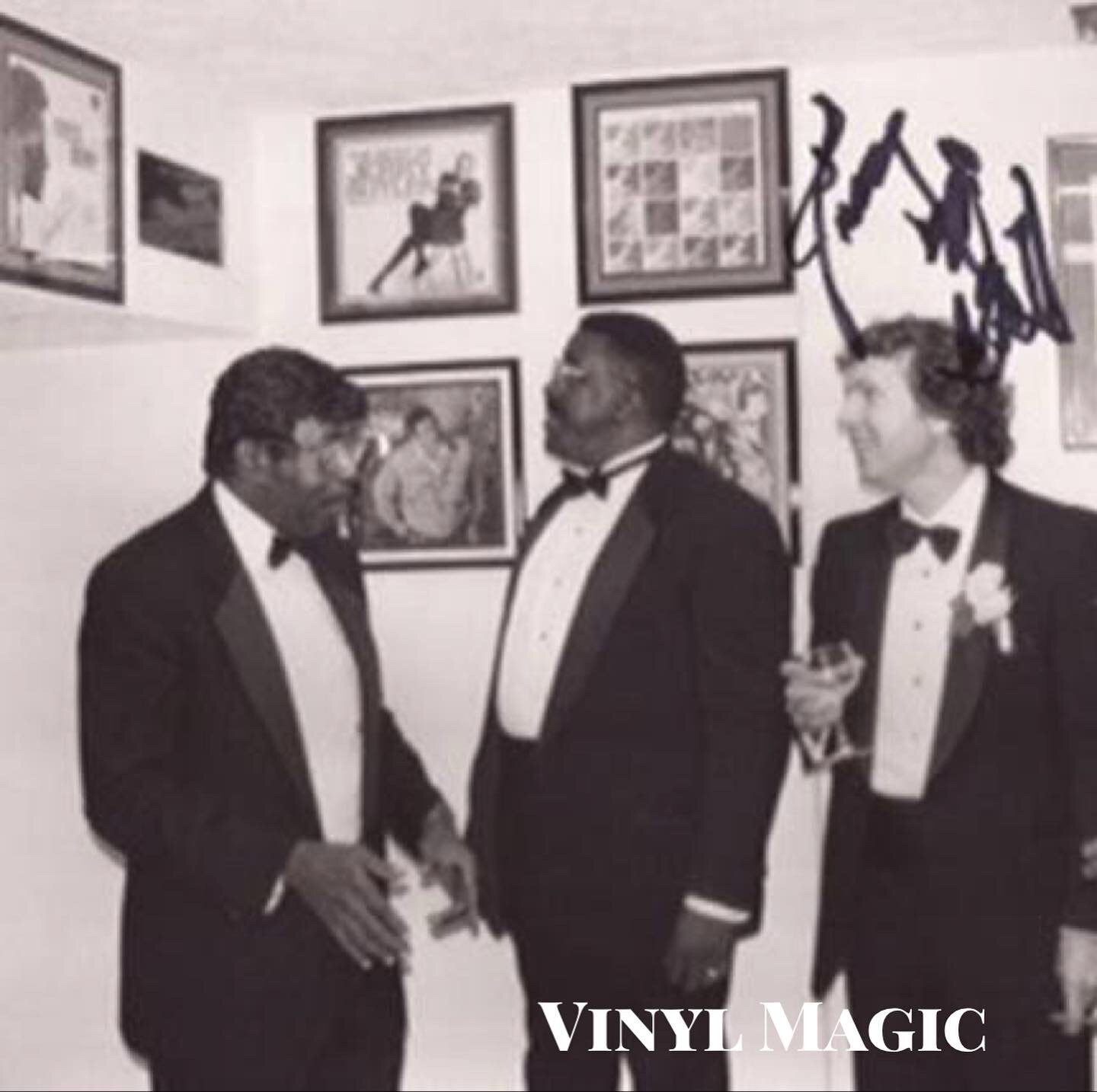Stanley Clarke, Gonzalo Rubalcaba and Me...
I’ve always looked at myself as an acoustic-bass player. I don’t talk about this much because the electric bass is so strong right now. Yes, I play electric bass and I’ve slung it around my arms, I’ve played it with leather pants, I’ve played with the Rolling Stones, I’ve played with all kinds of people. In many people’s minds, I’m an electric-bass player, but in my heart, I’m an acoustic-bass player. The acoustic work I’ve done gives the full picture. I don’t diminish the electric bass in any way, but my musical genesis is the acoustic bass.
Stanley Clarke
Children Of Forever (1973) signed by Stanley, Lenny White
Bandleaders like Horace Silver, Stan Getz, Joe Henderson, and Dexter Gordon were very nice to me as a young player, and that opened the door for me to go for it. I can’t remember a single leader who tried to get me to change the basic fundamentals of how I played the bass. Now, in lesser situations, that’s when I would run into guys who might try to change you. So I always keep in mind that the truly great musicians are generous and very open-minded, because they recognize that’s the pathway to greatness. Another reason I work with young players is jazz music has historically traveled down the time track from before Louis Armstrong to now, through what is actually an African concept: You pass it on to the youth. If you’re a band in 1960 and everyone is the same age, that doesn’t work; you have to have young band members to pass it on.
Stanley Clarke
Black Unity (1972) signed by Stanley, Billy Hart, Pharoah Sanders
As I always tell young bassists, a key part of being an artist is to have a compositional makeup, because if you look at all the greats — Bird, Trane, Jaco — how they’re reaching you is through songs. They’re not just moving their fingers fast. That was something Chick Corea cemented in me early on, when we were going to do Light as a Feather. He had heard me playing piano, and he said, “I really want you to write something for this album.” I said, “Chick, that’s your category. I have no interest; you’re the writer in the band.” He said, “Listen, if you write something, it will not only give me a break, it will add another color to the music.” I understood, but I was still skeptical, so he said, “Look, if you write a song for this project I promise you I will name the album after it.” And he kept his word. He was 28 and I was 19, but here was a guy who already understood leadership — that you have to delegate. To be truly powerful, you have to make somebody else powerful. He gave me confidence, and that made all the difference. I became a composer and never turned back.
Stanley Clarke
Prelude (1972) signed by Stanley
I clearly remember being in Stan Getz’s band and having some trouble stabilizing my role in some music we were playing. Tony Williams was there, and he came over to me. He is not much older than me, but he’d already been gigging for years. He said, “Think about Ron Carter. Forget the notes he’s playing; just try to feel his personality. He’s very stoic, like a tree with roots that go deep into the ground.” He went on to explain that the whole Miles band revolved around Ron — where the one was, who defined the harmony and moved it along. And that’s when I had the life-changing realization that the bassist is the only one in the band who truly brings the rhythm and the harmony together. James Jamerson (famed Funk Brother and legendary Motown bassist) was like that. When you listen to a Motown tune, his bass defines the tonal center, and when you figure out how to dance to it and feel it, it’s from the bass, as well. Bass players hold a very powerful position in a band — to me, the most important one. I got all of that thanks to Tony. Another invaluable lesson was learning about how to swing from Art Blakey. He taught me about the three points of a beat: On the beat, in front of the beat, or after the beat. When you grasp his concept, you can create some different feels. That’s the kind of stuff that got passed to me, so I have a duty to pass it on to young musicians.
Stanley Clarke
Electric Guitarist (1978) signed by Stanley, John McLaughlin
There were some challenges, for sure. Before me there were not many. You had Quincy Jones, the late Oliver Nelson, and J.J. Johnson; Herbie (Hancock) did a few. What helped me was doing some TV scoring first. Barry Manilow was doing a TV special, and he wanted to play jazz with a real jazz band and singers, and I got the call on bass. The director, Steve Binder, came to me during the show and asked if I’d ever scored a TV show before. He said he had a special episode of Pee Wee’s Playhouse that was about childbirth, and he needed some music that was a little left of center, and he thought I’d be perfect. I was all but talking my way out of it, but he told me to get a DX7, Performer, and some MIDI gear. I did, and I wrote the score with that, and lo and behold I got an Emmy nomination.
As a result, agents started calling me, and I signed on with a great guy named Stan Millander. Based on my TV work, he thought he could break me into feature films, even though there were very few black film composers. He said he was going to send me on meetings, but he warned me that people were going to be skeptical and ask me stupid questions, and he was right. He sent me to do a sports-themed movie, whose title I won’t mention to not incriminate anyone. I did my homework, went through the script, showed up in a suit and tie, and I began outlining what music and ensemble sizes I thought would go with each scene. When I finished, one of the head guys said to me, “Now, Stanley, obviously you’re a great musician with a successful recording career; you have music in your head and in your heart. I get that. But how are you going to get it to other people? Like how are you going to get an orchestra to understand what you want them to do?” It didn’t register with me at first, but what he was essentially saying was, Listen, motherf#cker, we know your black ass can’t read and write music! Fortunately, I knew one of the assistants, and I saw that she was winking at me. That’s when the bell went off in my head, and I realized what he was implying. So I said, “What do you mean? I’m going to write the music down on a piece of paper and hand it to other musicians, the way people have been doing it for hundreds of years.” And he said, “Okay, gotcha.” And that was it. I went home, they hired me, and I did the score.
Stanley Clarke
Stanley Clarke at the Blue Note April 30, 2022
I was blessed to see Stanley Clarke and Gonzalo Rubalcaba perform as a duo at the Blue Note in New York City on April 30, 2022. Stanley was performing a month-long residency and he was playing with all sorts of disparate guests to showcase his versatility and breadth as a jazz bassist and composer. His partner in crime for this evening was Gonzalo Rubalcaba, one of the foremost and accomplished jazz pianists extant. Classically trained, Gonzalo is as percussive and stout on uptempo romps as he is tender and lyrical on ballads. He has such dexterity, his notes have notes: eighths, quarters, halfs and all the rest.
Gonzalo Rubalcaba at the Blue Note, April 30, 2022
They opened with "No Mystery," written by Stanley's long time collaborator Chick Corea, a rollicking start featuring the torridly florid pianism of Gonzalo who even threw in a bit of clave rhythm for added spice and texture. In keeping with Gonzalo's Cuban heritage, I was hoping a descarga might break out in all its full throttled glory! Other highlights were a beautiful rendition of "Five Hundred Miles High," a jazz musician's favorite according to Stanley, with more driving syncopation and percussive call and response between these two jazz masters, and the exquisite ballad "La Cancion de Sofia," which was introduced by Stanley, "You know, when you're a composer you write a lot of songs about a lot of things, and then eventually, you have to write a song about your wife. Well, I didn't have to write a song about my wife, I wanted to, so here's a song that has some roots in Chile where she was born, and also in Argentina where she has relatives." It was a bravura performance by these virtuosos.
No Mystery (1975) signed by Stanley, Lenny White
After the show, I visited Stanley in his dressing room. 'I have your first record,' I said as I handed him Crankin' with Curtis Fuller, "It was my first recording, but not my first release," Stanley corrected me, as Crankin' was not released until 1973 though it was recorded in 1971. Stanley had already appeared on several albums by then, including Under Fire by Gato Barbieri in 1971. "Look," he said as he opened the gatefold, "They spelled my name wrong twice (Stan Clark). That's hard to do, but I didn't say anything back then, I was just a kid, I was nobody." I mentioned that Children Of Forever, Stanley's debut as a leader in 1973, was one of Lenny White's favorite albums, "Yes, it should be, Lenny plays terrific on this. It's really some of his finest work." I asked Stanley if he ever jammed with Keith Richards given his participation with The New Barbarians back in the late 70s, "Yes, we've jammed since then and he still sends me tickets to the shows." I told him that Keith lives in Weston, Connecticut near me, "Yes, I've been there, it's really nice." When he signed No Mystery, he sighed, "Chick (Corea) was such a great composer and musician, I really miss him." Yes, Chick's untimely demise was unfortunate, but what a legacy of music Chick, Stanley, Al DiMeola and Lenny White provided as the jazz fusion super group Return To Forever, and the twelve albums which they released are simply astounding.
Crankin’ (1971 recordings, 1973 release) signed by Stanley, Lenny White, Curtis Fuller, George Cables
Stanley Clarke has had a remarkable and enduring career. Born in Philadelphia in 1951, Stanley grew up in a musical family, "My mother liked opera. She sang around the house, and in the church choir as well. She was a really fine painter and creativity was vital to her. So, for as long as I remember, music and art were part of my life. It seemed natural for me to pursue something creative." Stanley's foray into music started with the school band, and a war of attrition between musical instruments resulted in his studying the bass, "When I tell that story, I usually go straight to the upright bass, but I actually tried to play violin for a second. I picked it up, then I sat for a bit with a cello. When I looked around again, there were no violins left, so the instruments that no one even looked at were an acoustic bass and a sousaphone… the acoustic bass at least looked like something serious, like it had some history to it. The school’s upright was a nasty sounding instrument too, so my first challenge was to make a turd sound good! I still do that today!" The violin's loss was the bass' gain, as a twelve year old Stanley used his lithe, six foot plus frame to master the instrument with devoted and sustained practice.
Stanley Clarke at the Blue Note April 30, 2022
In Philadelphia, Stanley attended the Settlement Music School where "the first four to five years, my studies were strictly classical - old world in the European tradition." Though he was concentrating on the acoustic bass, the siren call of the electric bass gradually infiltrated his life for all the right reasons, as Stanley explained, "The electric bass came as a way to play at parties, look cool, and emulate the bands coming out of England which all the girls liked. When I started on electric bass, I’d be a liar if I said I played like guys play it now. I was wild. And even though it appeared like I had worked out parts, it was mostly off the cuff, because I was a jazz player. I didn’t work out solos. Some of it was good and some of it, to be honest, wasn’t that good. But that’s the kind of player I was. Now, it’s like they’re playing Paganini parts – it’s serious business! For me, though, it was a hobby and I didn’t take it seriously – I never studied electric bass, even after I made some records that were popular. The bass players who came after me – Jaco Pastorius, Marcus Miller, Victor Wooten, and a few others – brought a presentation of the instrument that was really important and really helped move the bass forward.”
Upon graduation, Stanley attended the Philadelphia Musical Academy (known today as the University Of The Arts), and Stanley was struck by the egalitarian meritocracy which he found, "I enjoyed playing anything that gave you a sense of feeling special, where it didn't matter what neighborhood you came out of. It didn't really matter who you knew. It was really more about whether or not you could play. One guy could come from a wealthy family and another could come from Spanish Harlem. I liked that it was simply, 'Do you or don't you have the goods?' And I kept that throughout life."
Hymn Of The Seventh Galaxy (1973) signed by Stanley, Lenny White
His chops sufficiently developed, Stanley moved to New York City in 1971 to follow his jazz muse, thereby disposing of his original plan to join the symphony, "My original goal was to be, if not the first African-American, then one of the first African-Americans in the Philadelphia Orchestra. I was planning to do that, and I was pretty much on that path. But I sort of got dissuaded by a teacher, and then I met Chick Corea, and Chick was kinda, “Man, you don’t want to do that, let’s go hang out together. You’re gonna have much more fun hanging out with us.” And you know, he was right. Actually, it was interesting, you know, Chick always being the composer, you really get to know him. He’s a composer even more so than him as a pianist. He’s a real composer. And he says “Yeah, you can write your own music, write your own classical music, write your own stuff. Maybe one day you’ll get an orchestra to play your music. And there’s nothing wrong with playing or interpreting the great masters from years ago.” But, you know, I actually tell students this: If you have a gift of improvisation, if you have a gift of being able to handle composition, to create and write music, you should do that, because that’s what the masters did. They played instruments and they wrote music and that’s what they did.”
Deodato 2 (1973) signed by Stanley
In New York, Stanley worked gigs with jazz legends Joe Henderson, Pharoah Sanders, Dexter Gordon and Stan Getz which led to more studio sessions, and eventually Chick and Stanley co-founded the renowned jazz fusion group Return To Forever in 1972. In his storied career, Stanley has won five Grammys (with fifteen nominations!) and he was recently named a prestigious NEA Jazz Master in 2022, a lofty honor for his versatile and lengthy discography and prodigious talent. There simply aren't that many jazz bassists who have had the career Stanley has had in or outside of jazz. Whether recording on Paul McCartney's Tug Of War (1982) and Pipes Of Peace (1983), or forming Animal Logic with former Police drummer Stewart Copeland, or touring with Keith Richards and Ronnie Wood in 1979 in the New Barbarians, Stanley's insatiable curiosity and creativity has propelled him relentlessly forward. He has also scored more than seventy film and television series. including credits on Boyz 'N The Hood, What's Love Got To Do With It, The Transporter among others. And Stanley continually gives back to the community, establishing The Stanley Clarke Foundation in 2008 which awards scholarships to talented and deserving young jazz artists.
Gonzalo Rubalcaba and Stanley Clarke, Blue Note April 30, 2022
Arranger, composer, conductor, philanthropist, producer and performer, Stanley's heartfelt tribute to his colleague Chick Corea when he recently passed perhaps says it best: "I want to thank all my friends who reached out with condolences who knew that Chick was like a brother to me. We shared many stages, recording studios, and our passion for Jazz and "Mama Corea's Beef Cutlets"... but what really created the bond between us was our similar beliefs in the power of the individual to create the most beautiful and inspiring art, "the great healer" for people. We sure had fun sprinkling that magic all over the world! I will miss doing that with him. He was the best all-around musician that I ever stood shoulder to shoulder with. I will miss standing next to him on the stage as much as many of you who have had the pleasure to stand with him. And to all his fans, his impact in musical art was of such a great magnitude that it will be impossible to lose sight of him. His spirit is always with us. I love you Chick and I know you're doing just fine... Travel well my friend and very, very well done..."
Thanks Stanley for your words and music. Like Chick Corea, you are a great healer, sprinkling magic and traveling well with or without leather pants.
Nocturne (2001) signed by Gonzalo Rubalcaba
Skyline (2021) signed by Gonzalo Rubalcaba
Choice Stanley Clarke Cuts (per BKs request)
https://www.youtube.com/watch?v=g2vGe4VR2xA
“No Mystery” No Mystery 1975
https://www.youtube.com/watch?v=10ib6qtpY7M
“No Mystery” live duo with Chick Corea, 2015
https://www.youtube.com/watch?v=Ge0vaqnijB0
"Also Sprach Zarathustra" Prelude 1972
https://www.youtube.com/watch?v=Xk_gzDQd4zw
“School Days” School Days 1976
https://www.youtube.com/watch?v=cgJD3o0_44s
"Love In Vain" live with Keith Richards, Ronnie Wood and The New Barbarians Capital Center, Landover MD 1979
https://www.youtube.com/watch?v=1RHzCQIvMyo
“Spain” live with Chick, George Benson, Hubert Laws, Lenny White 1975
https://www.youtube.com/watch?v=tiI2ZHmxPPo
Live with Rahsaan Roland Kirk, McCoy Tyner, Lenny White 1975
https://www.youtube.com/watch?v=Jj5f7gRLVFQ
"Beat It" Live with SMV - Stanley Clarke, Marcus Miller, Victor Wooten 2009
https://www.youtube.com/watch?v=lM9IFk73tac
Live with Jeff Beck, North Sea Jazz Festival 2006
https://www.youtube.com/watch?v=GZOkyQx3jIw
"Cantaloupe Island" Live with Herbie Hancock, Omar Hakim, Wayne Shorter 1991
https://www.youtube.com/watch?v=BHuzSDOAcBg
"Sex Machine" Live with Larry Graham 1985


